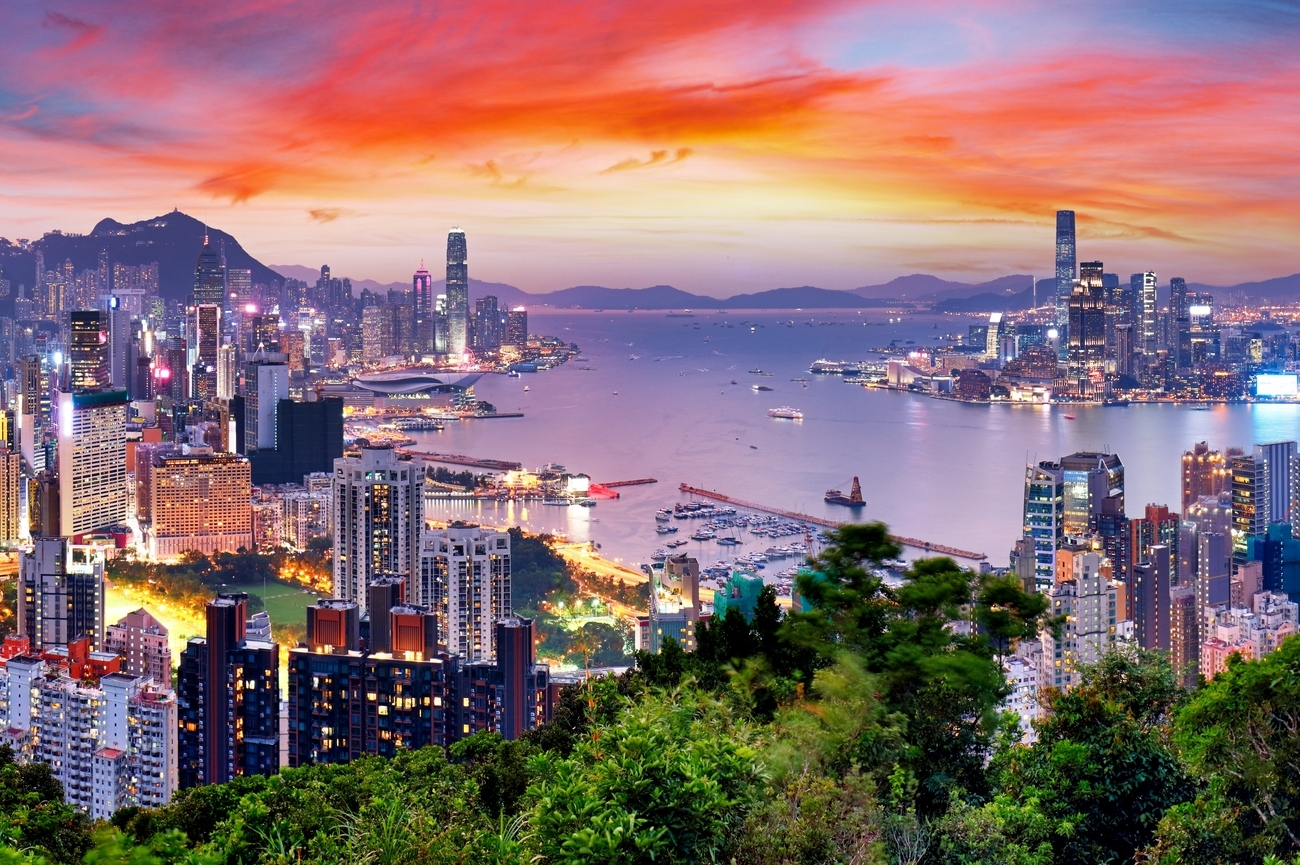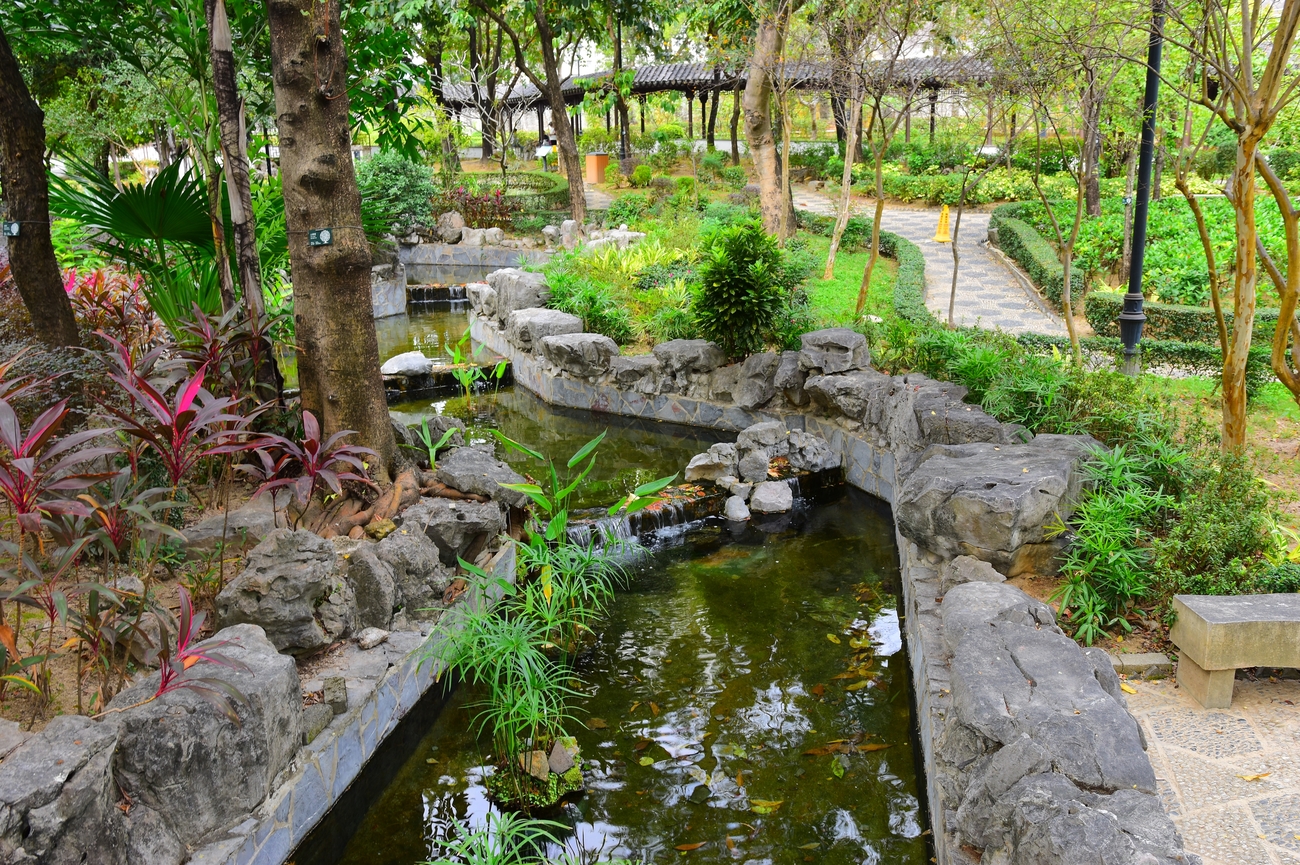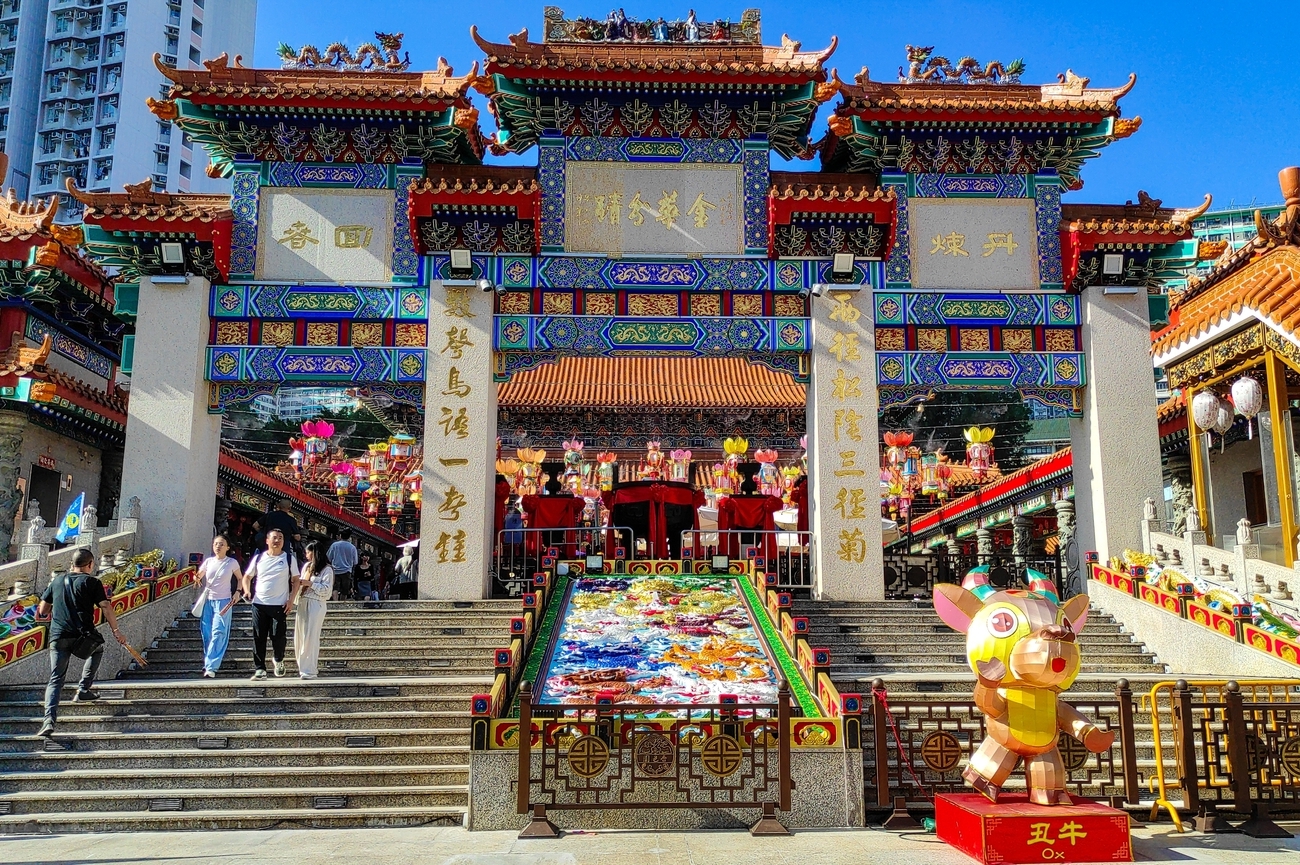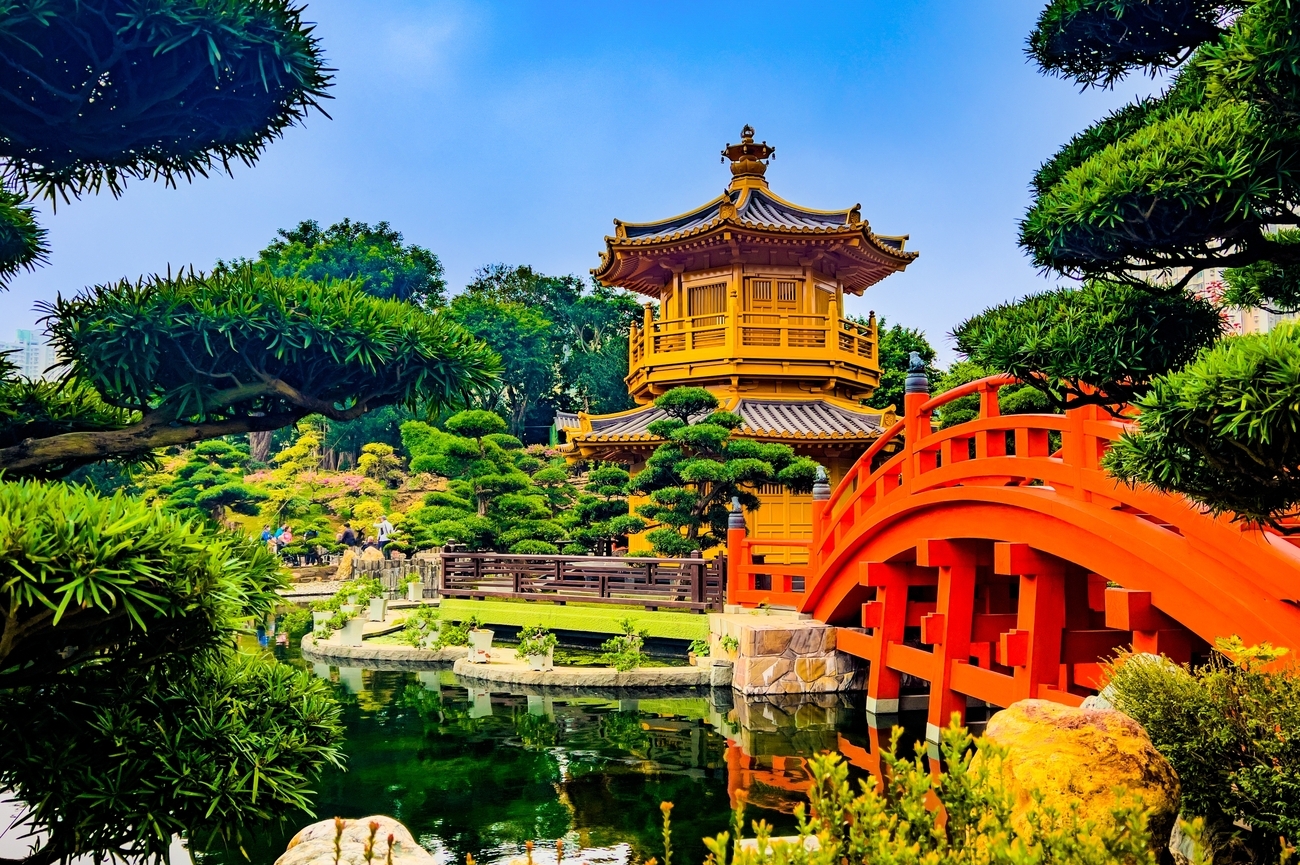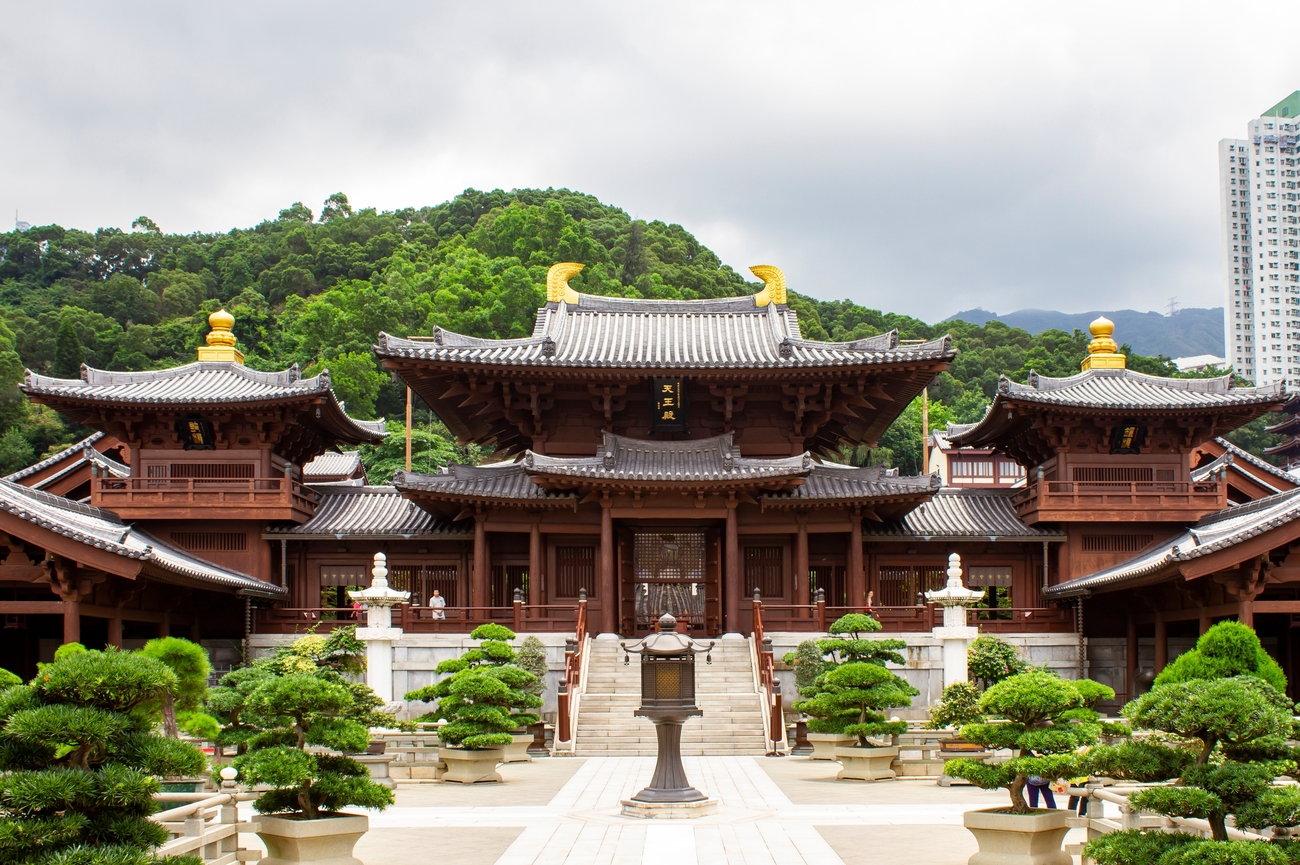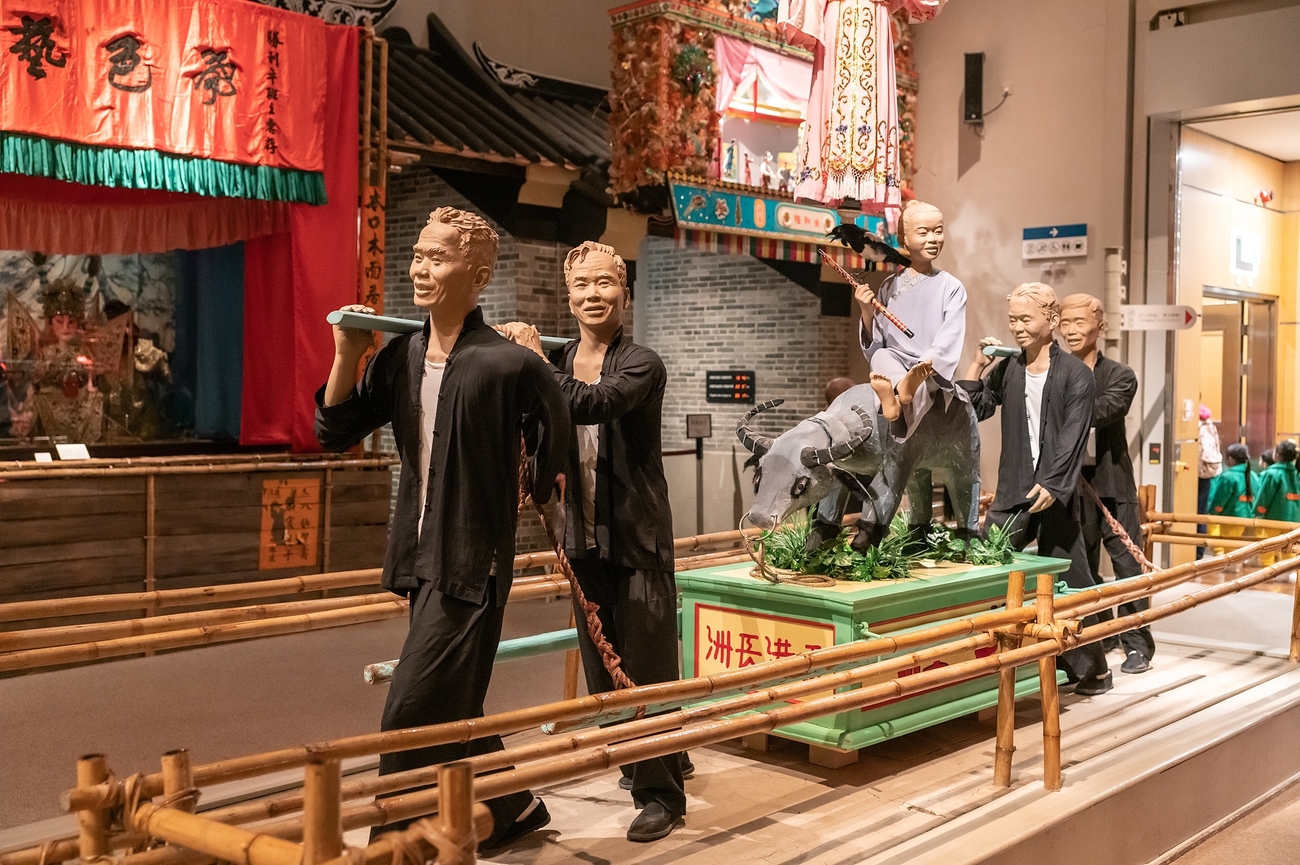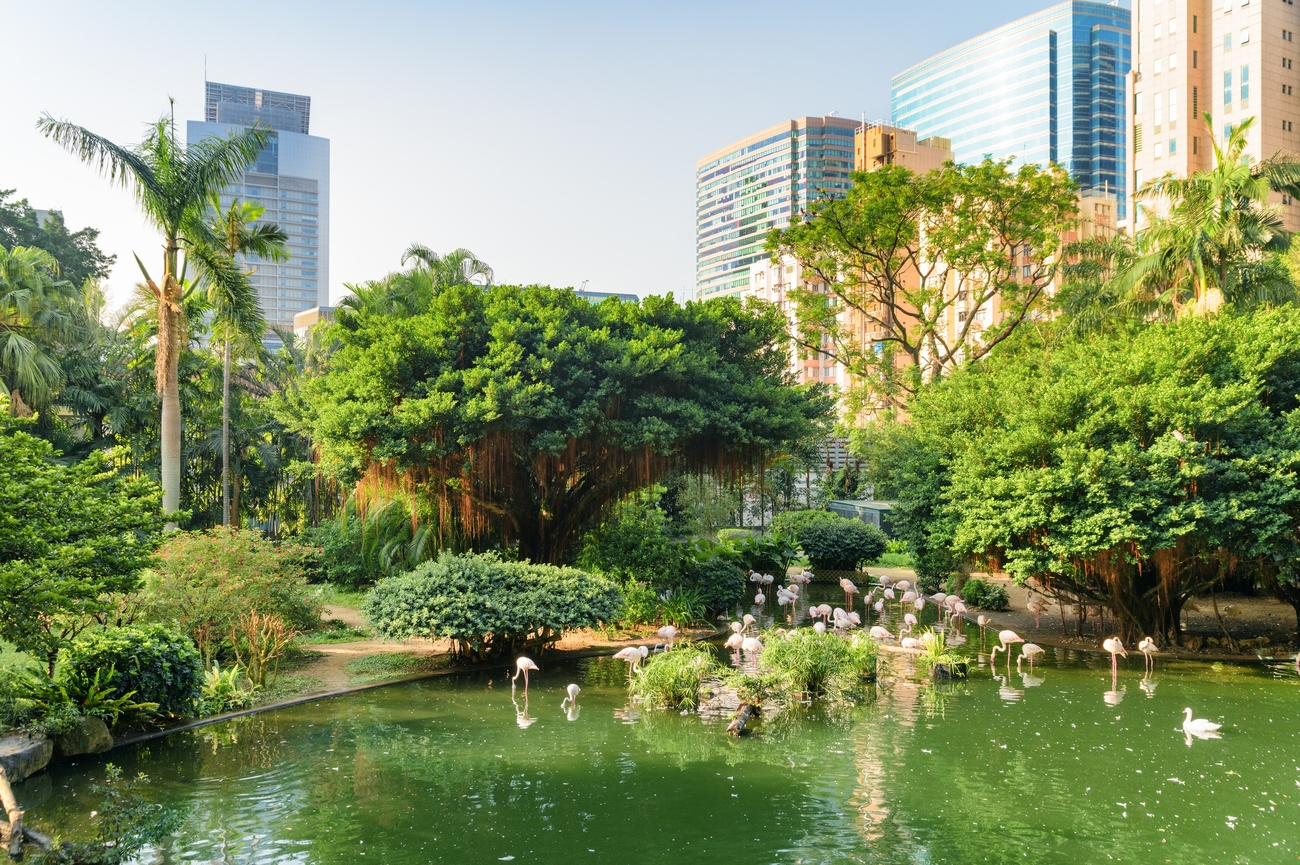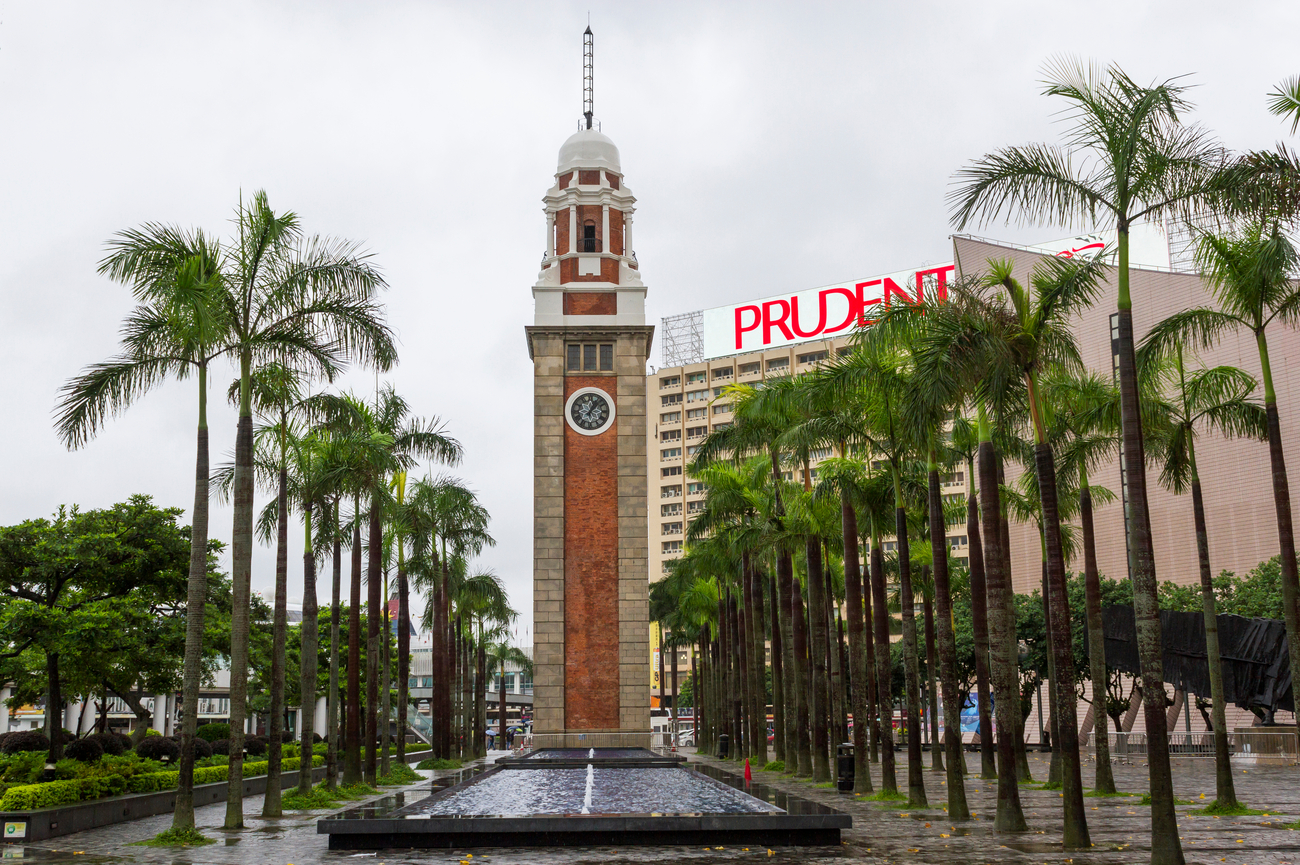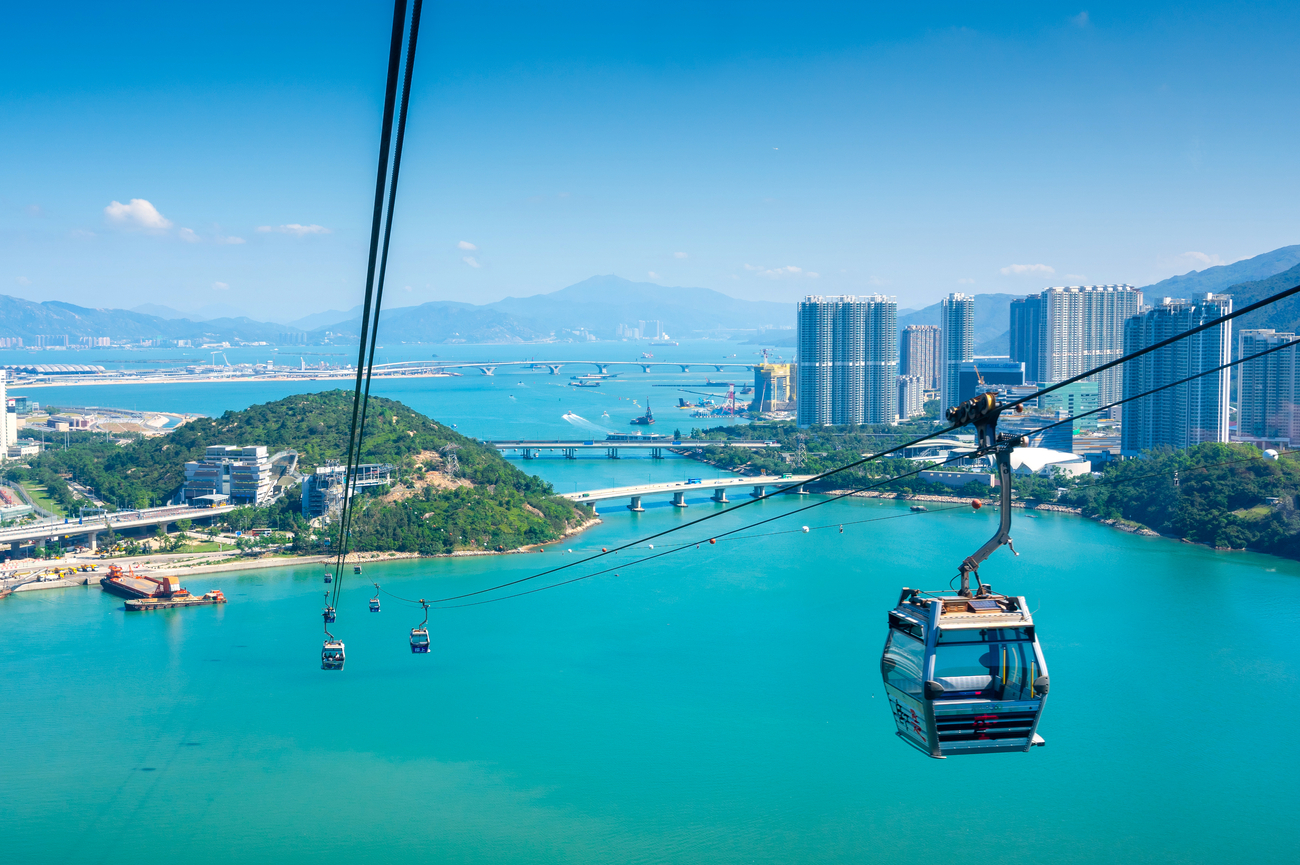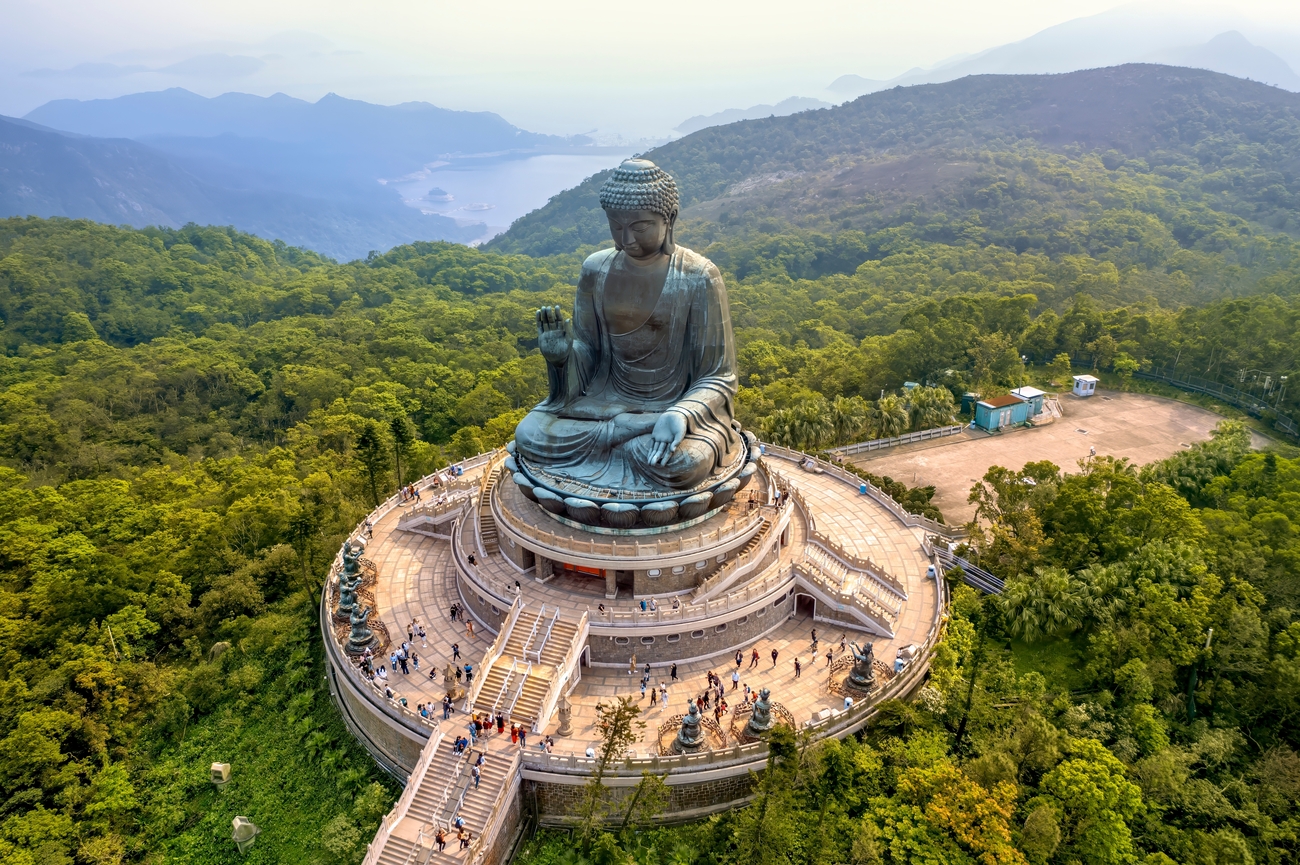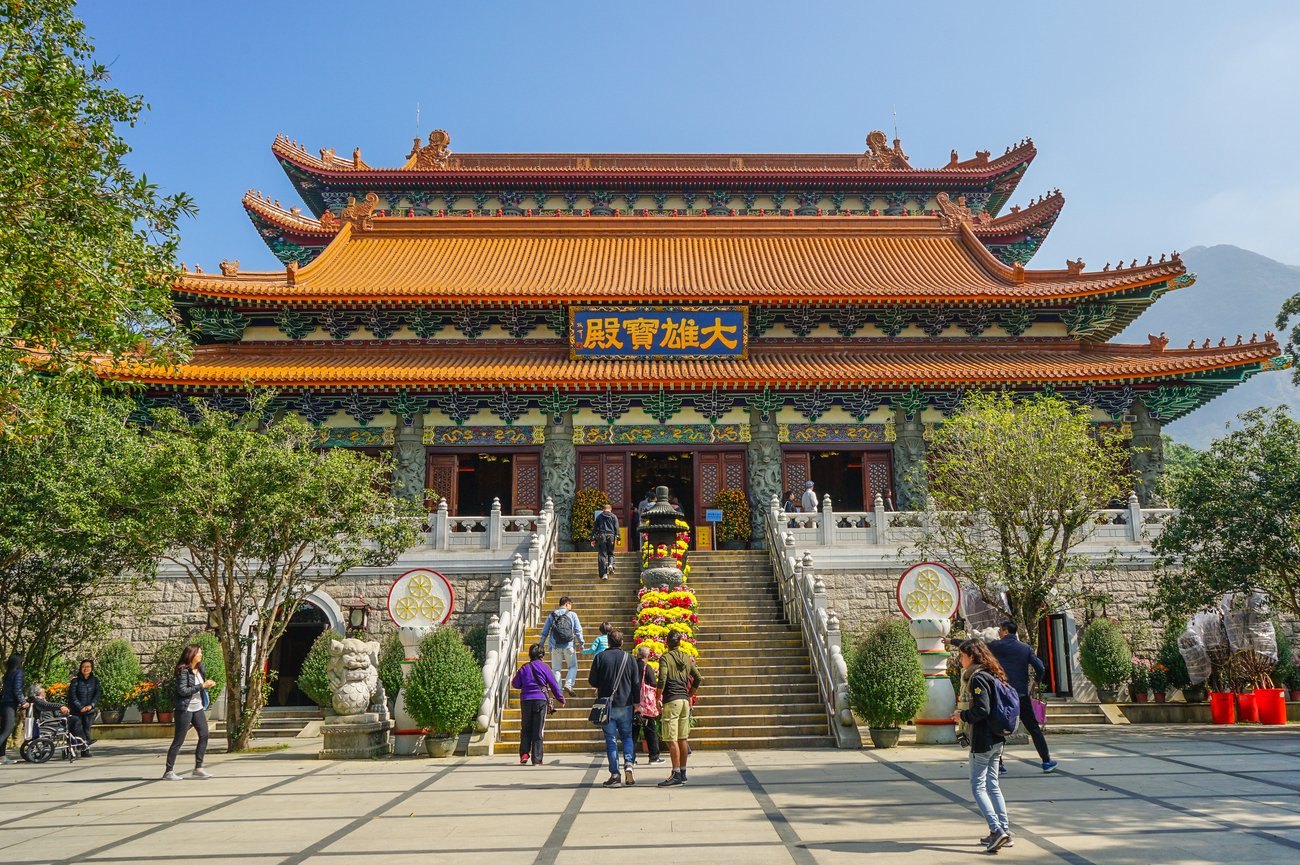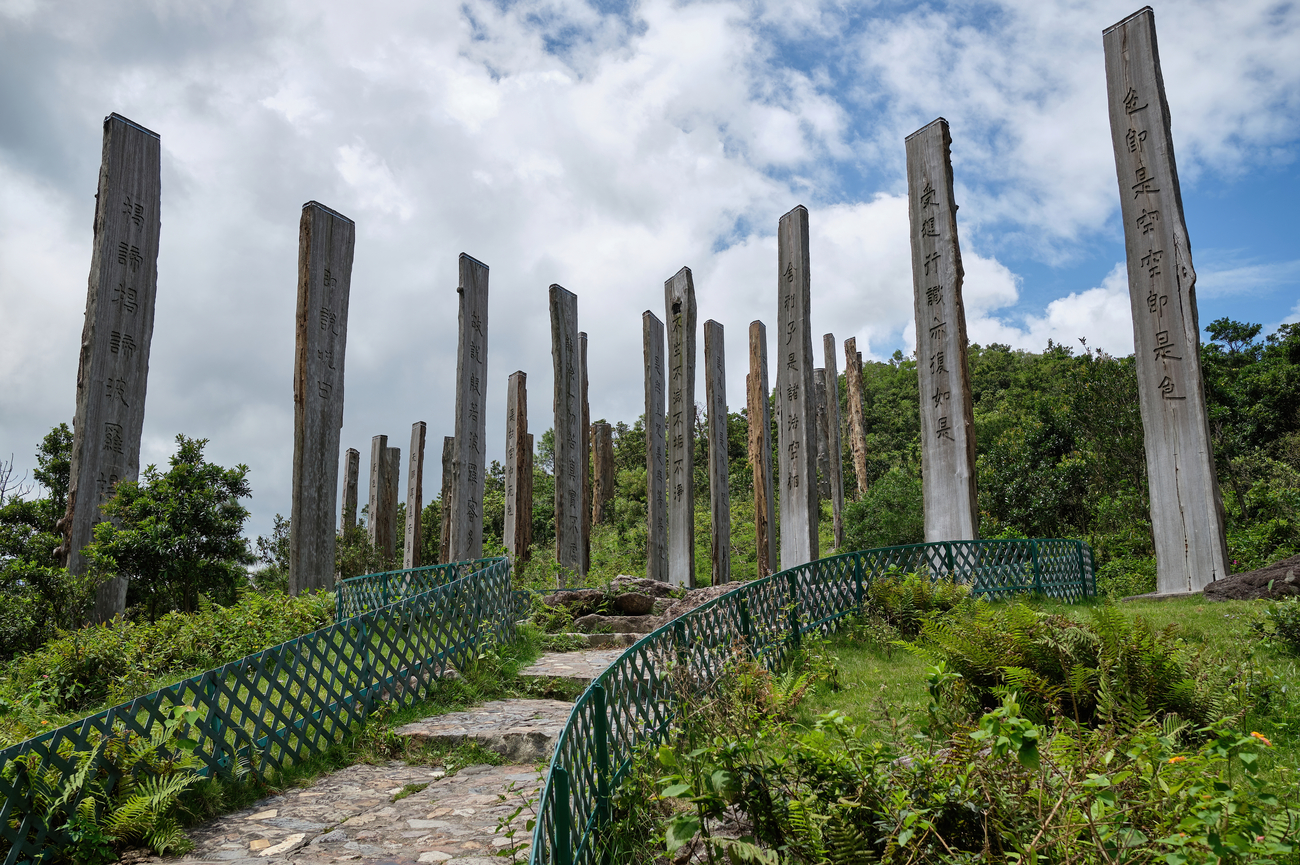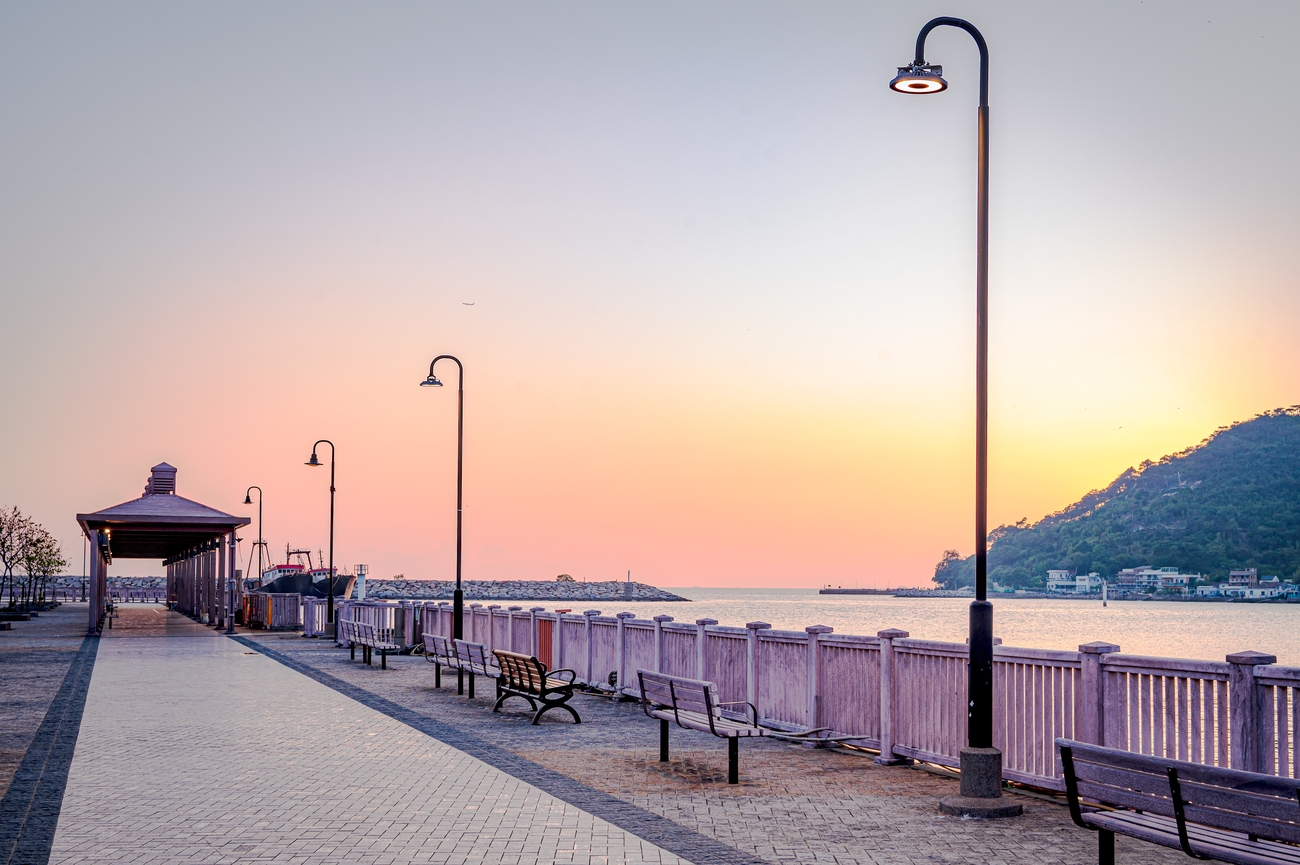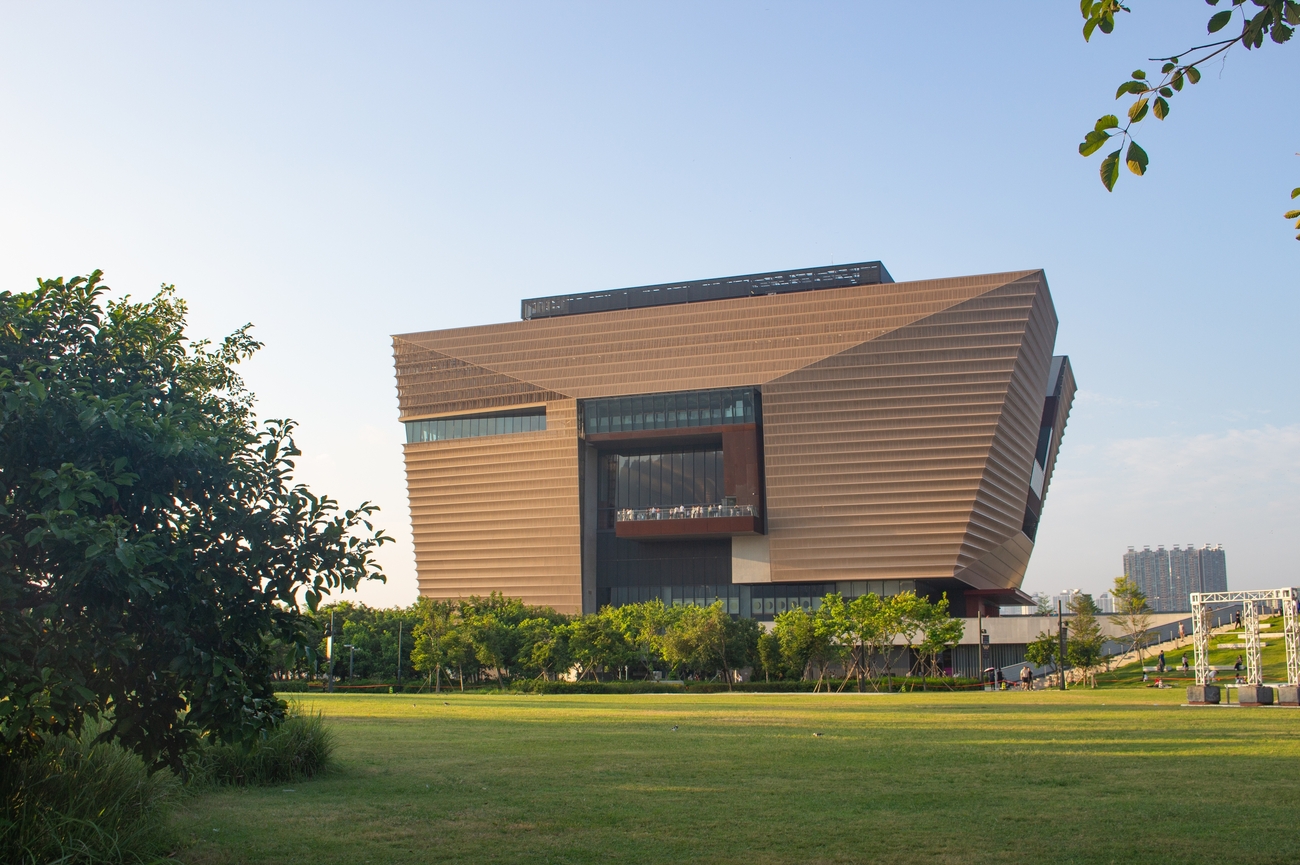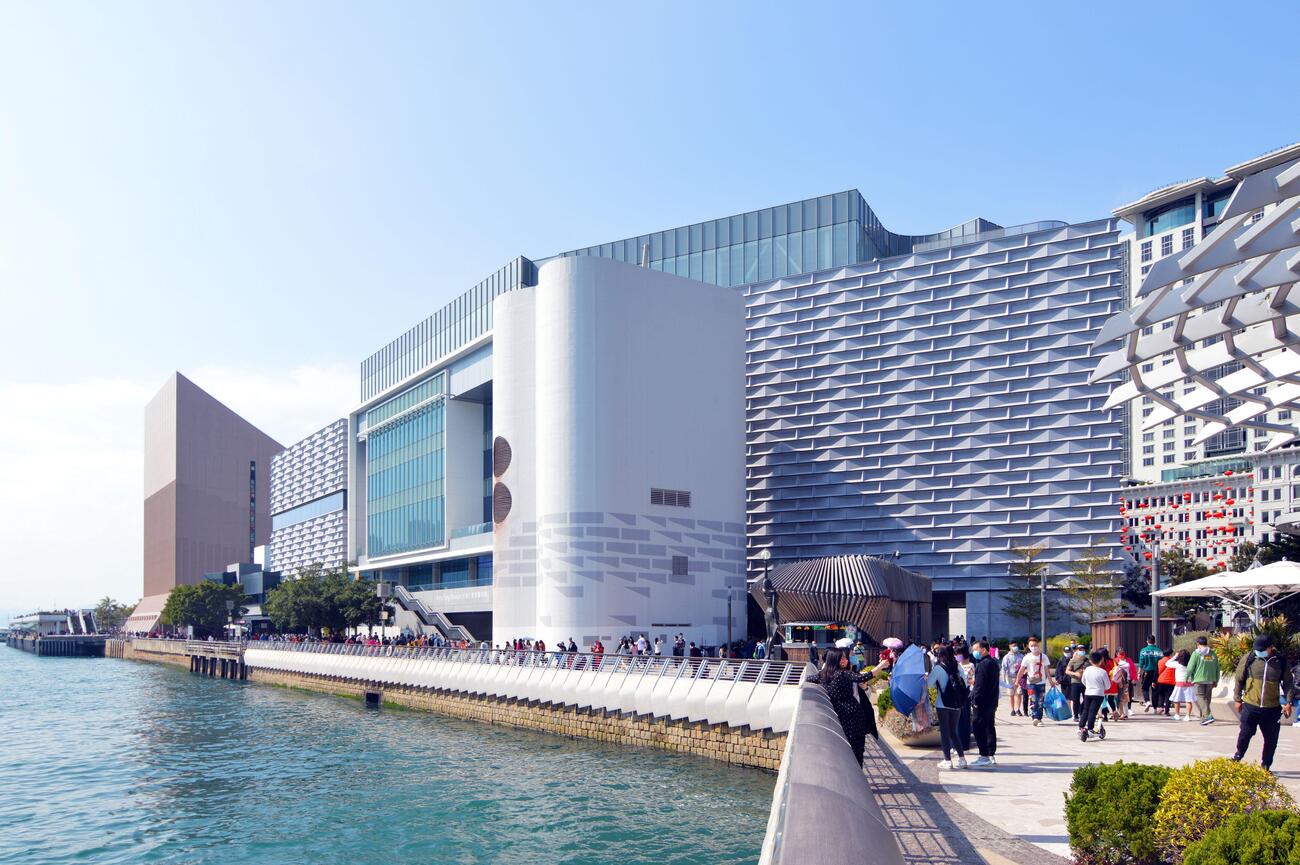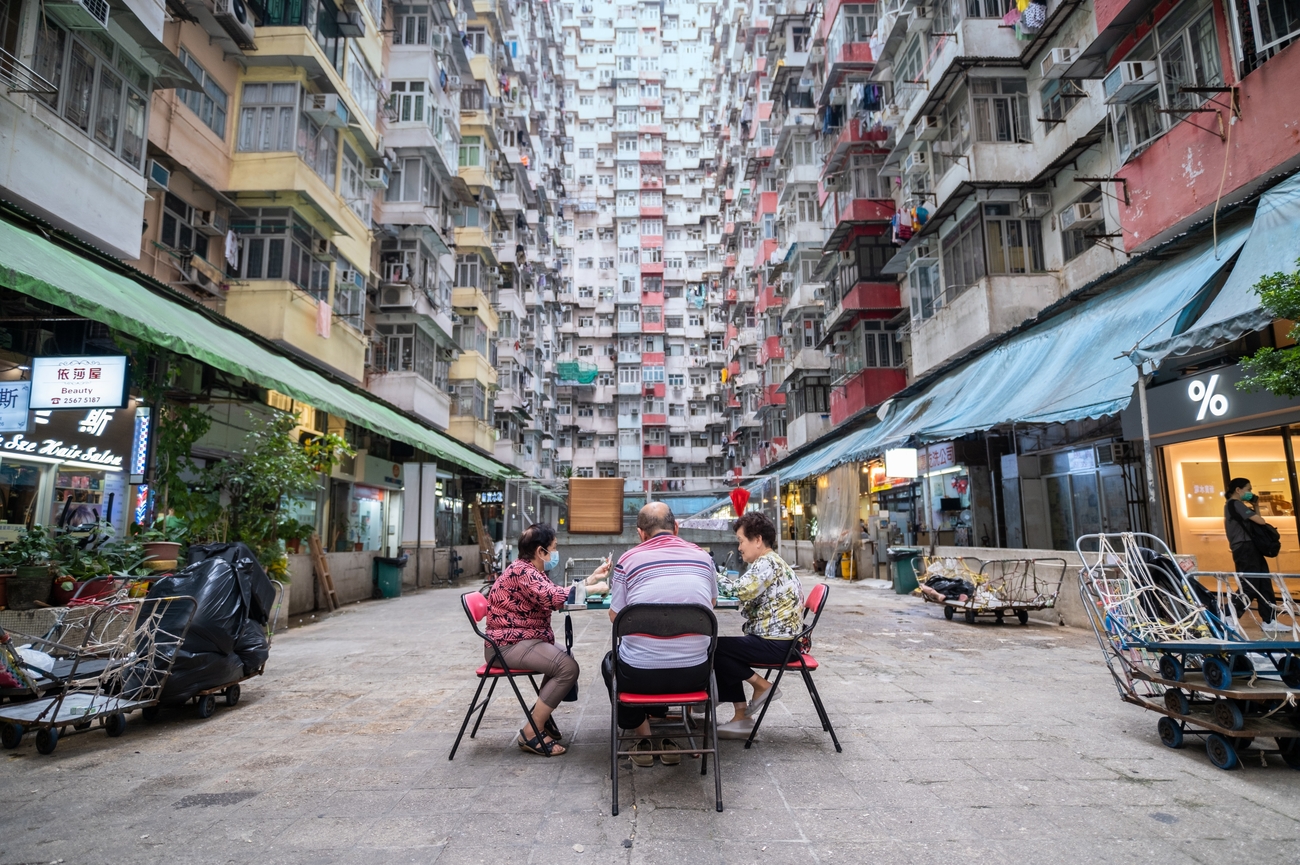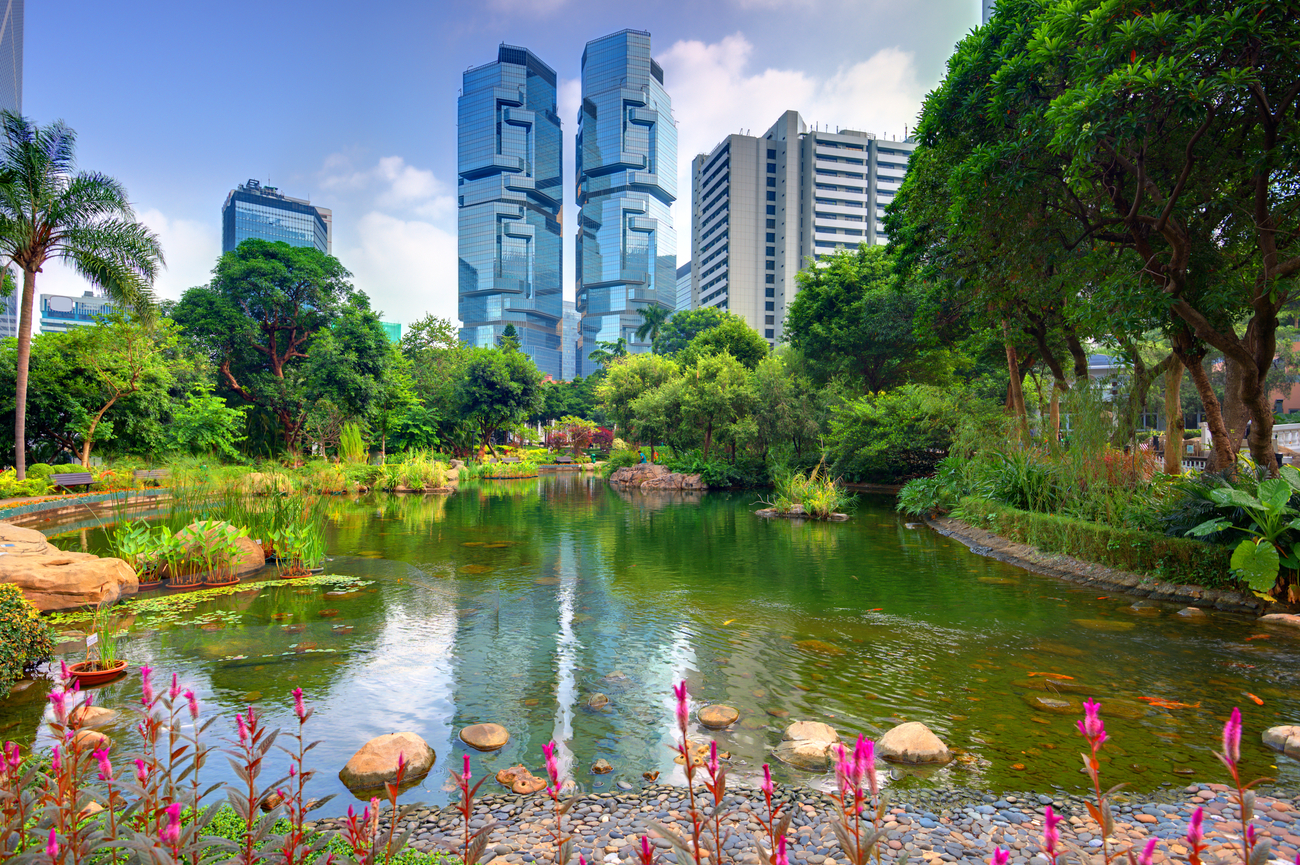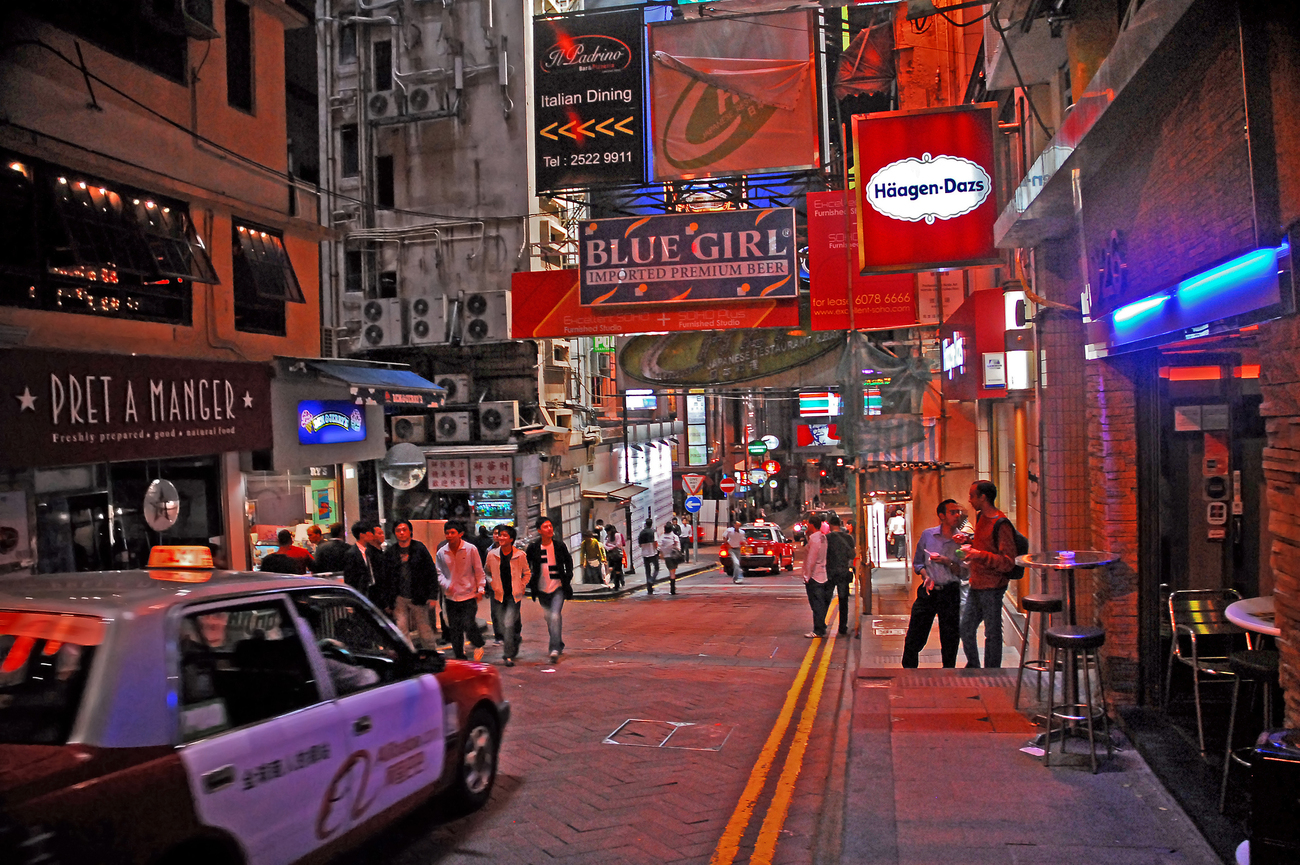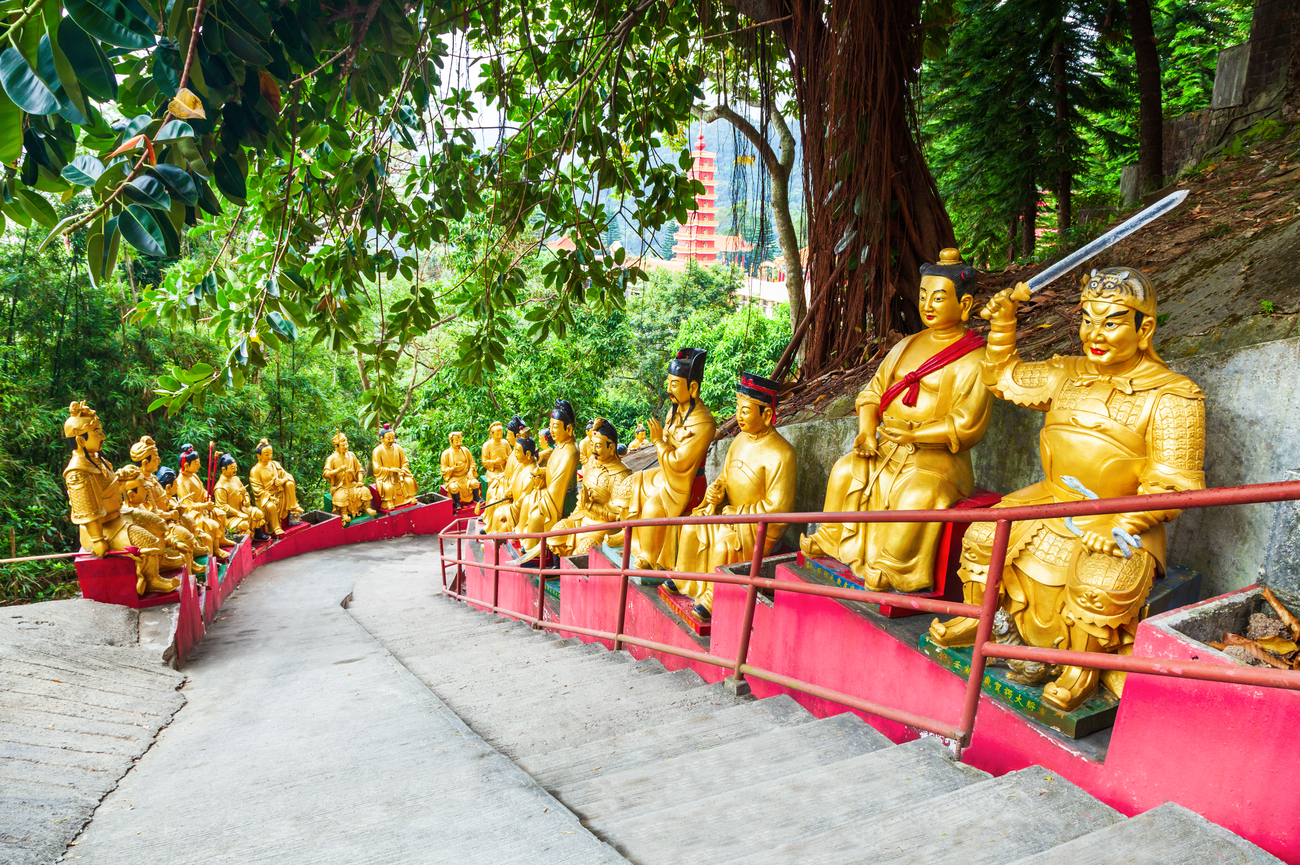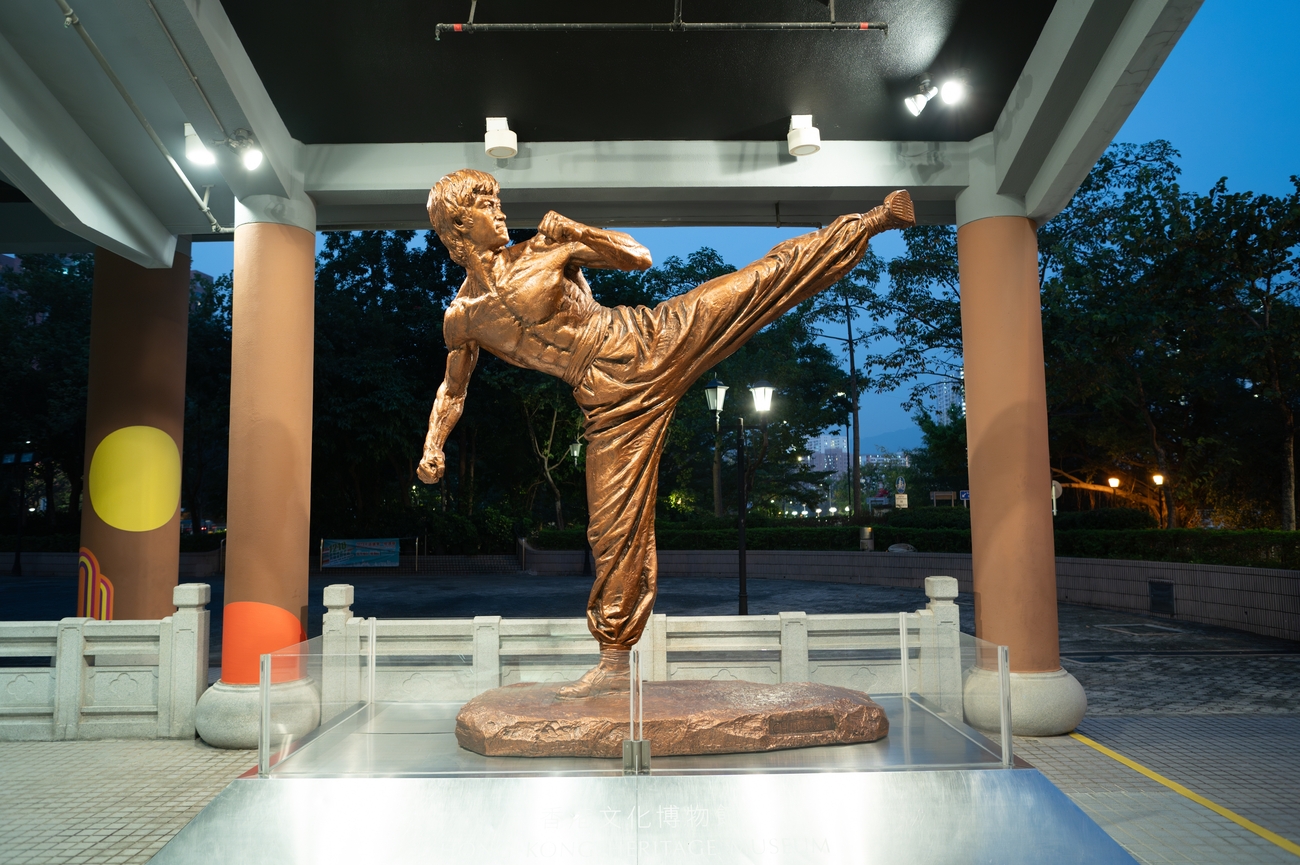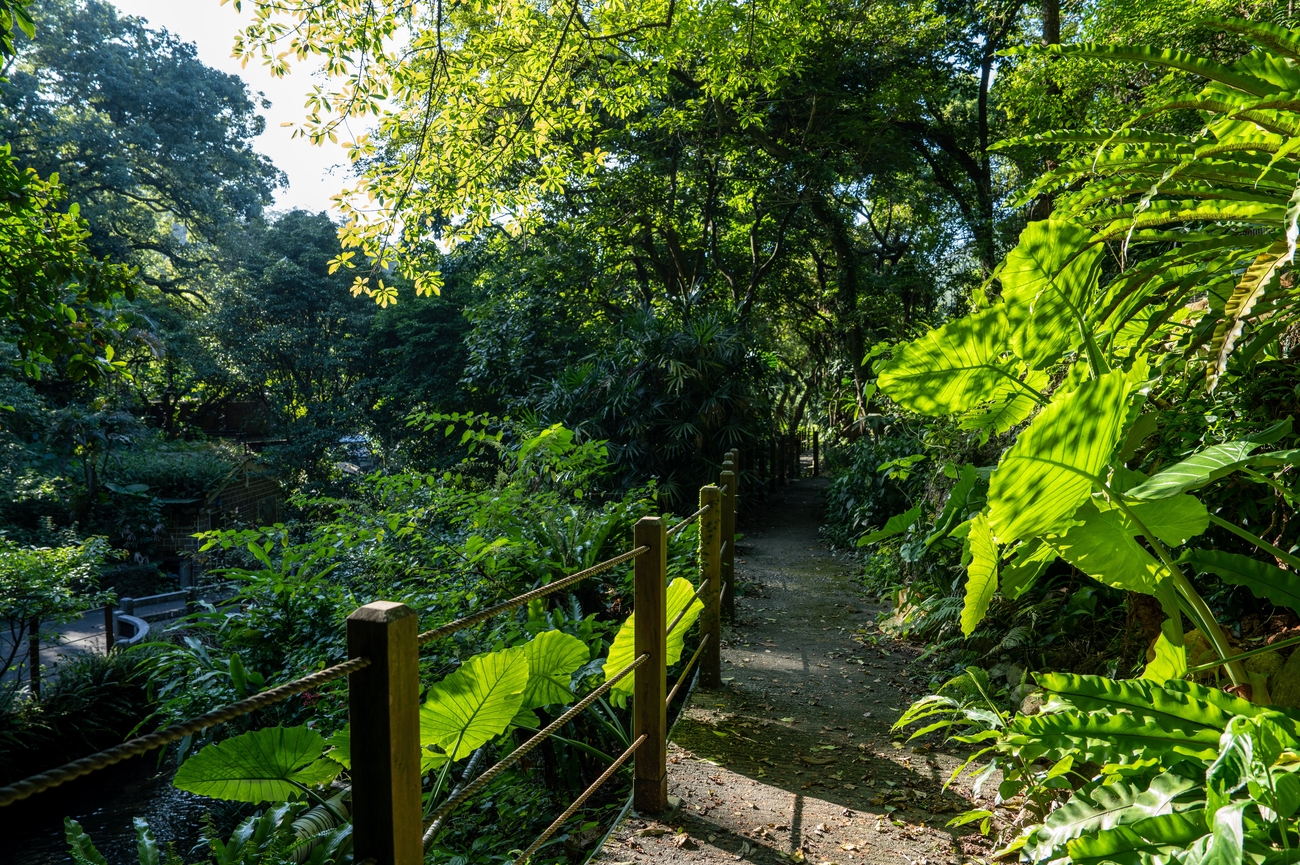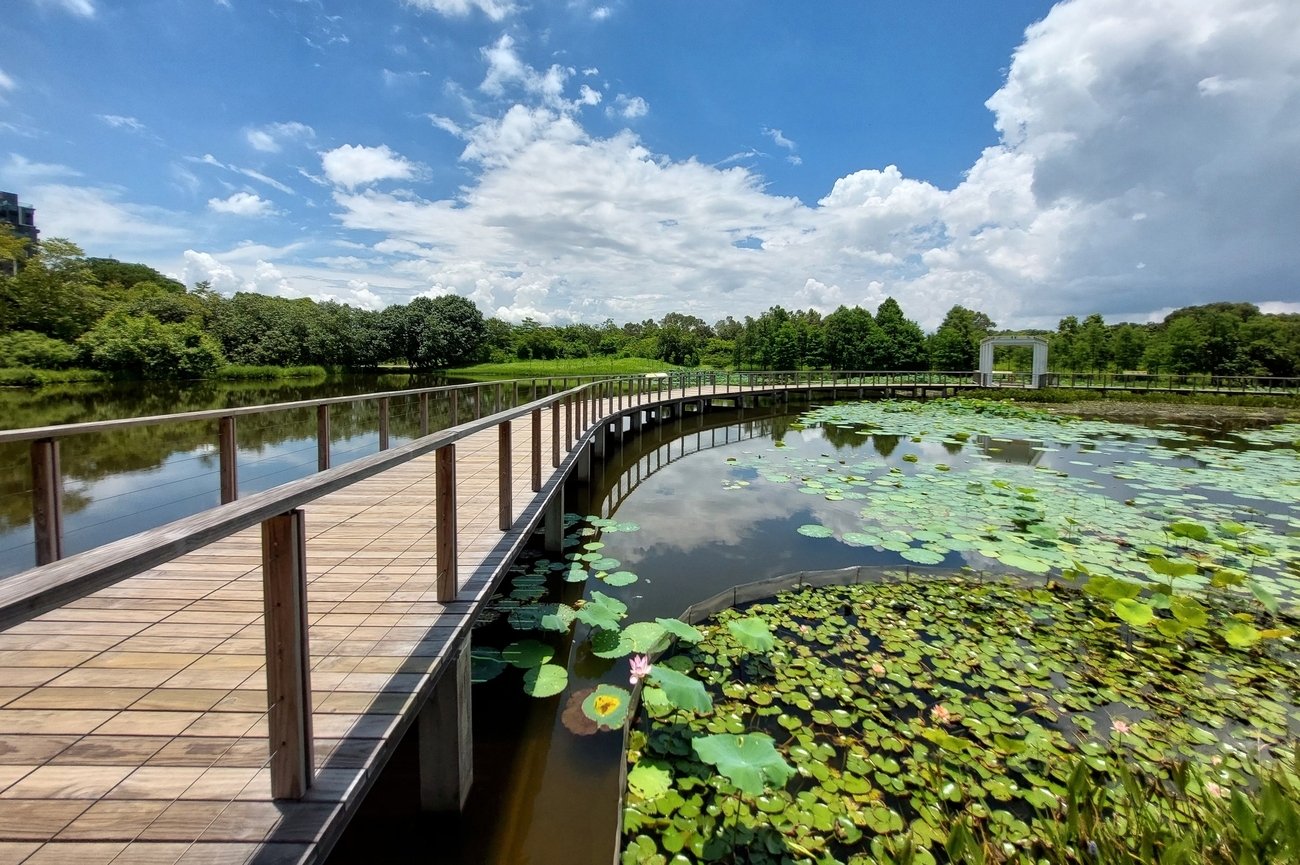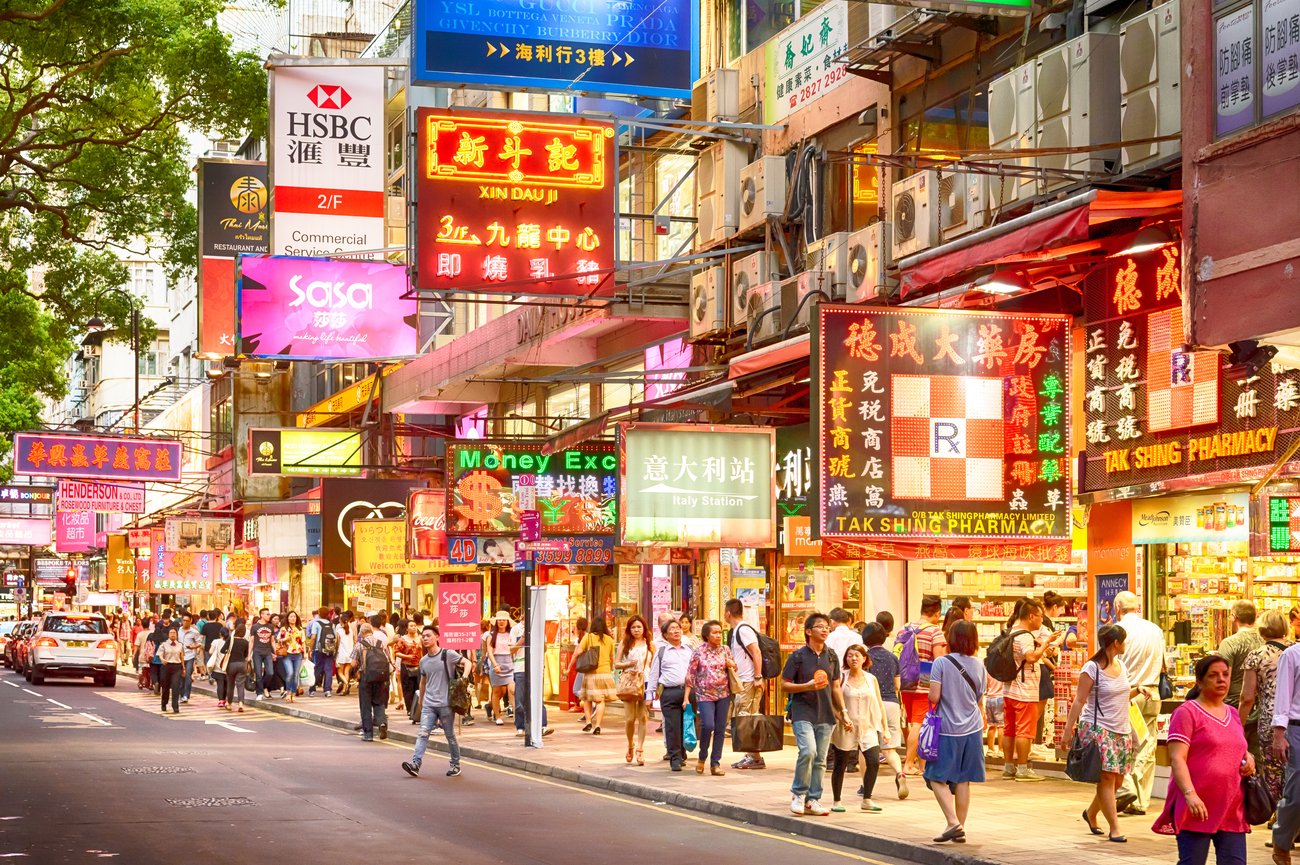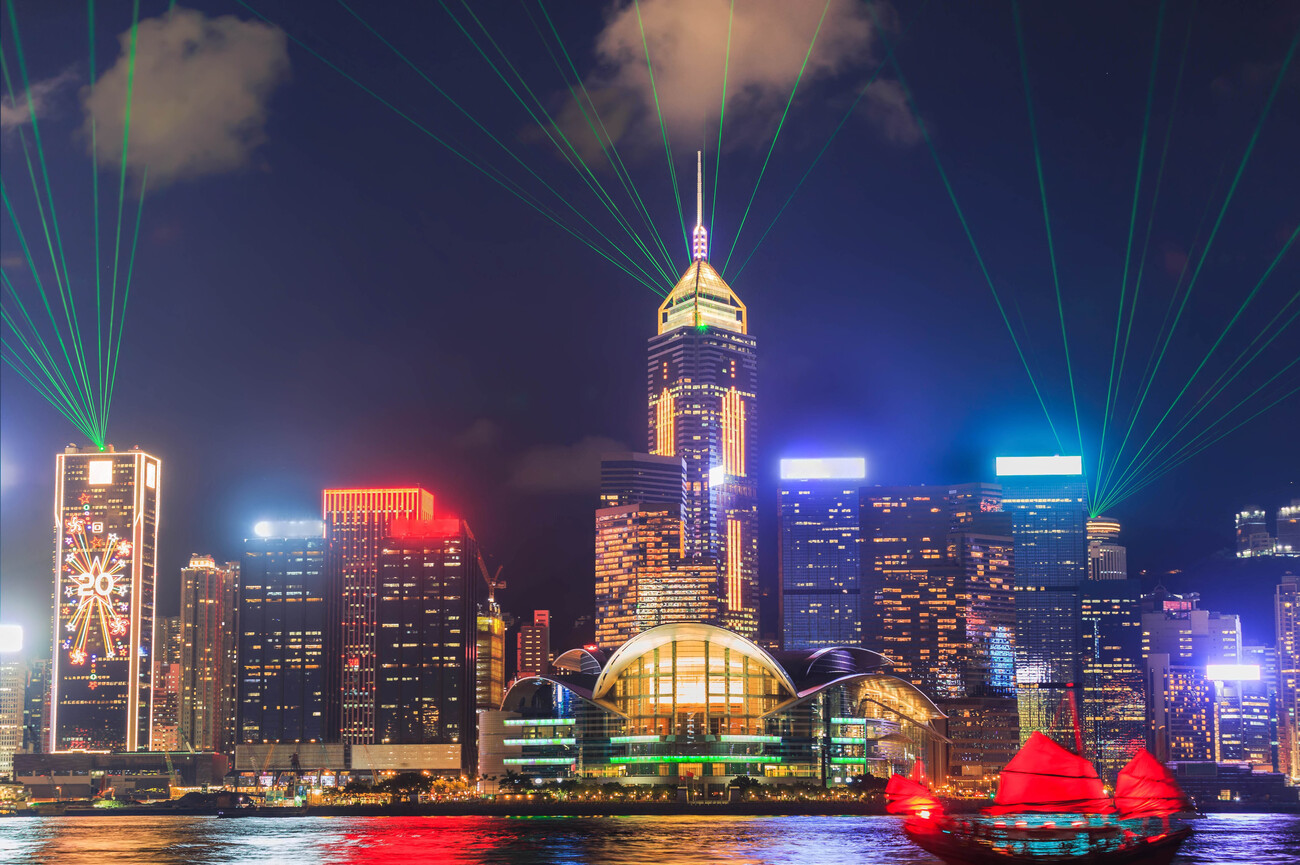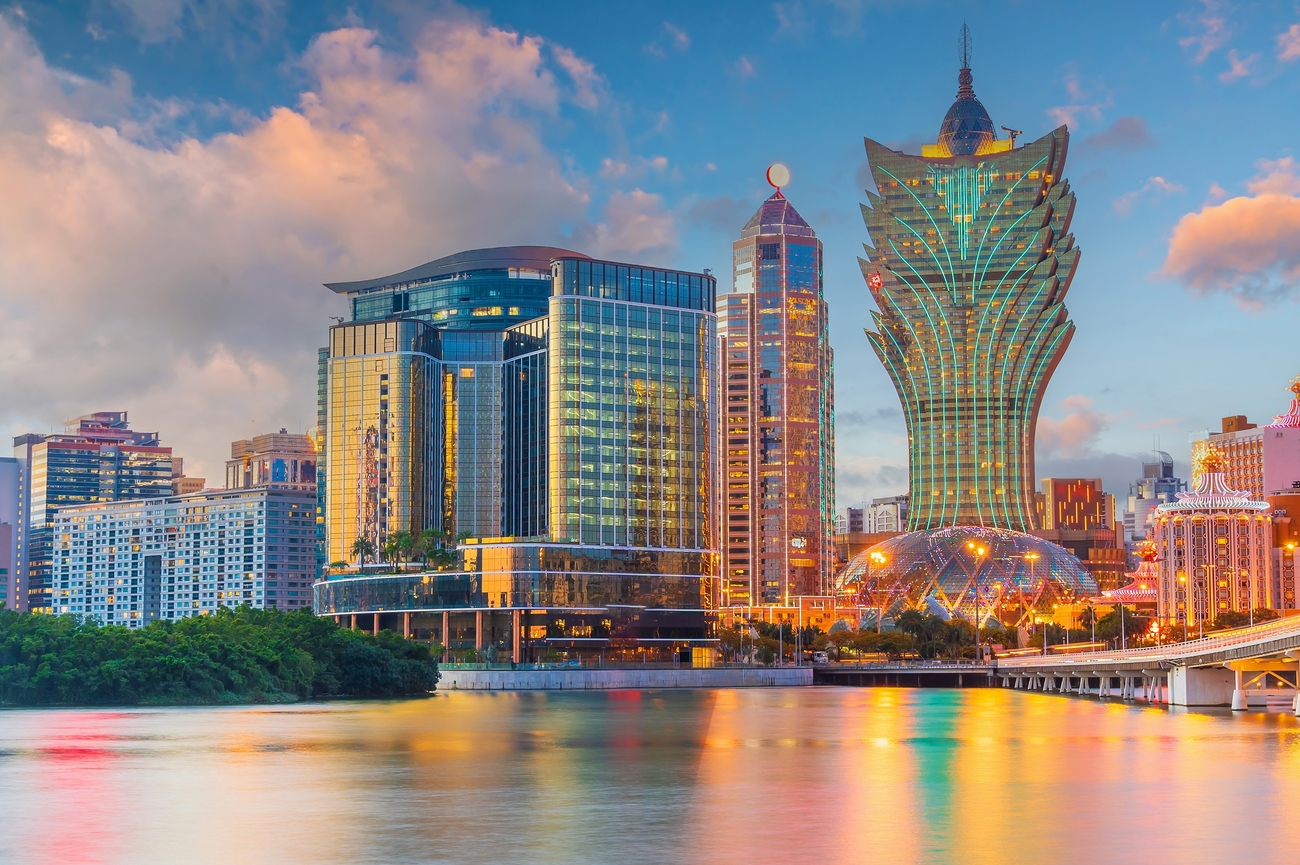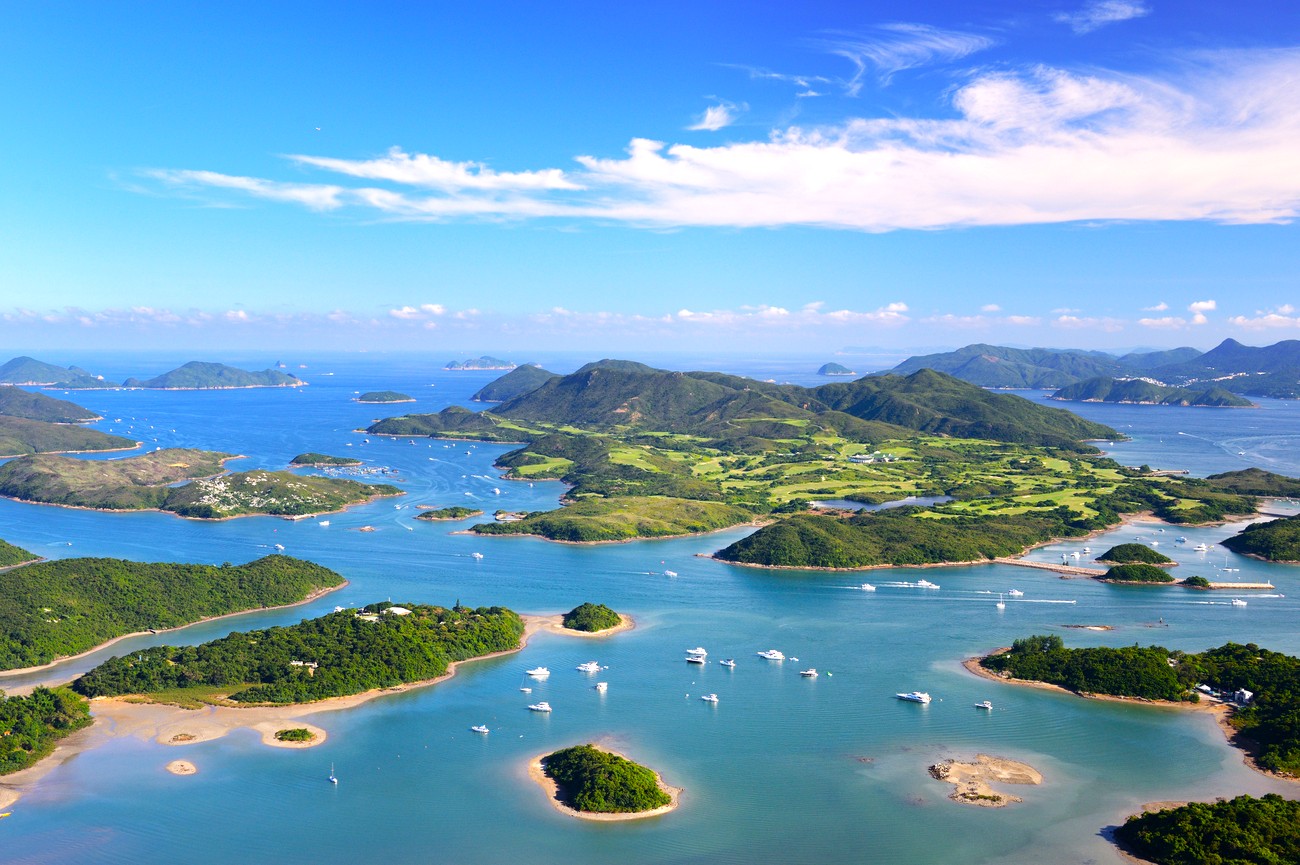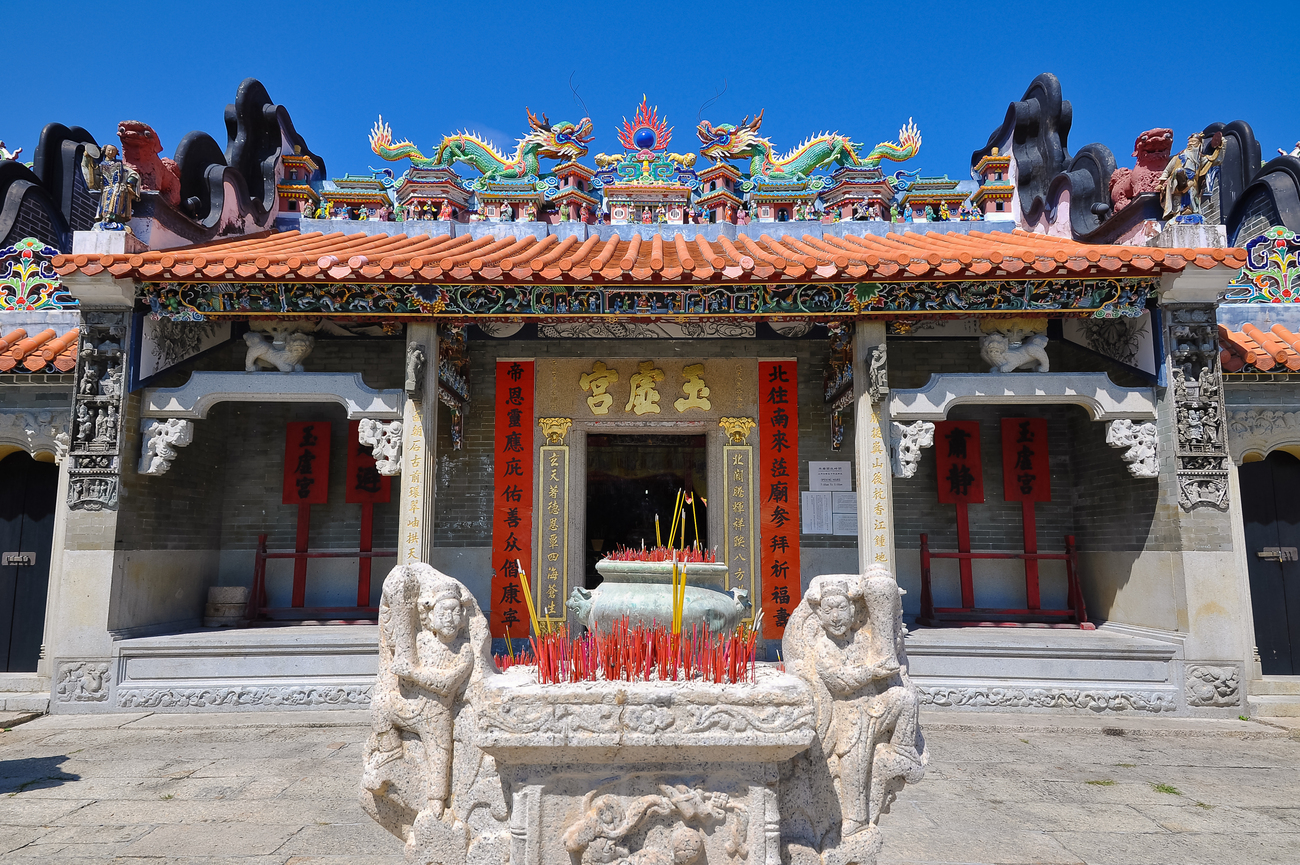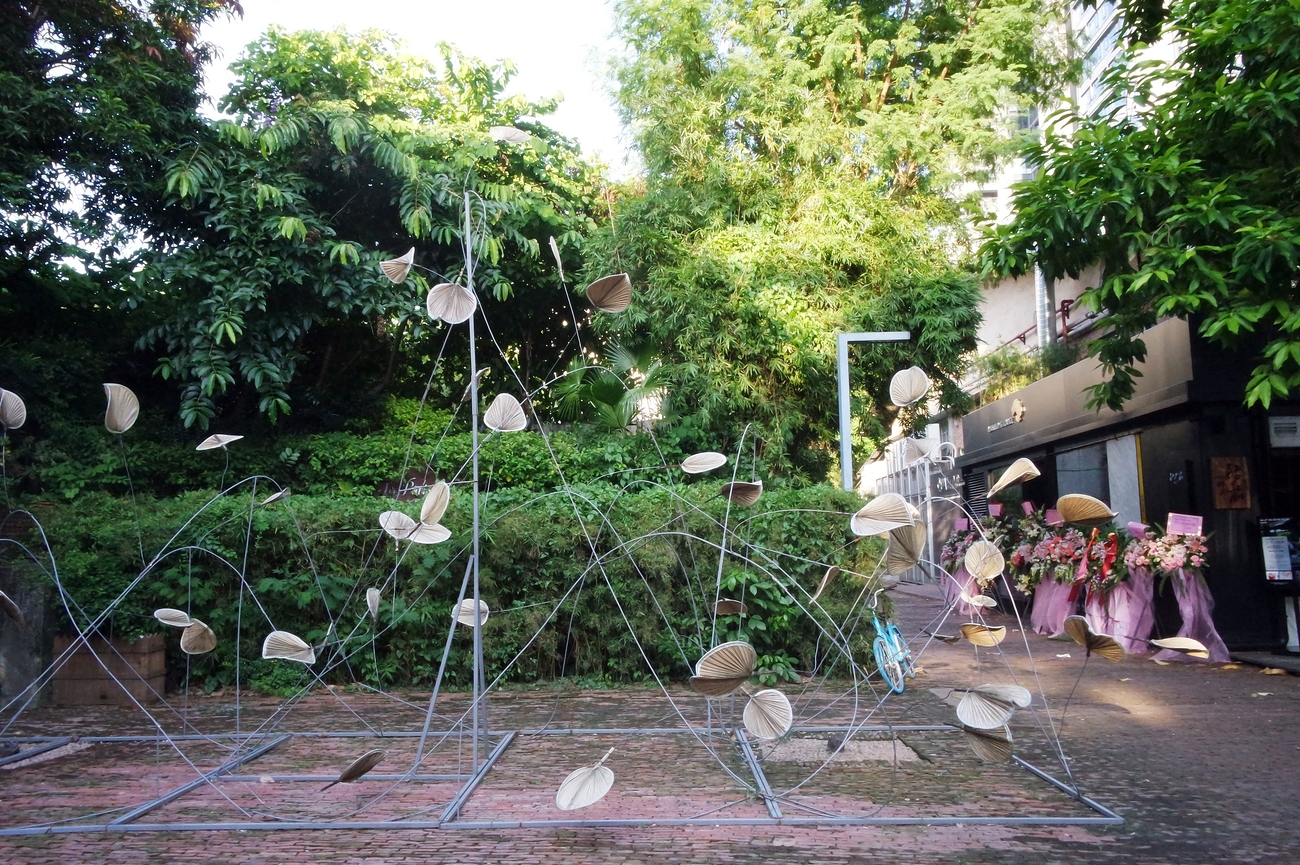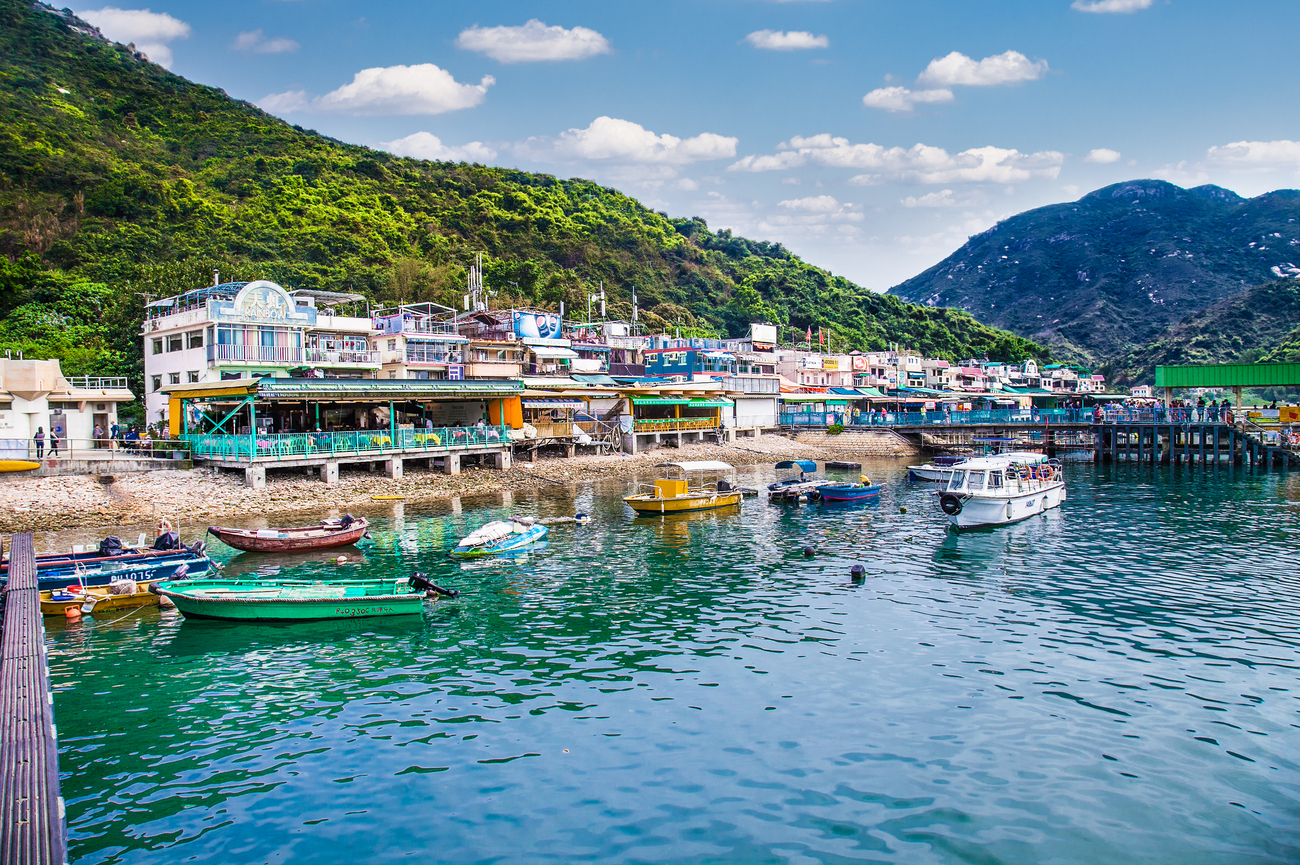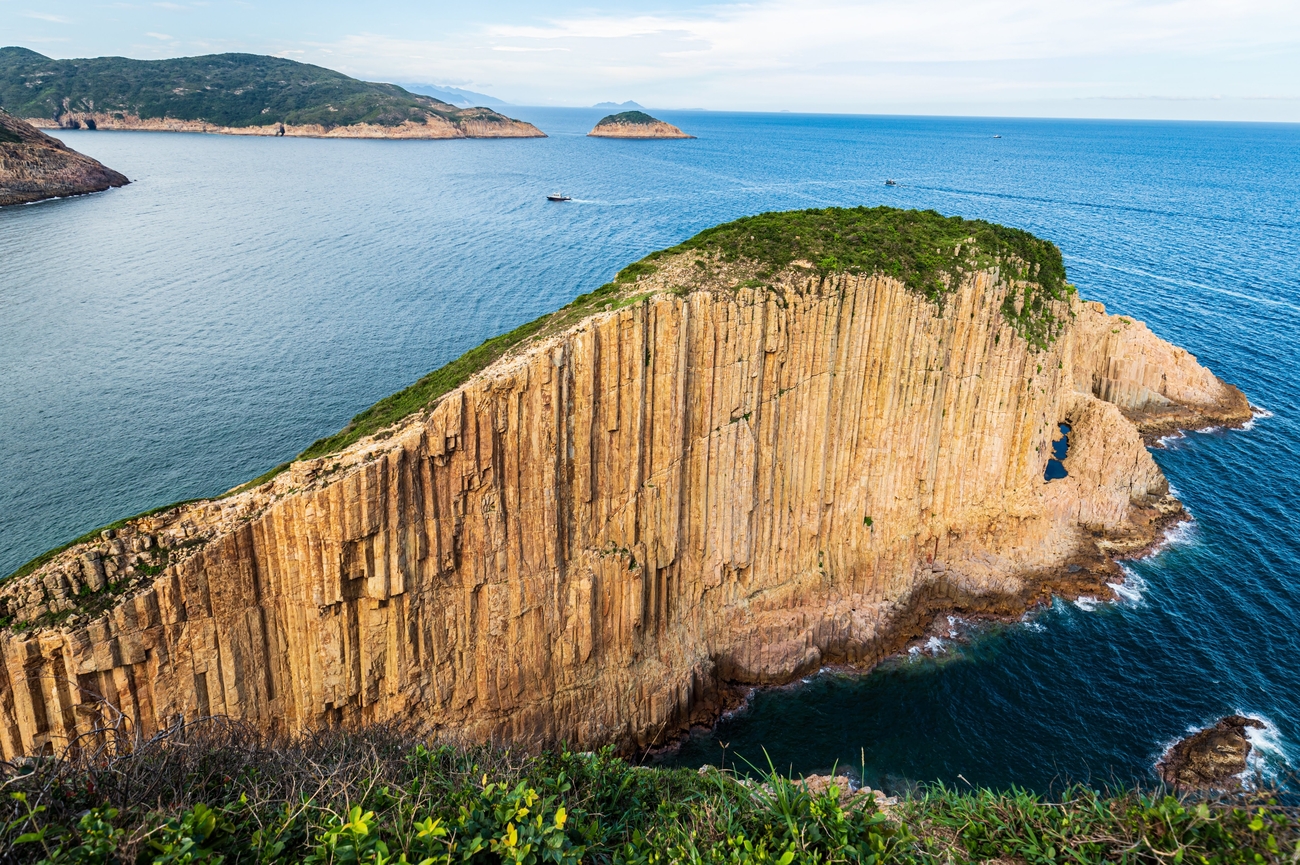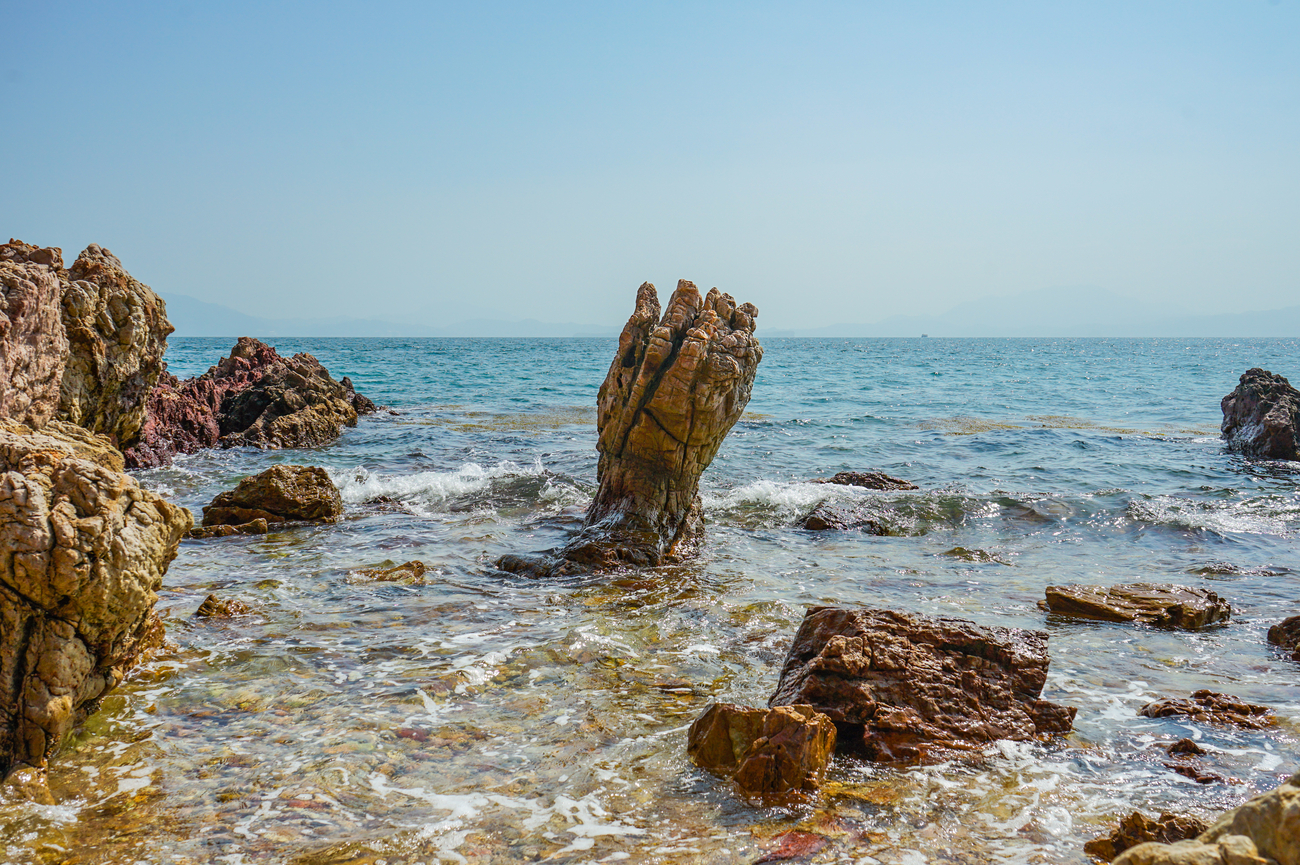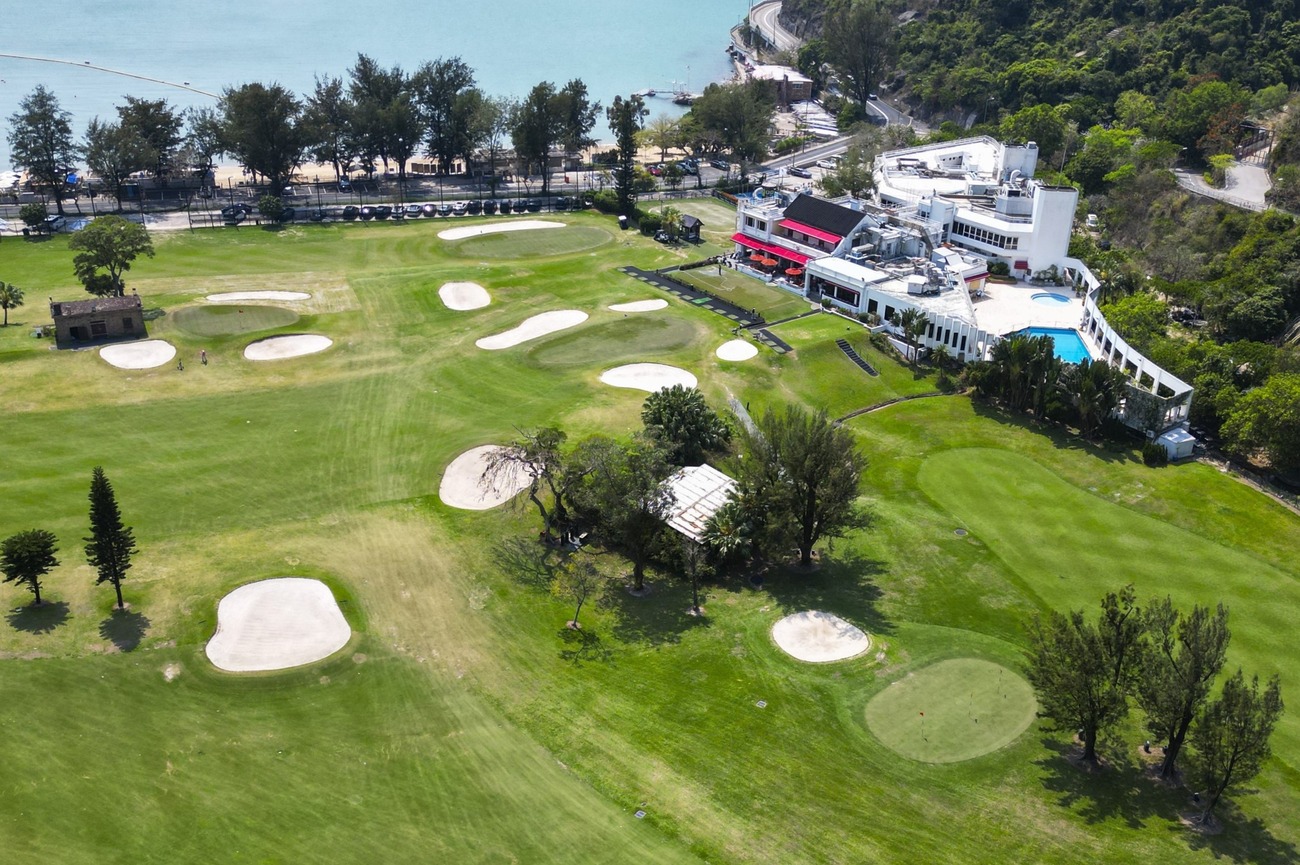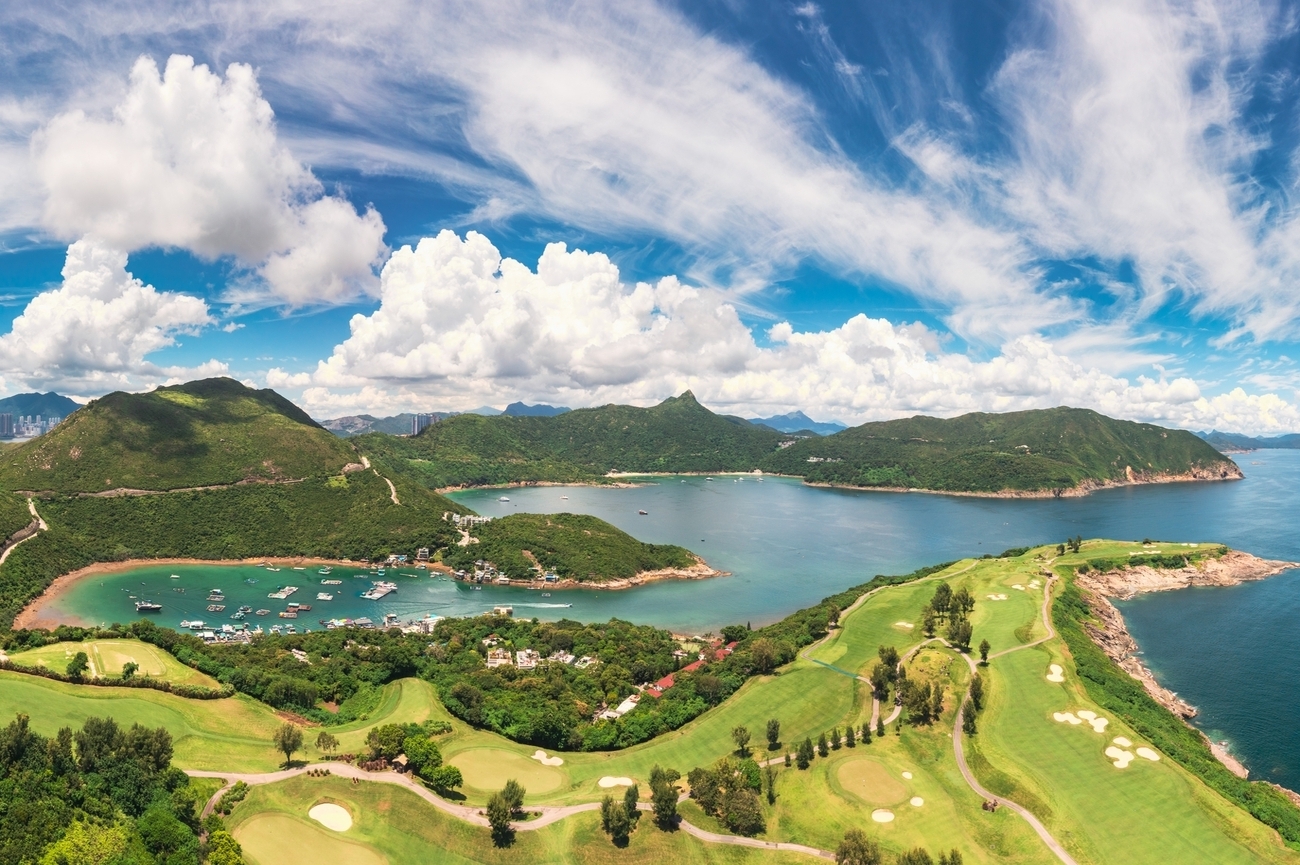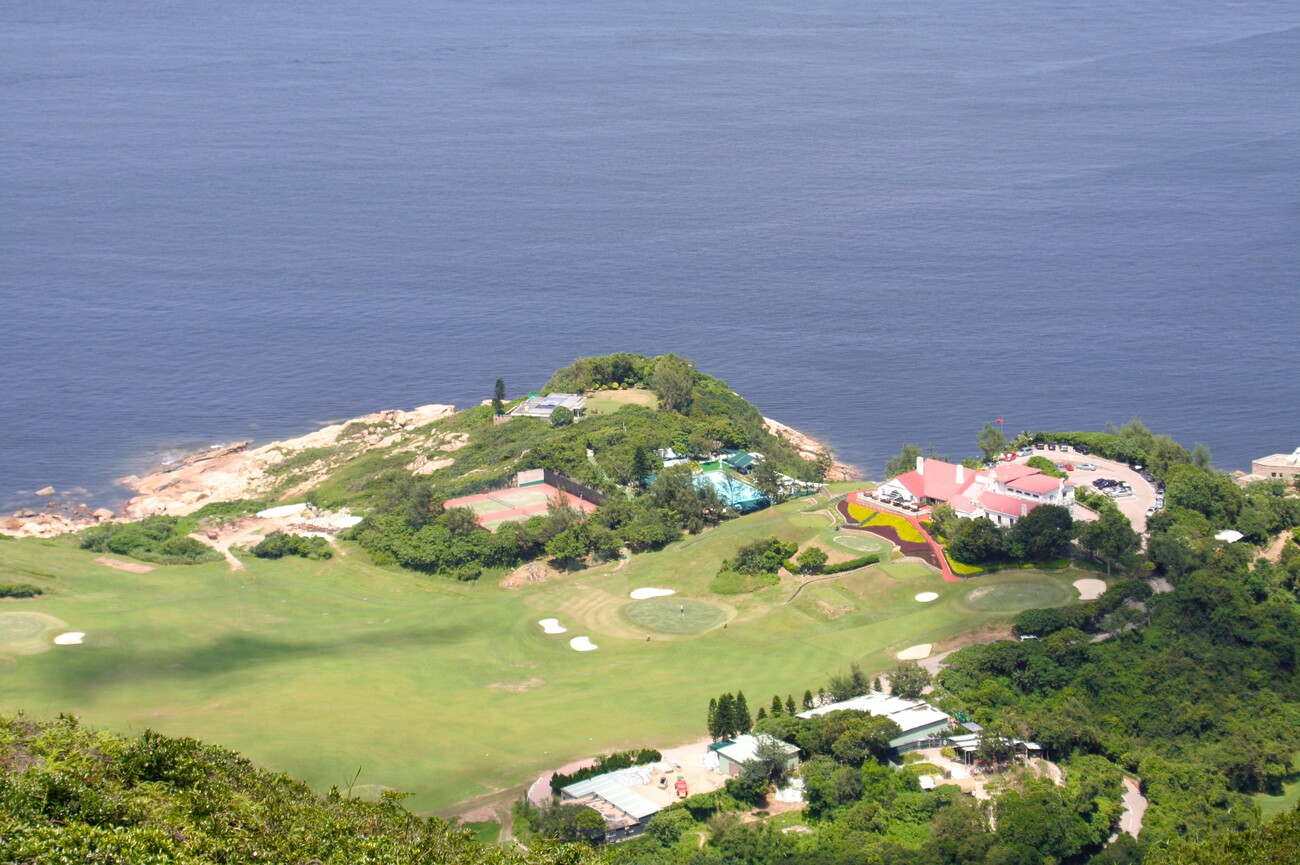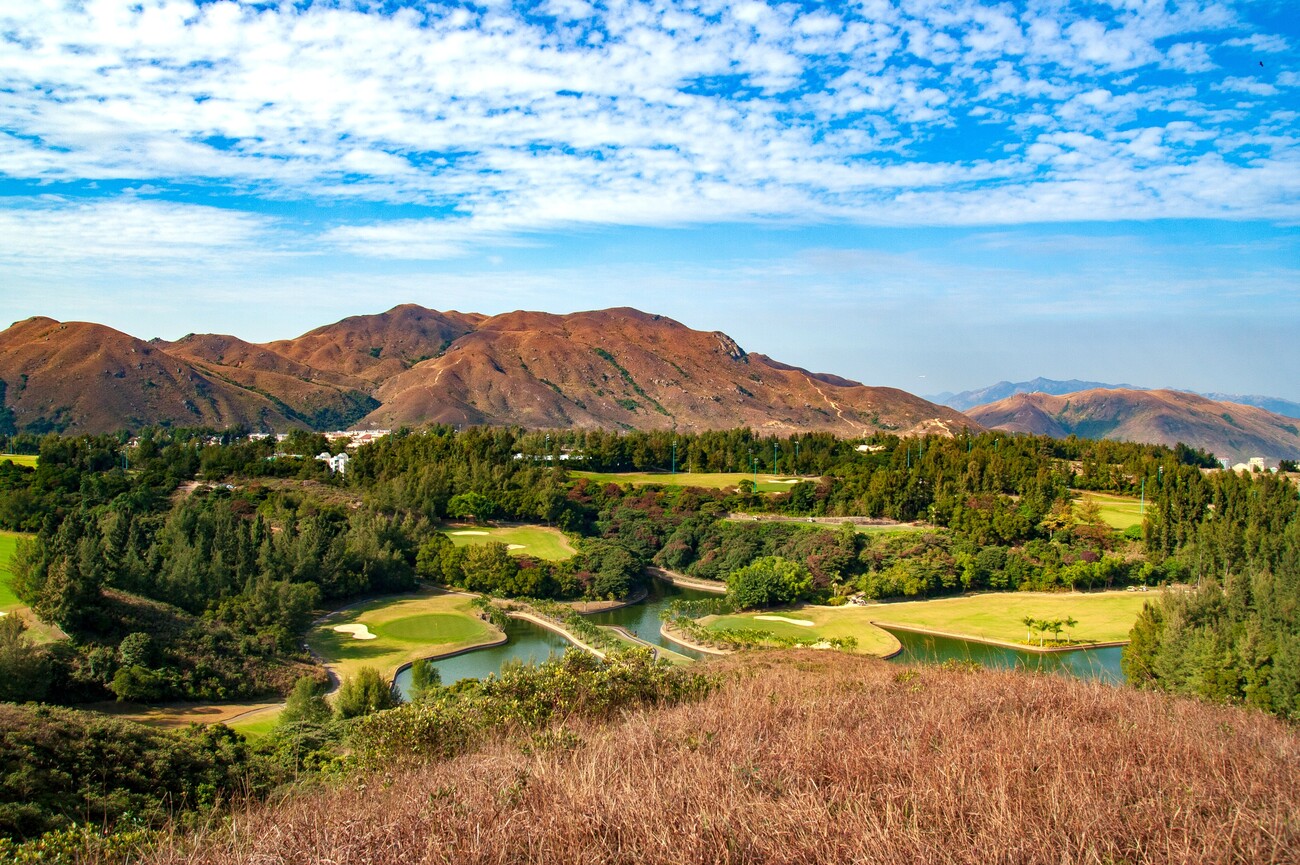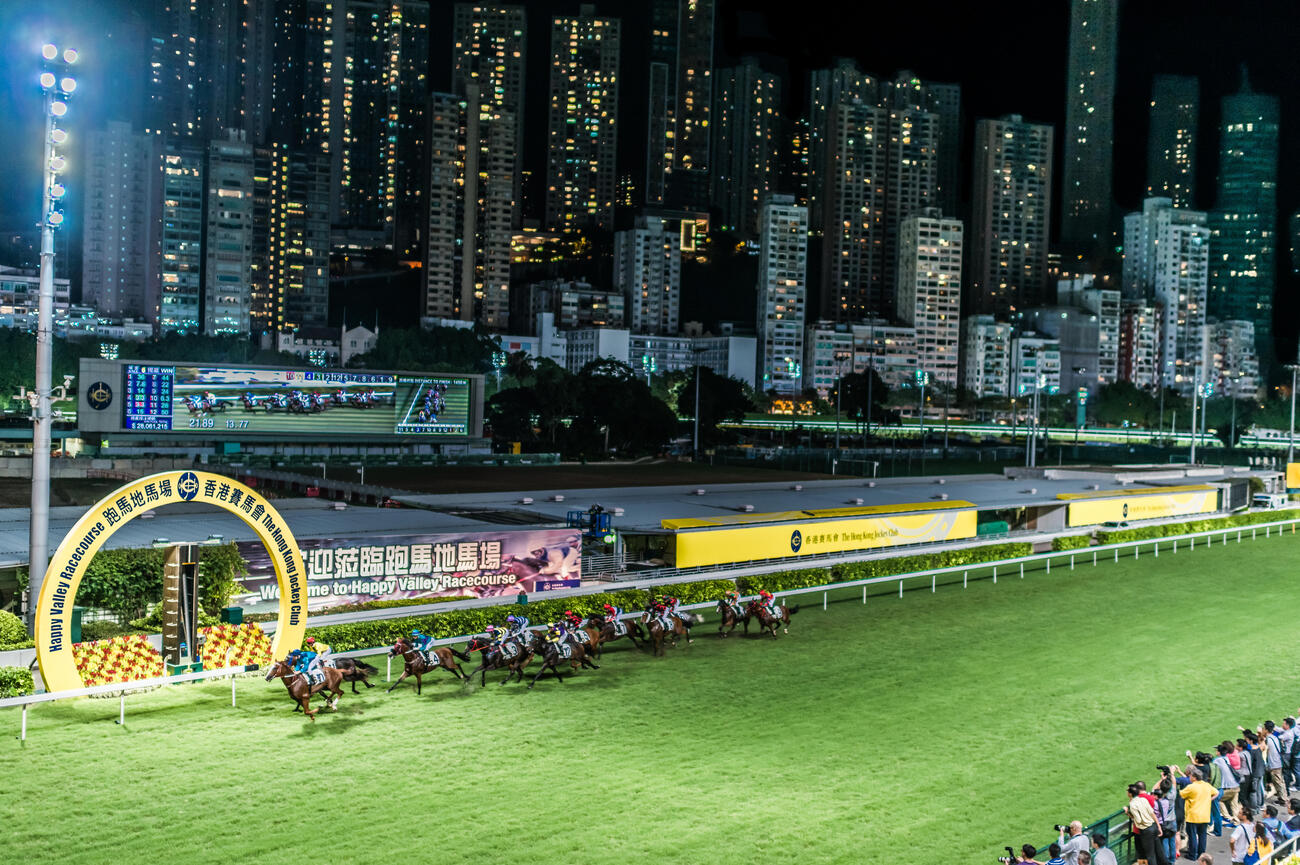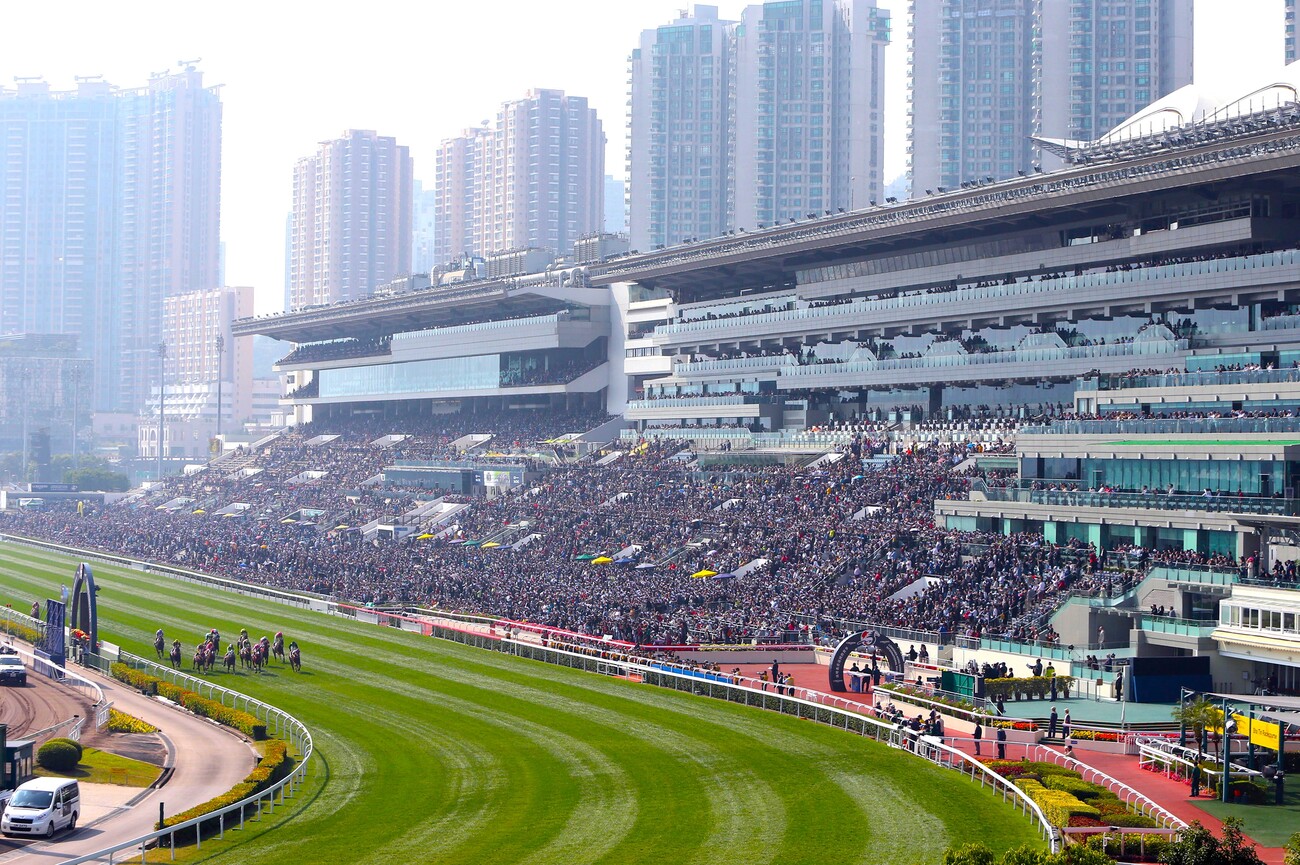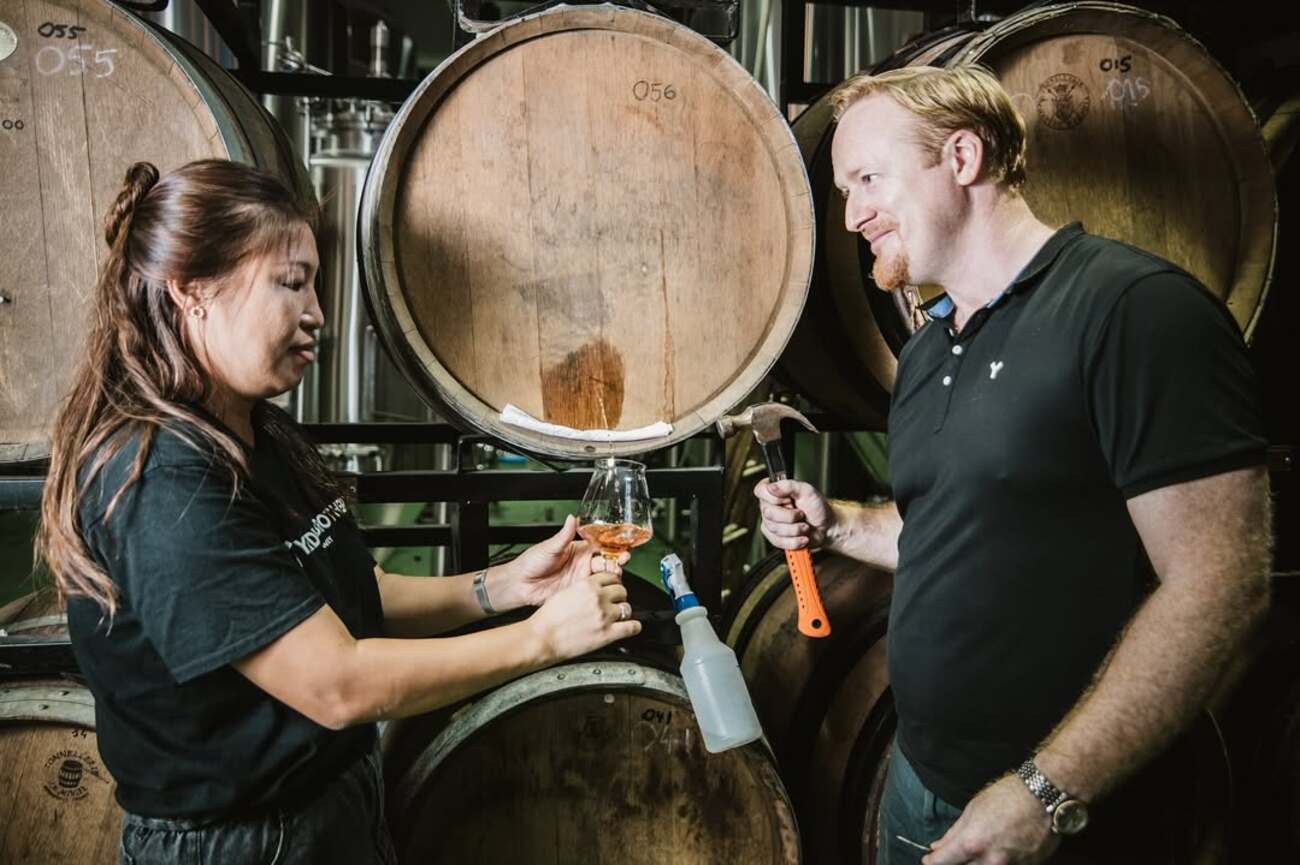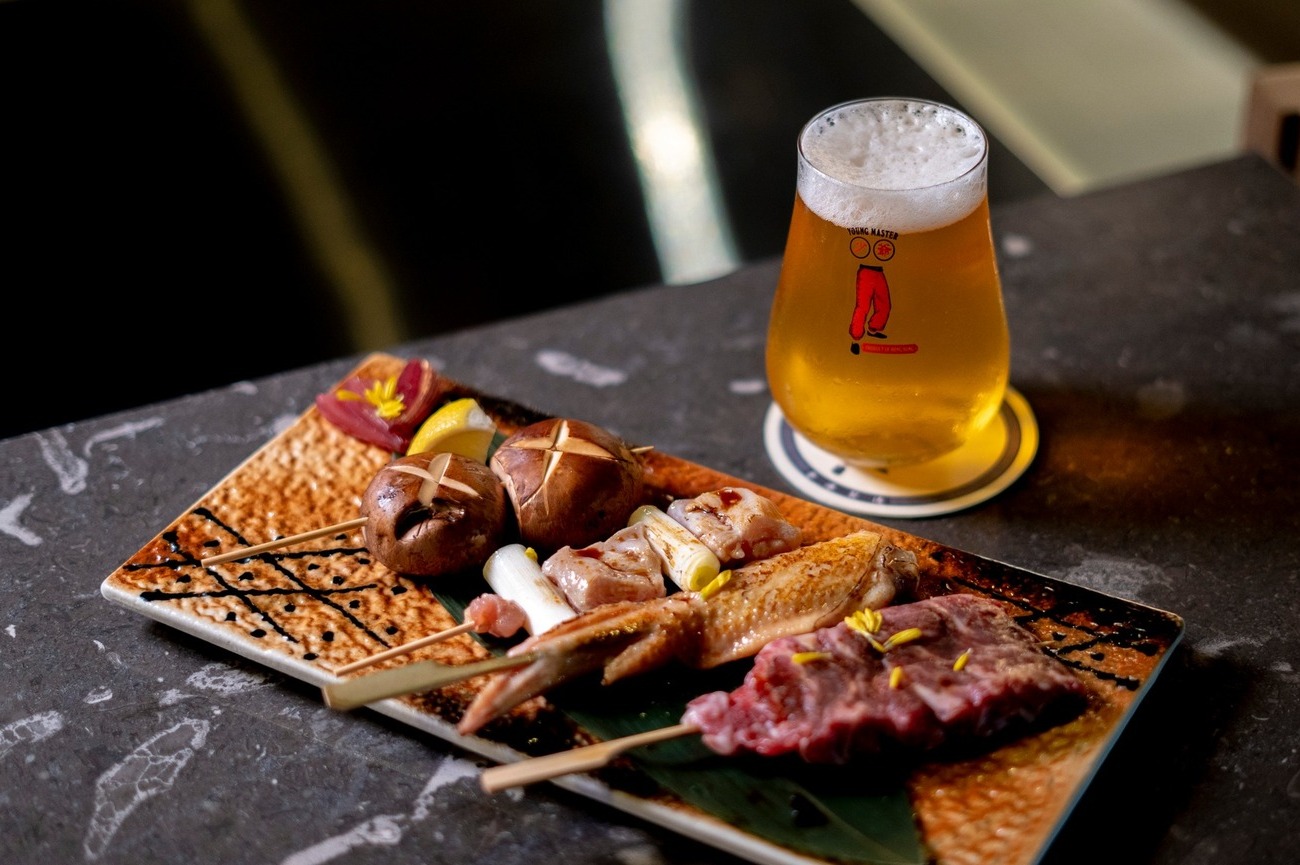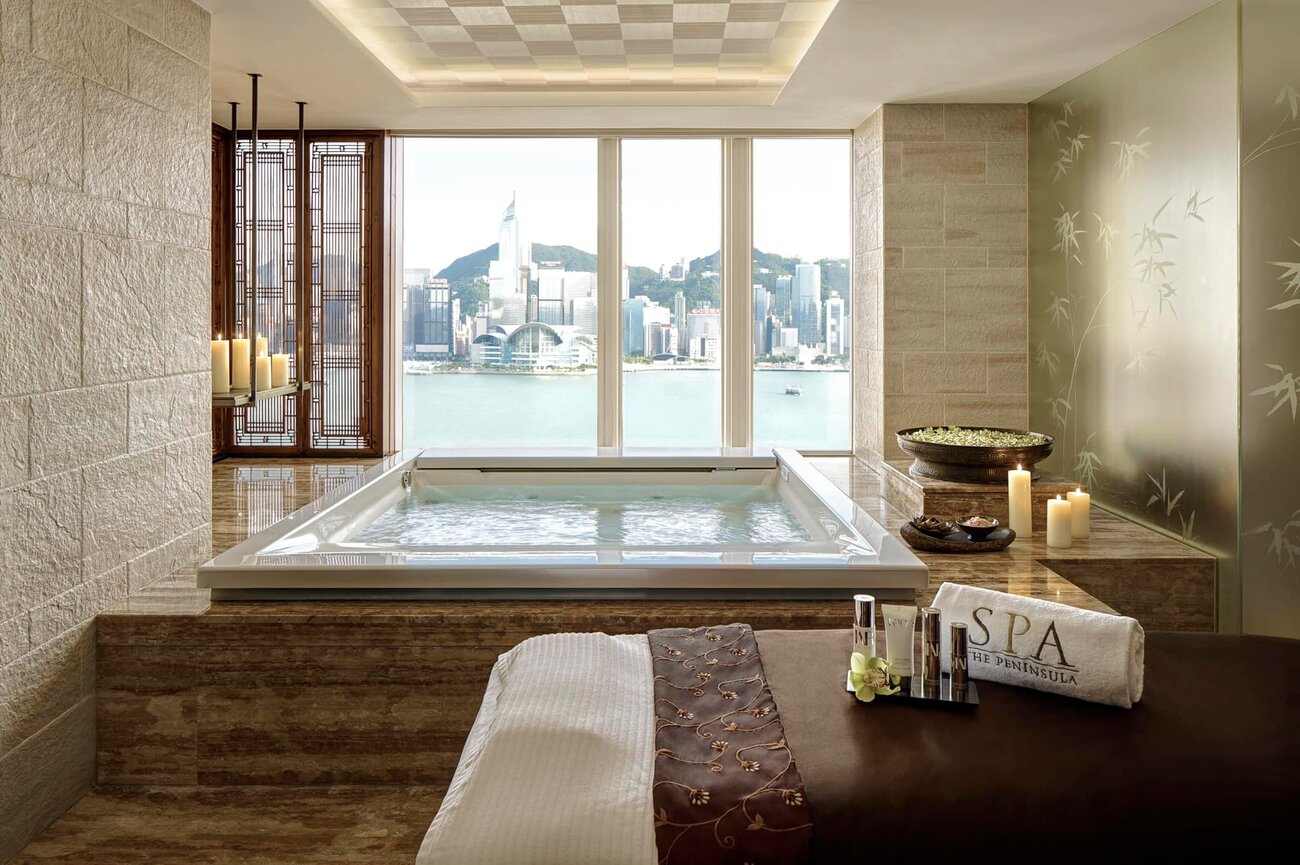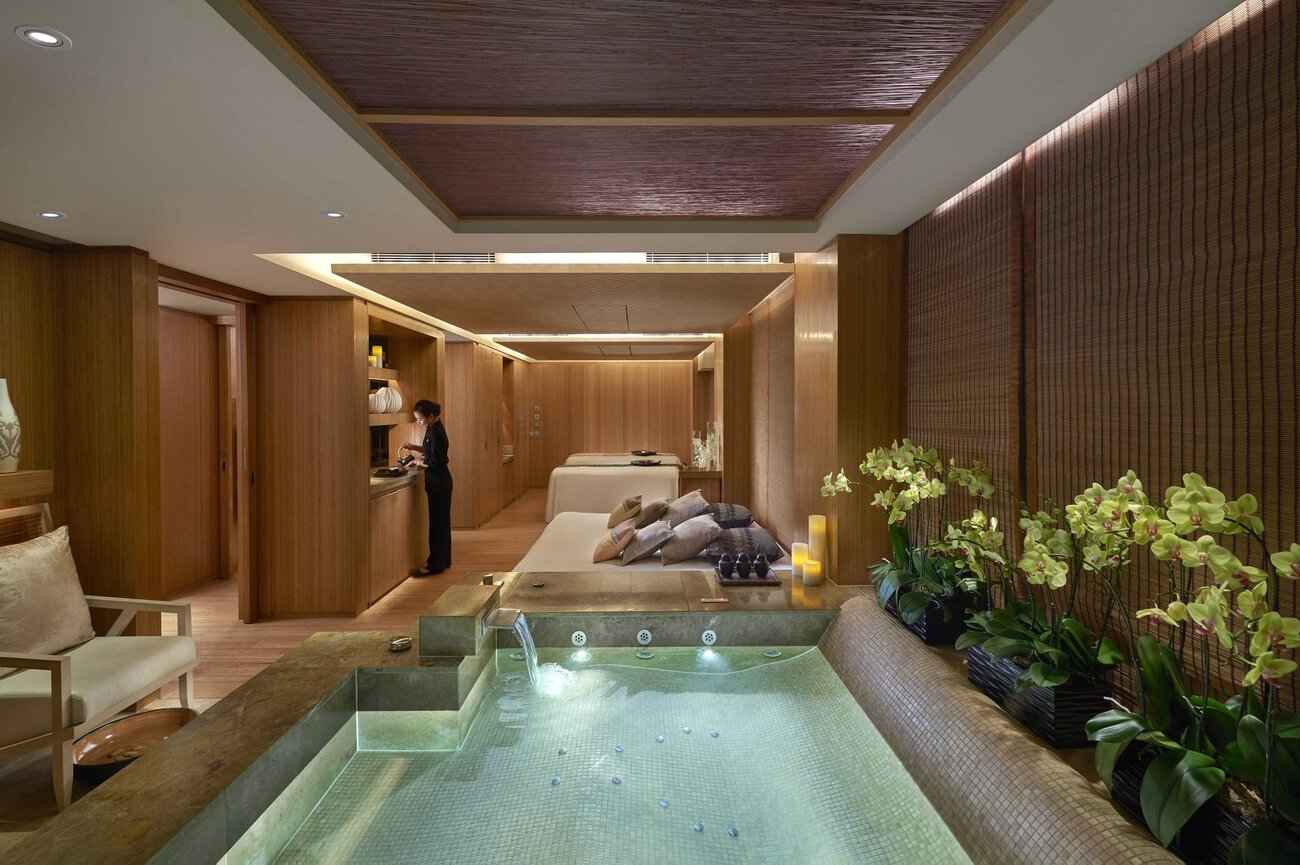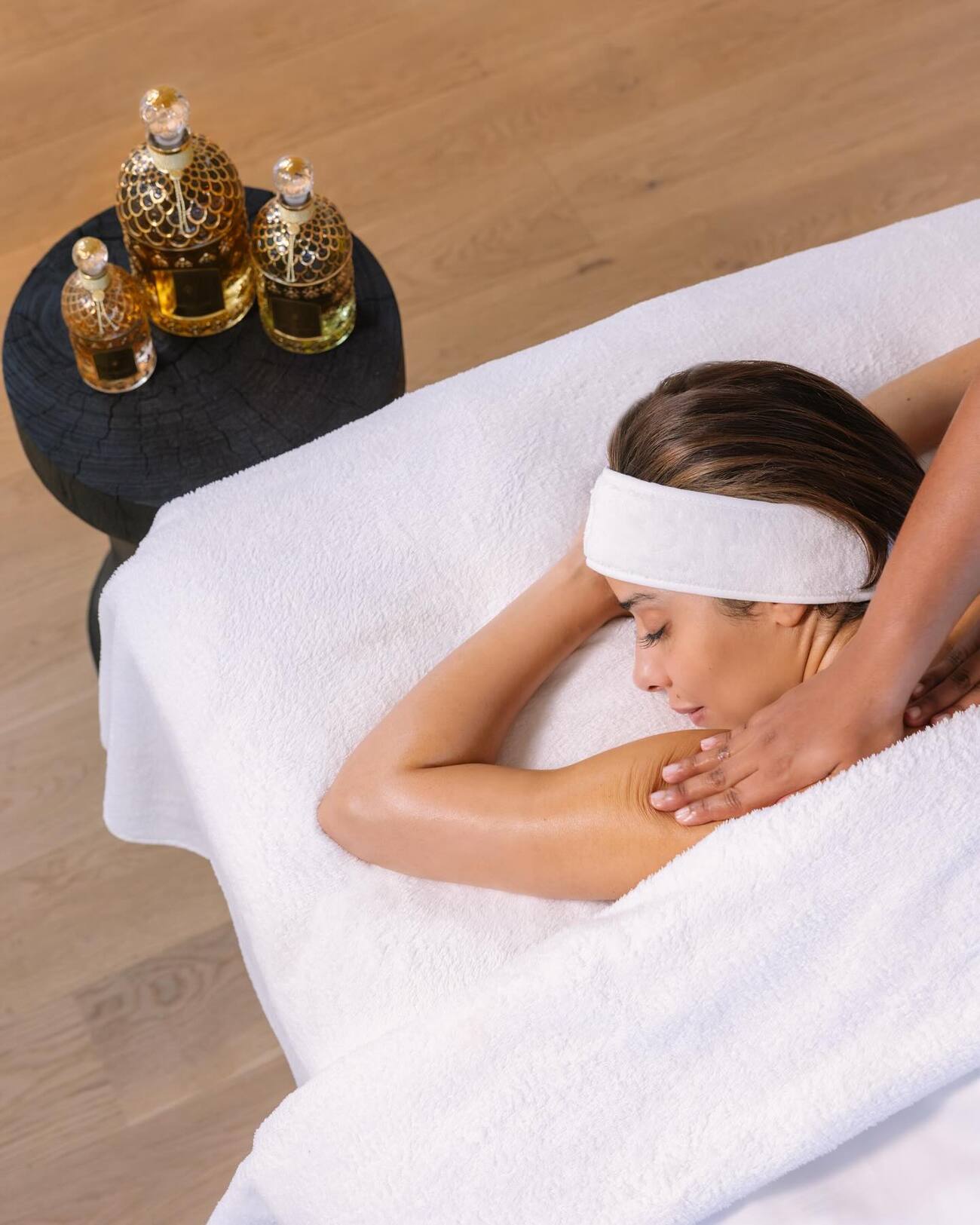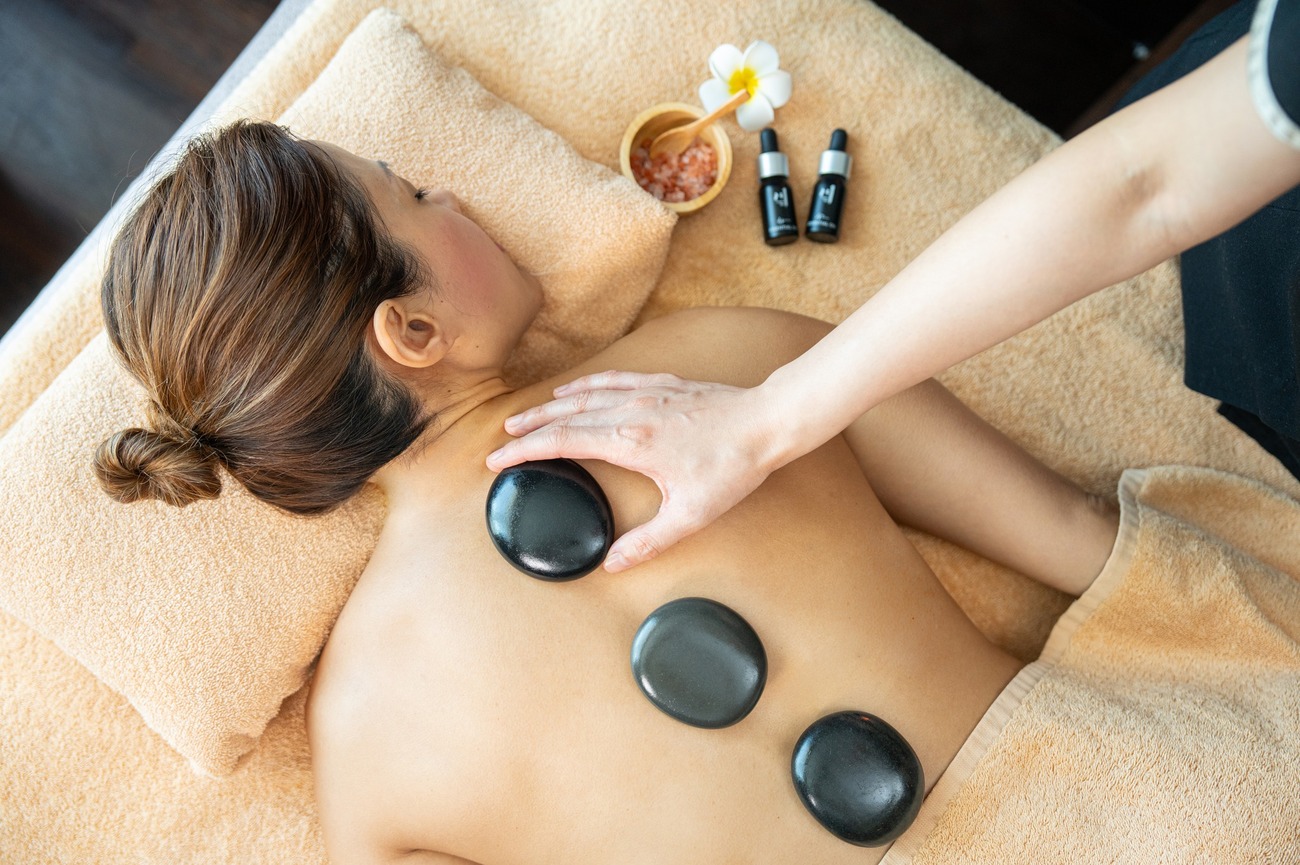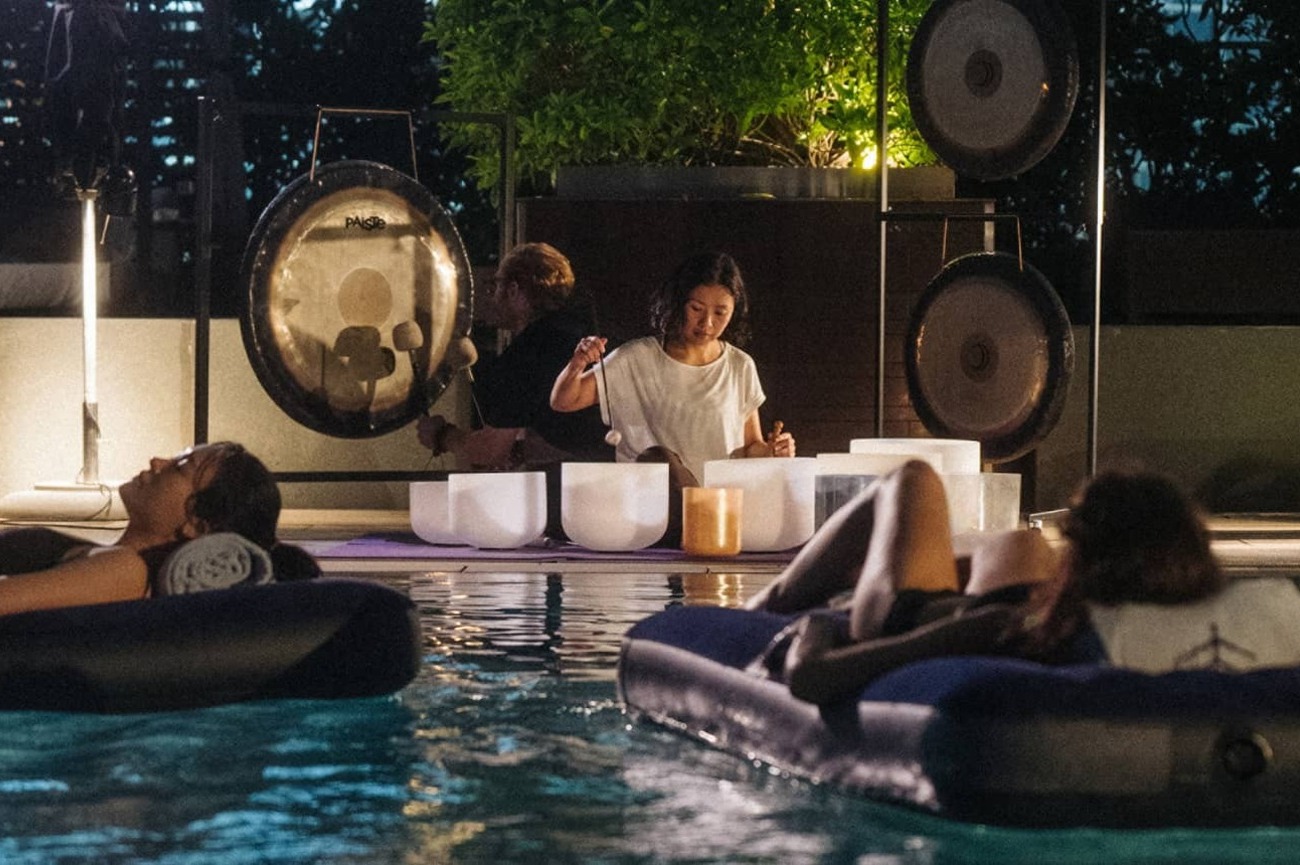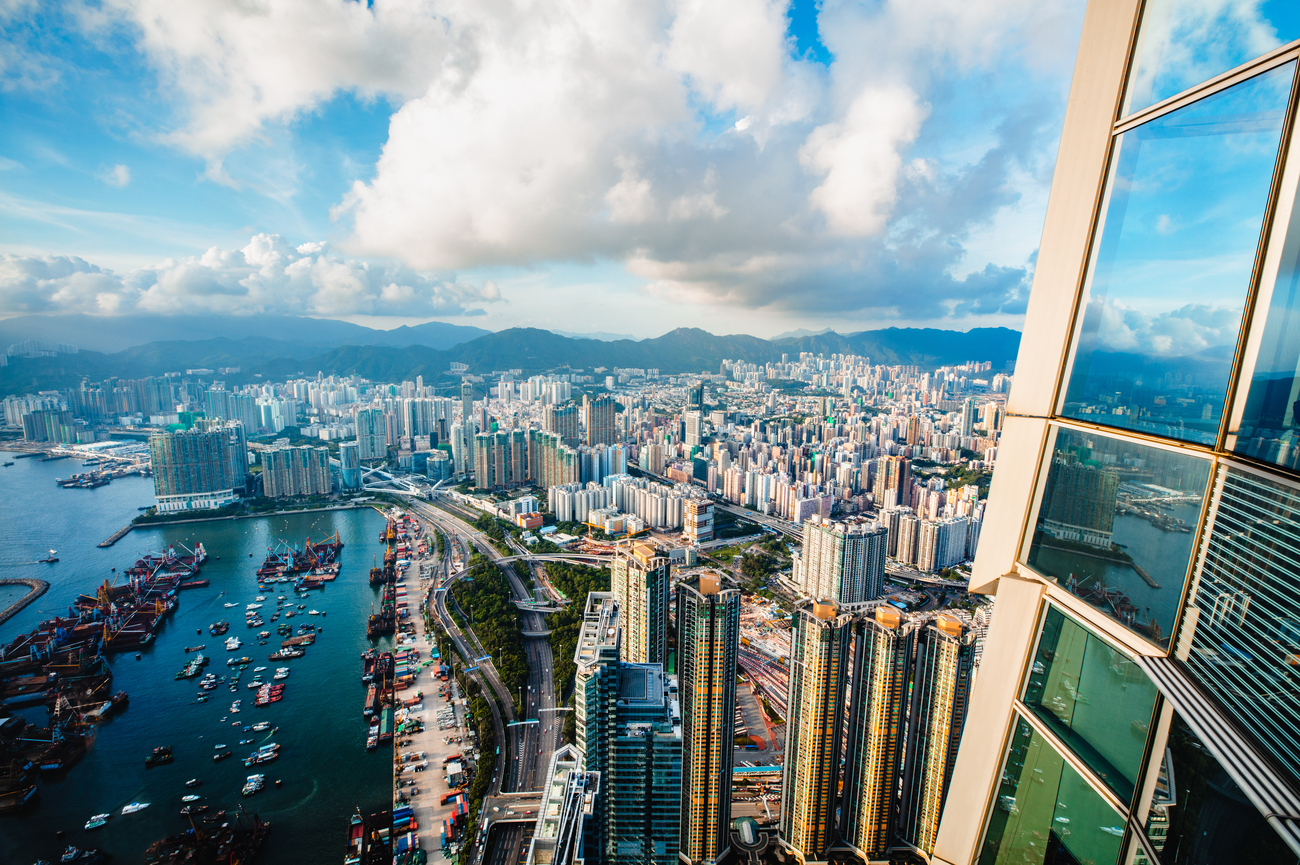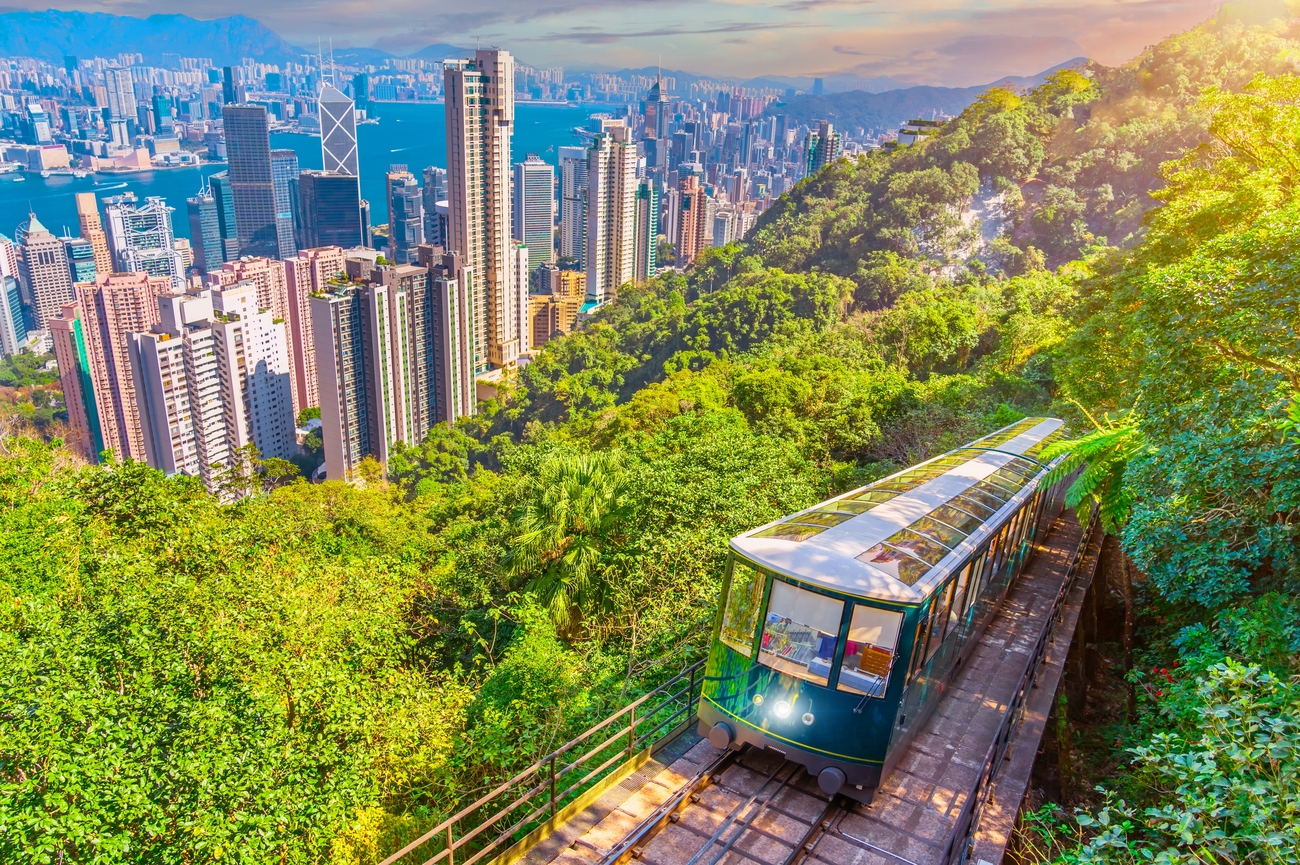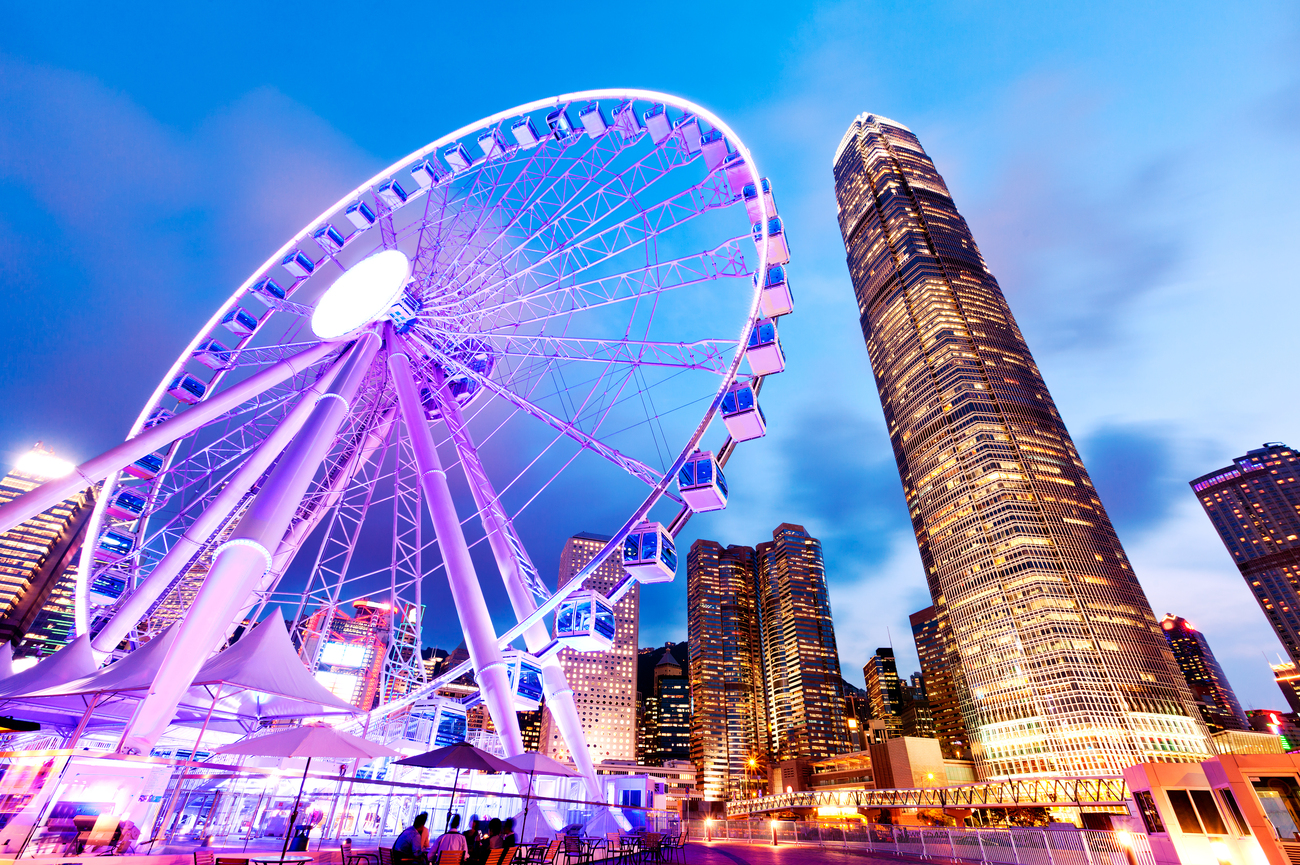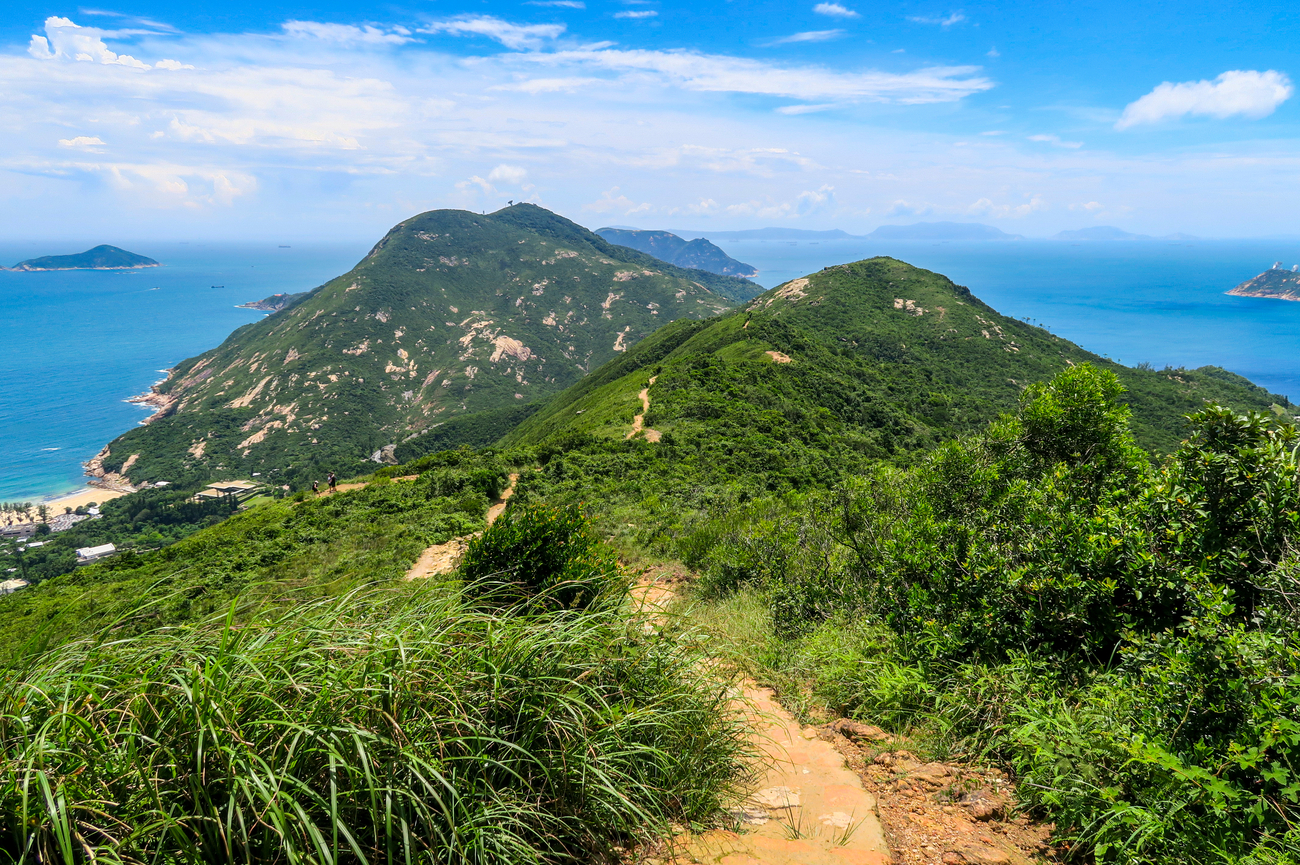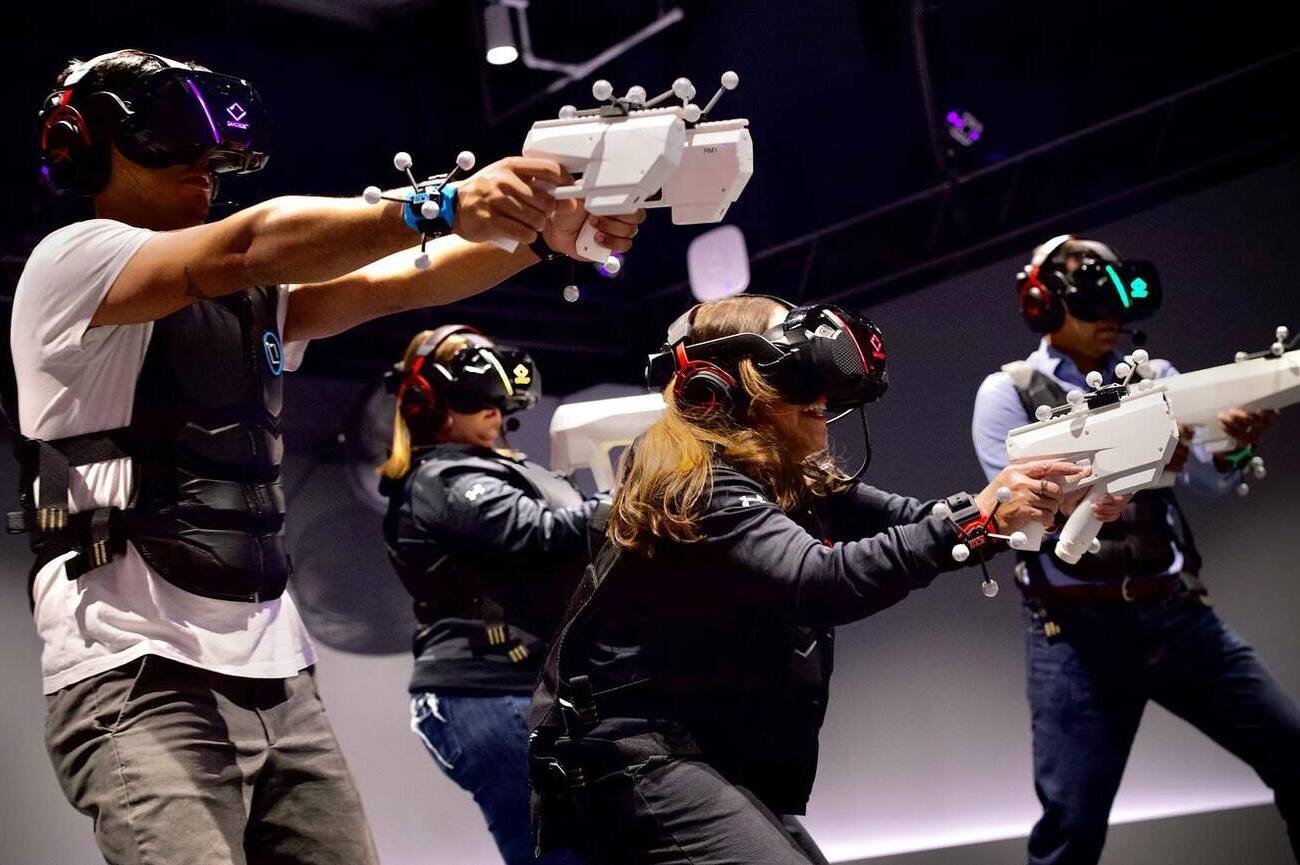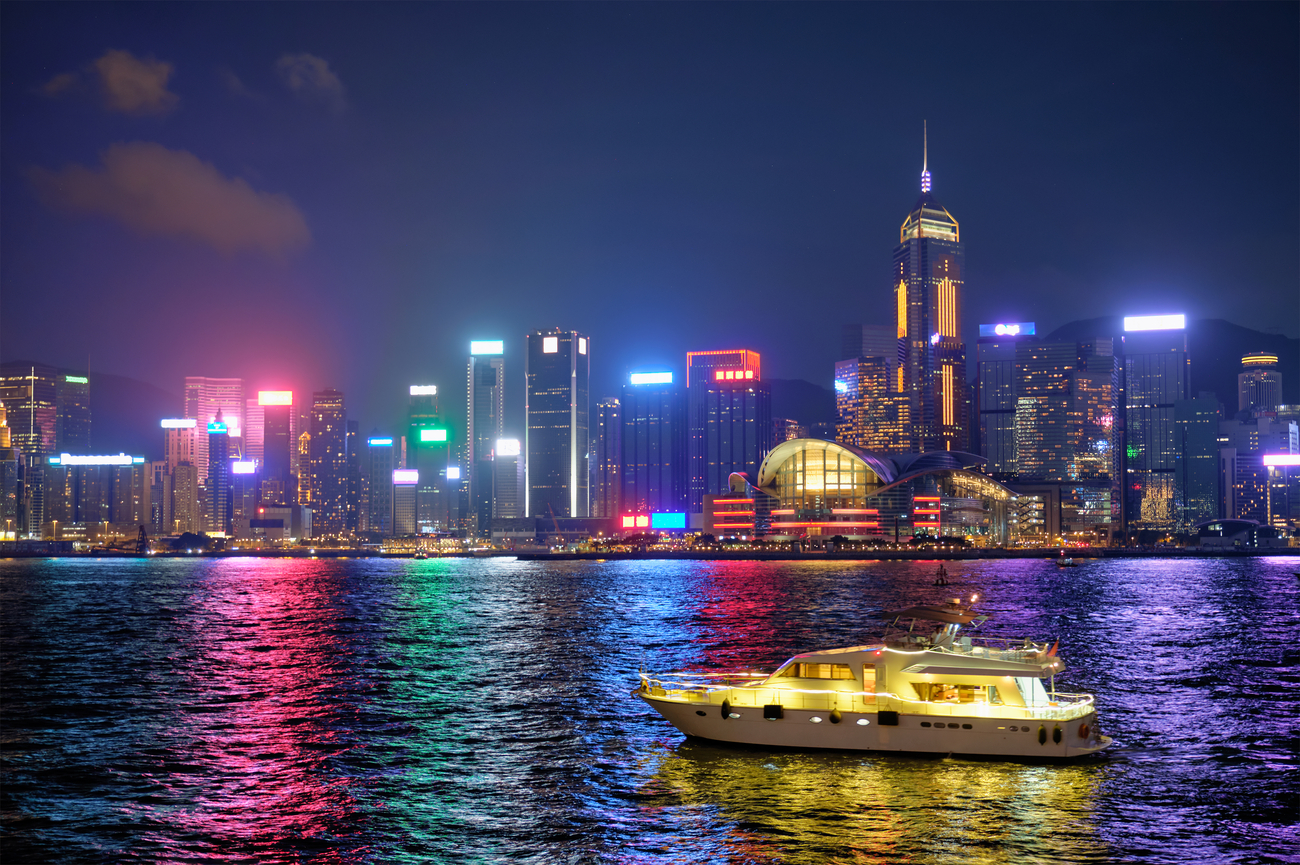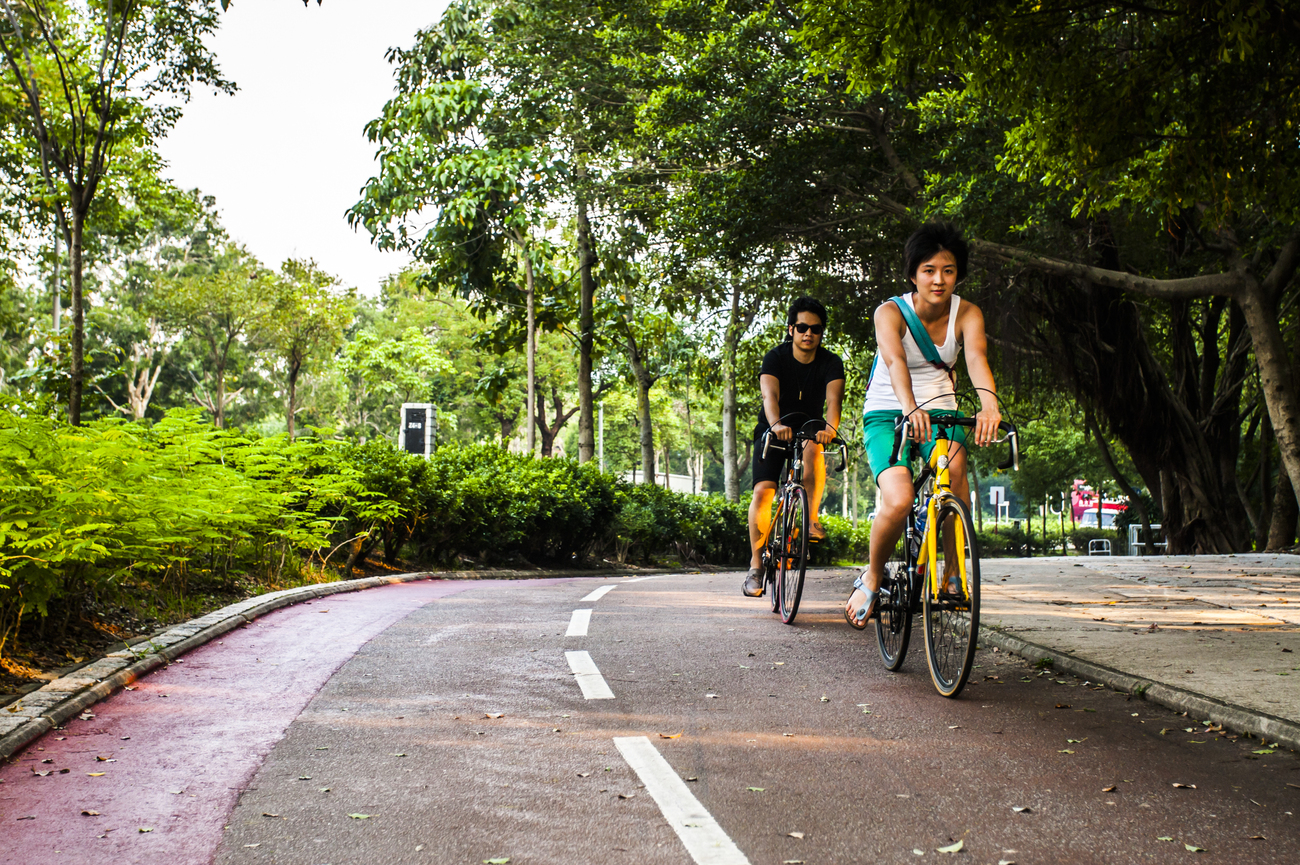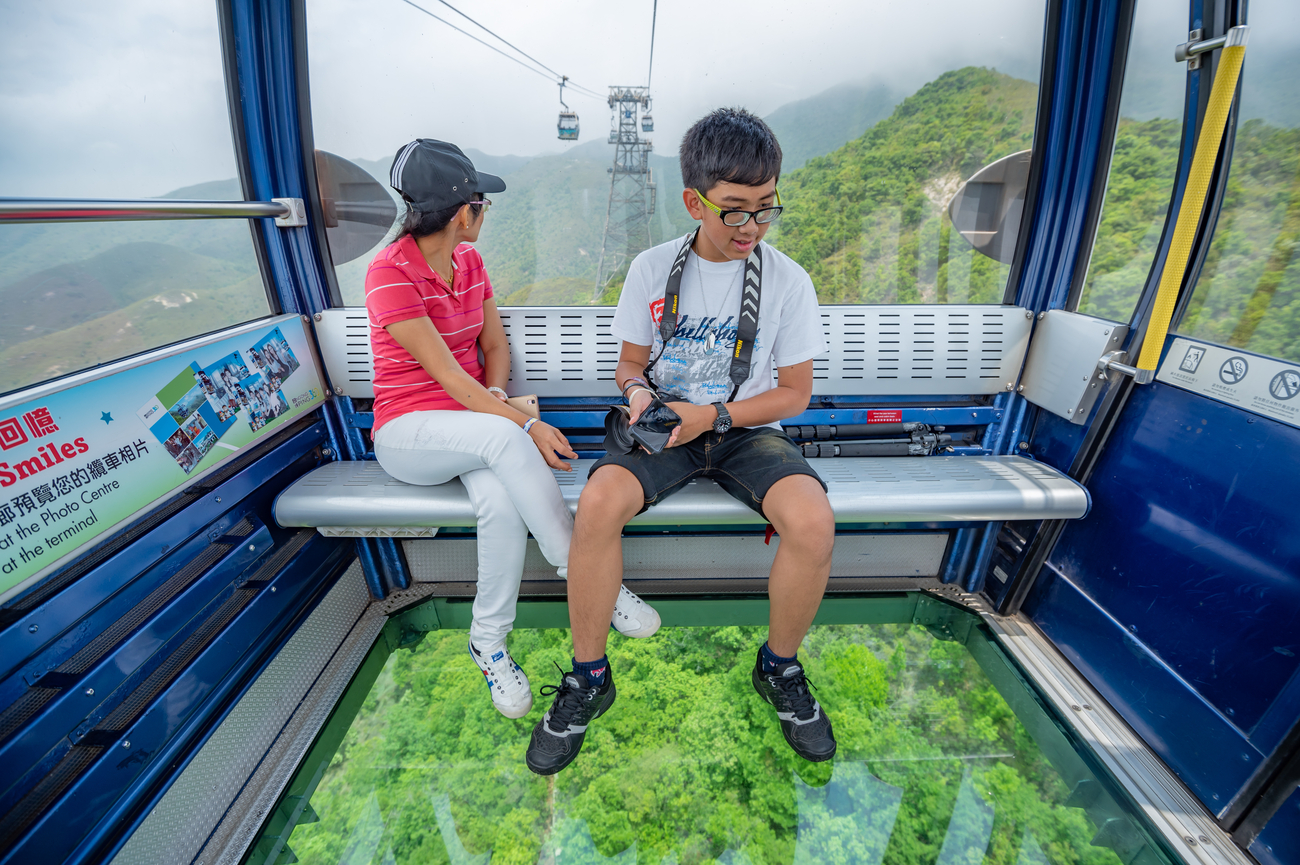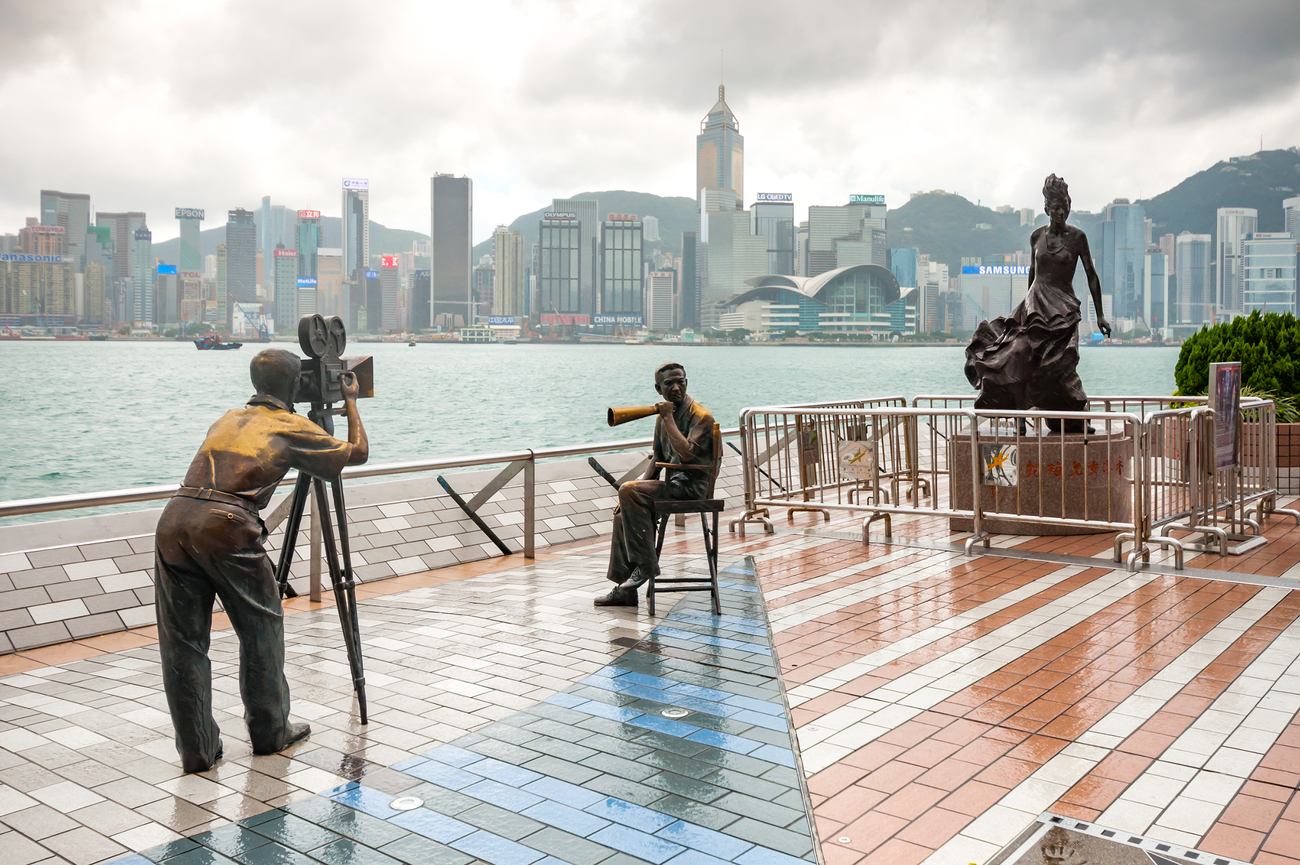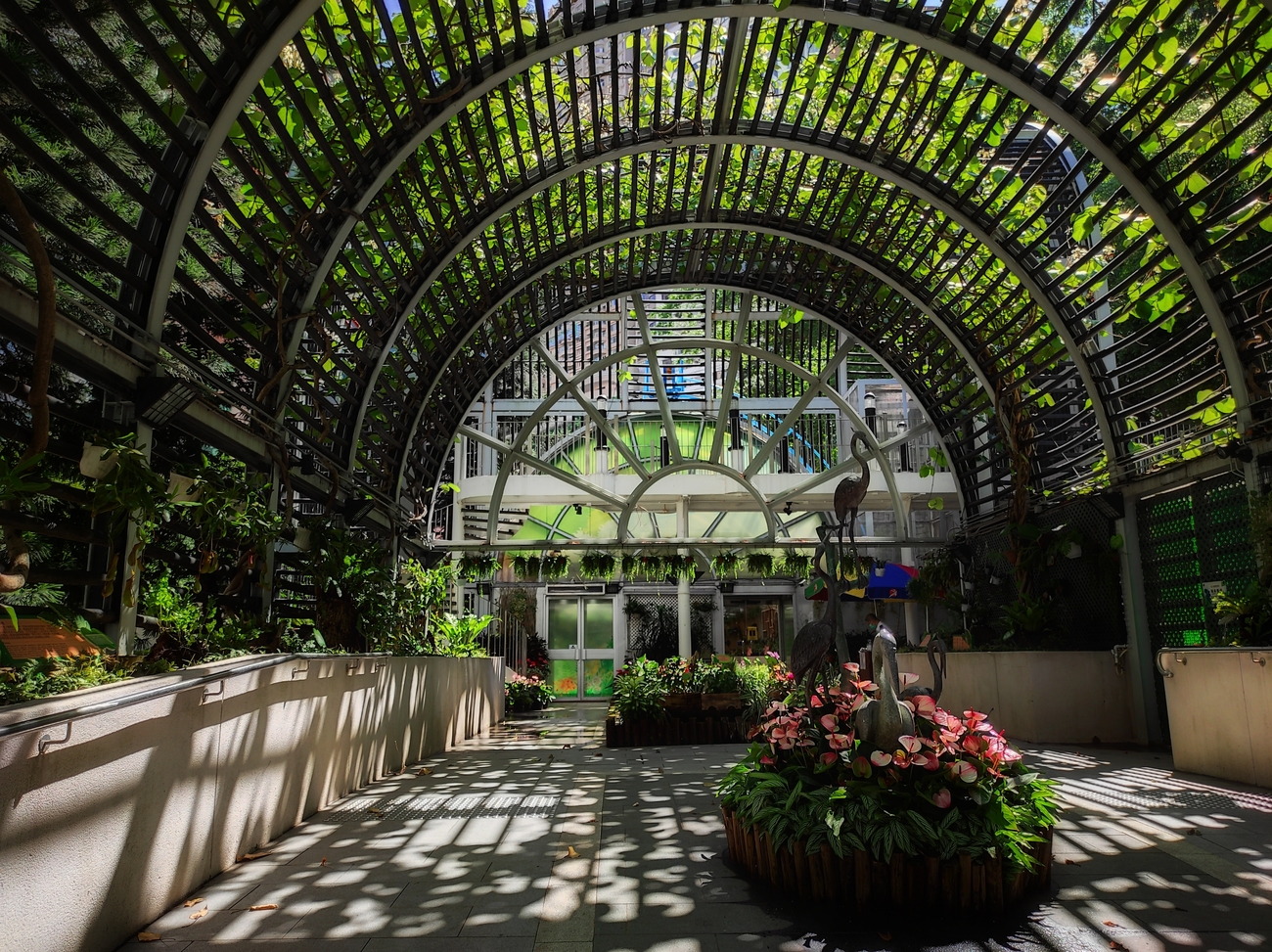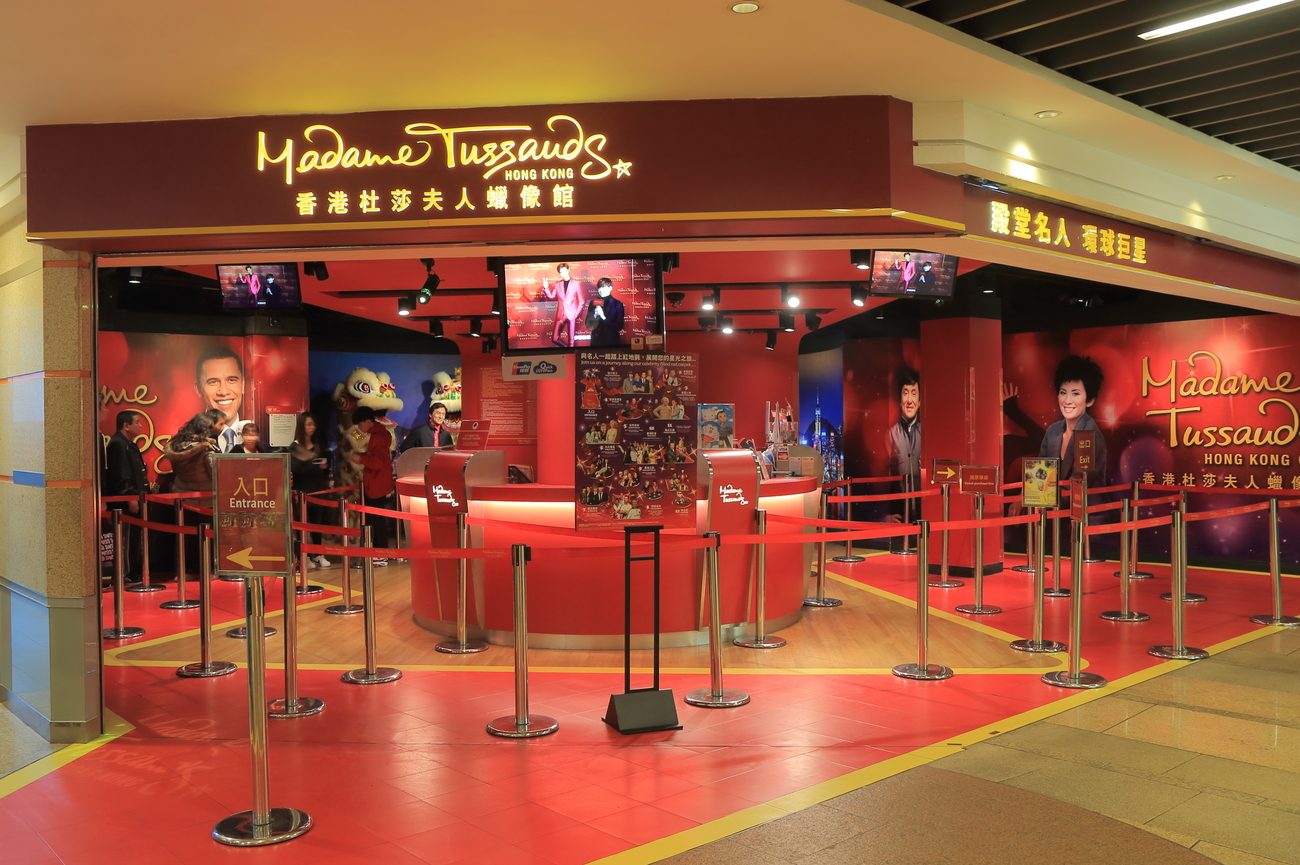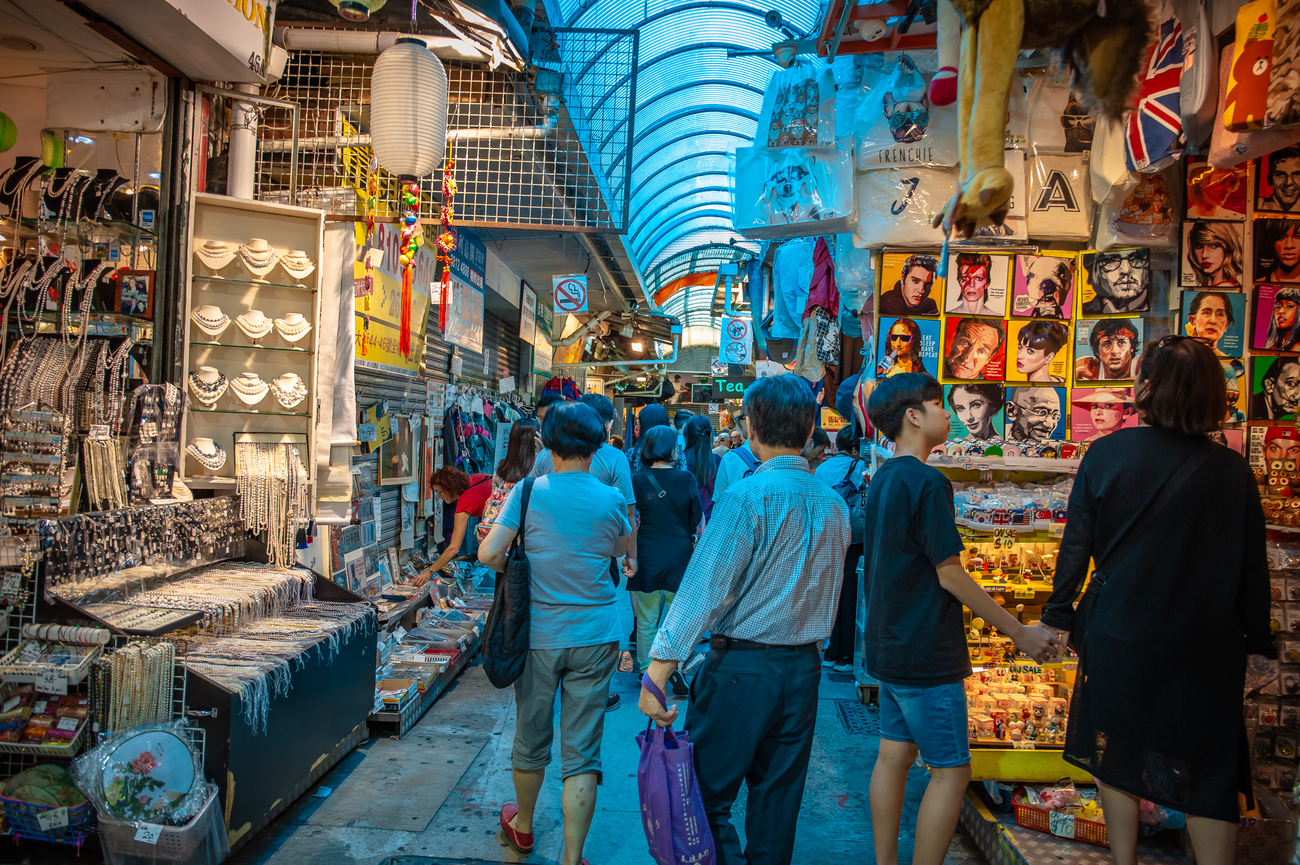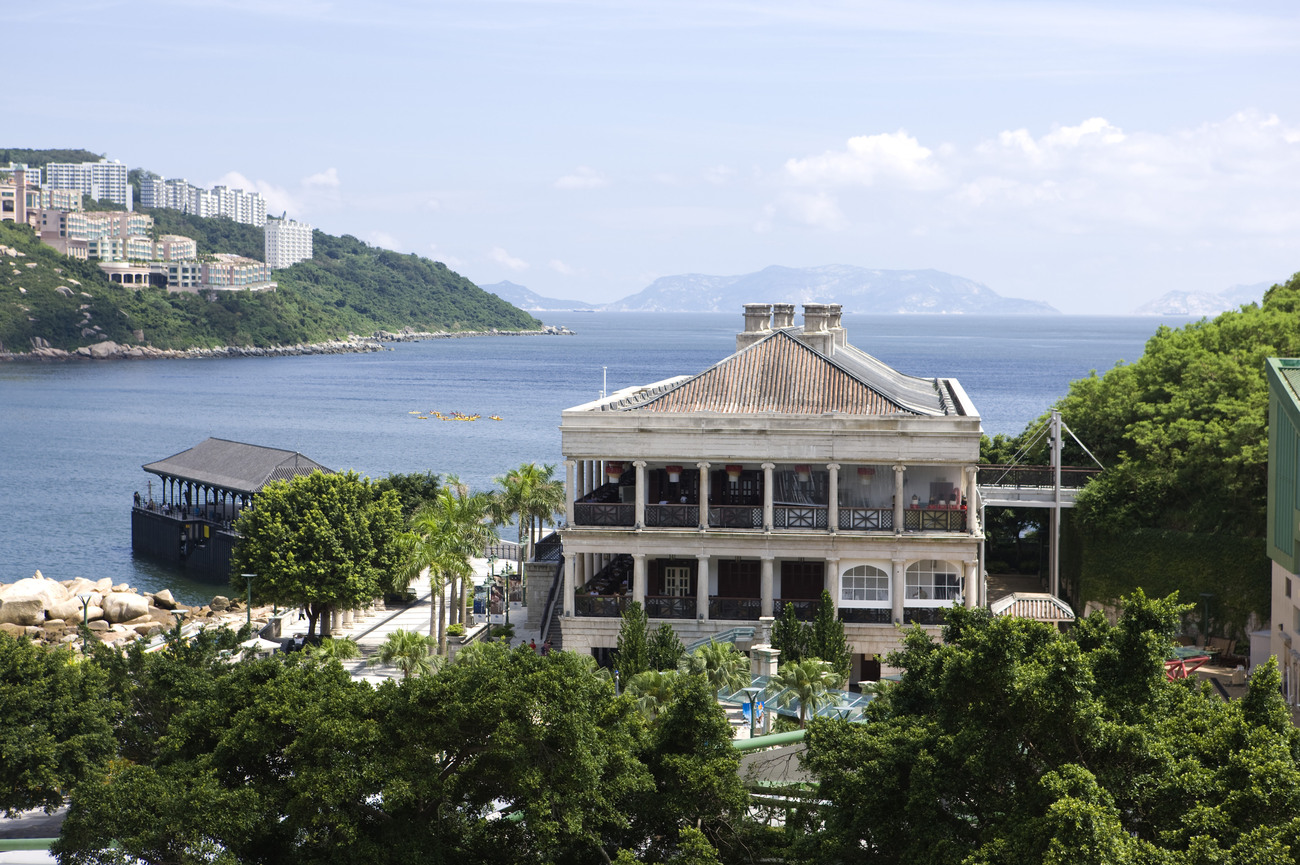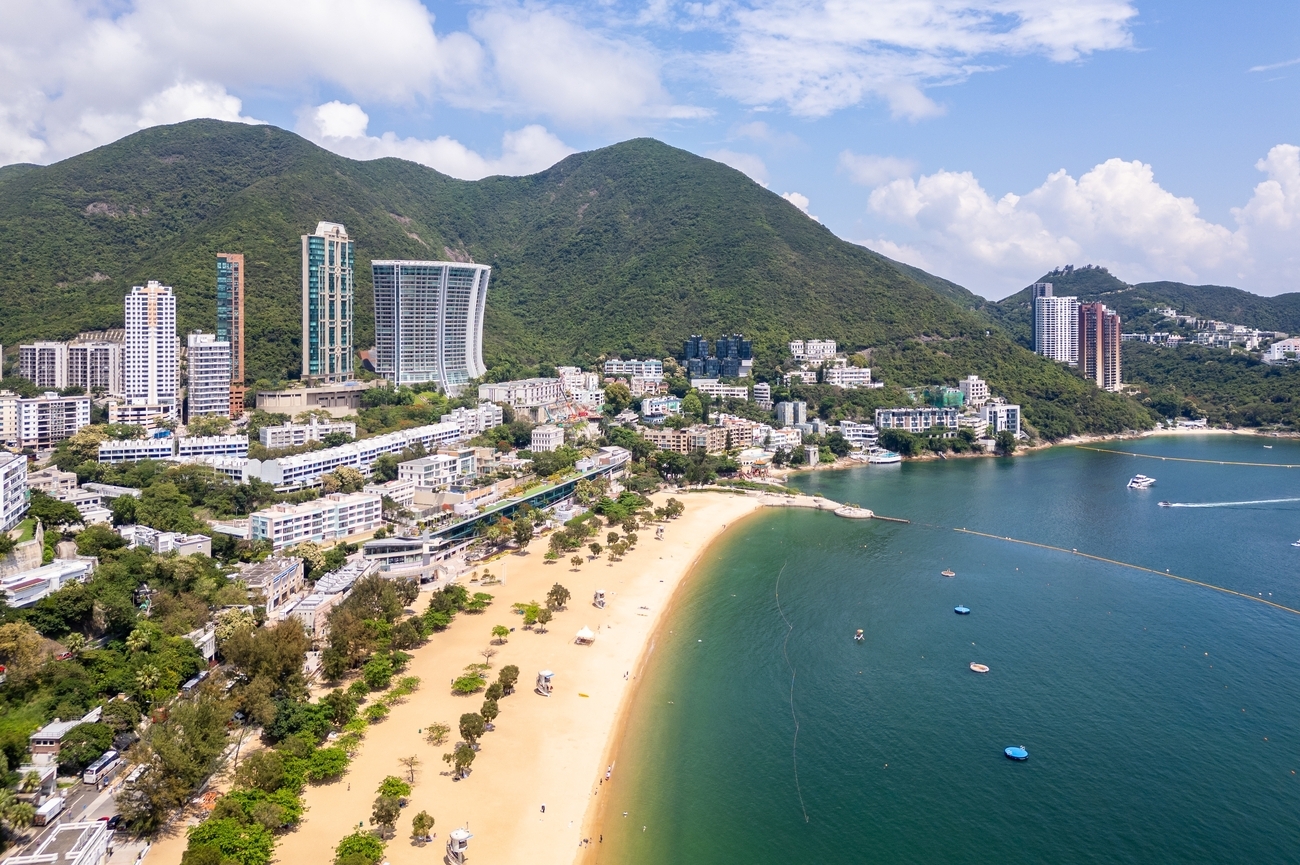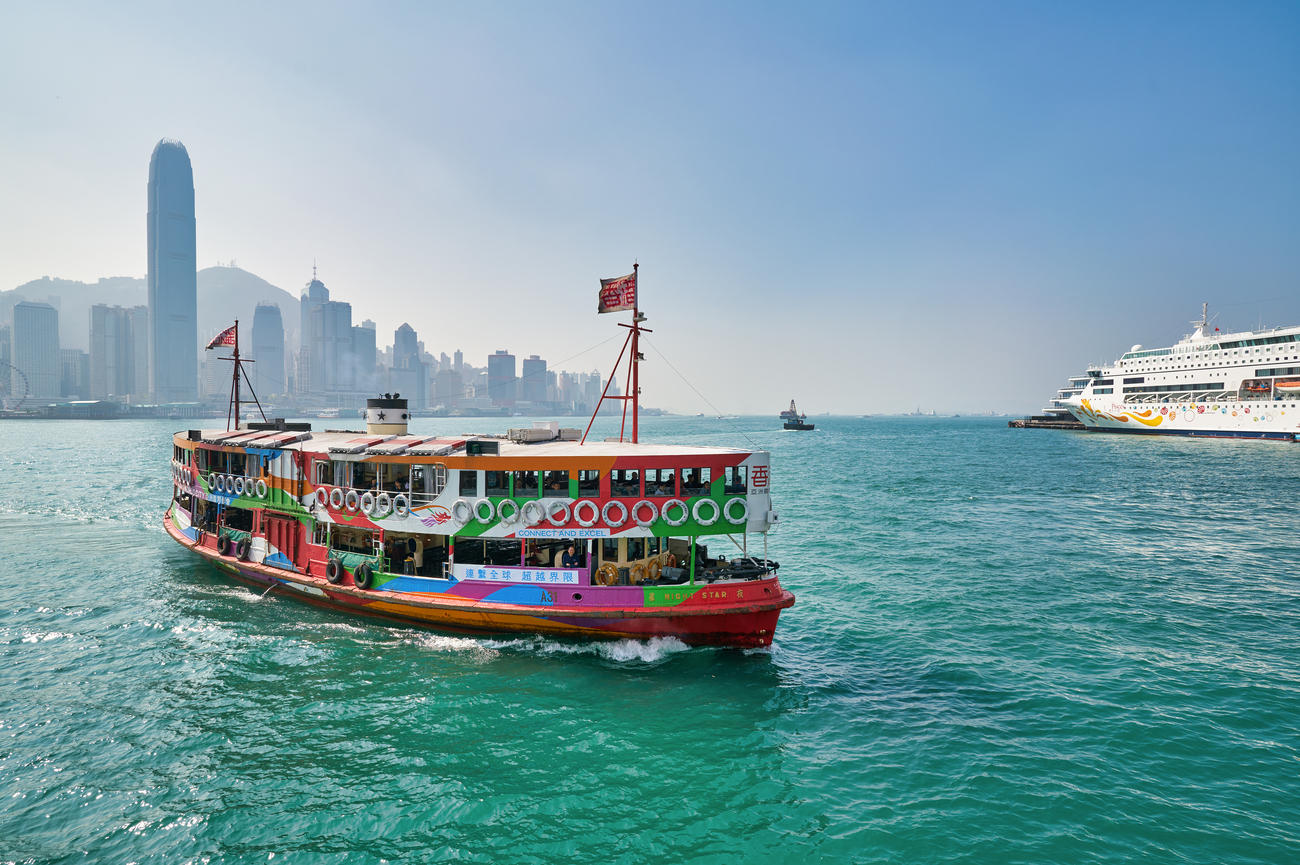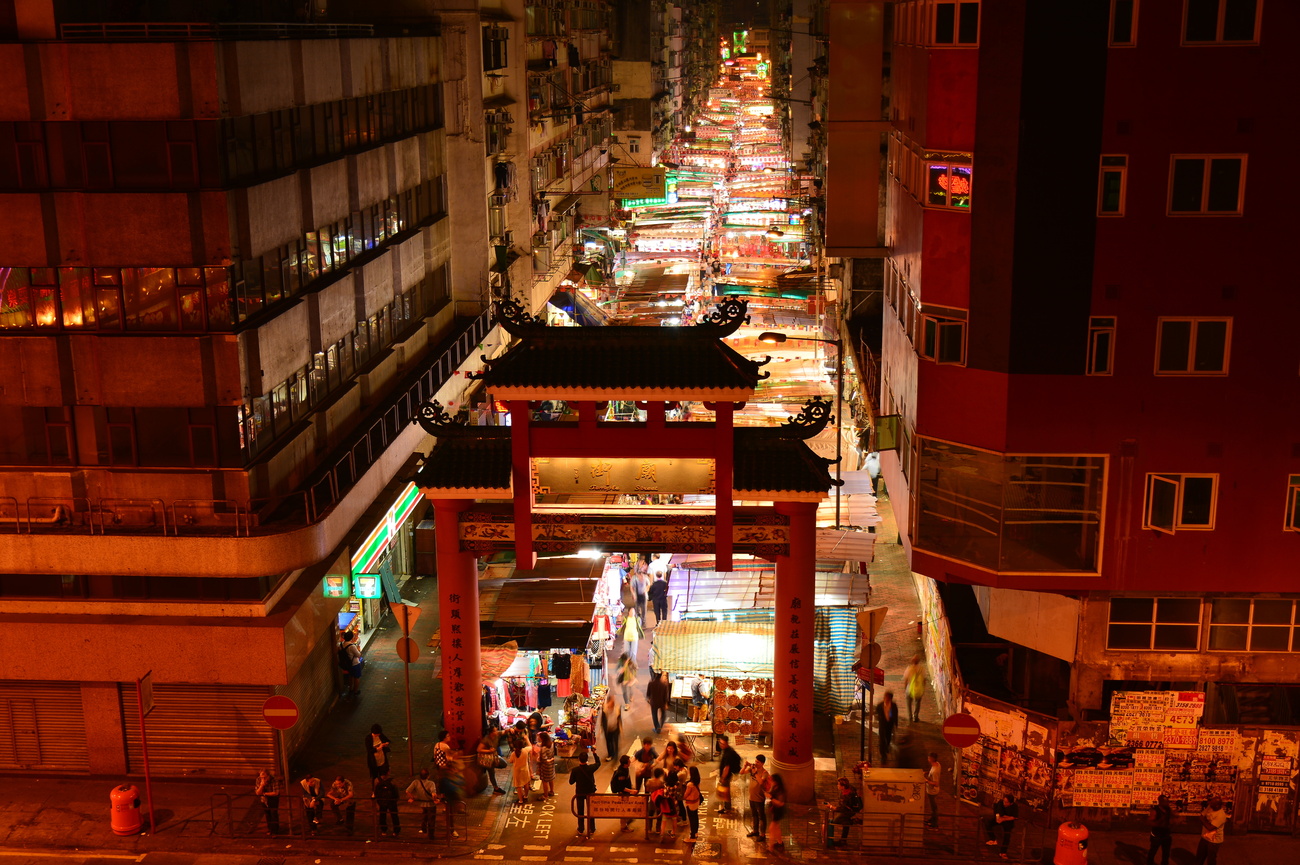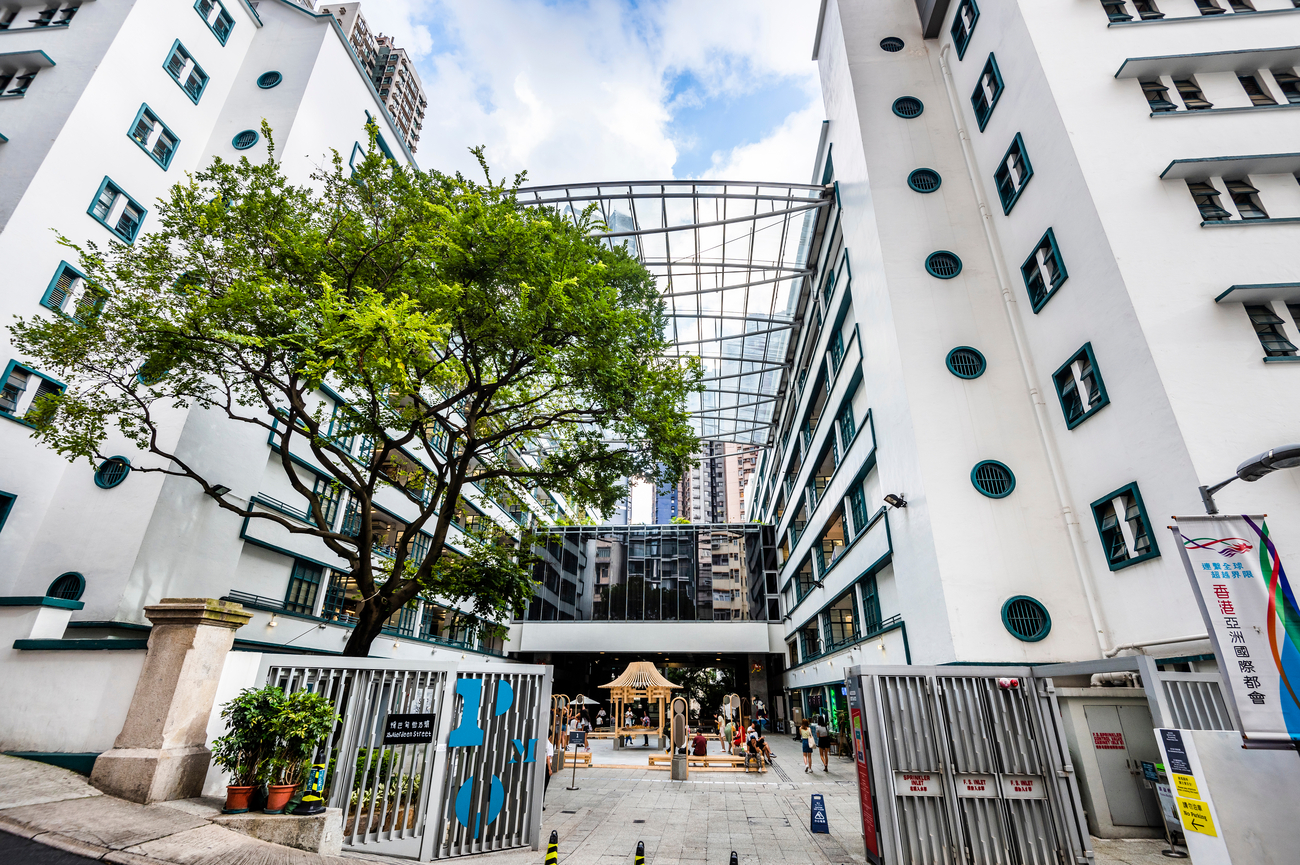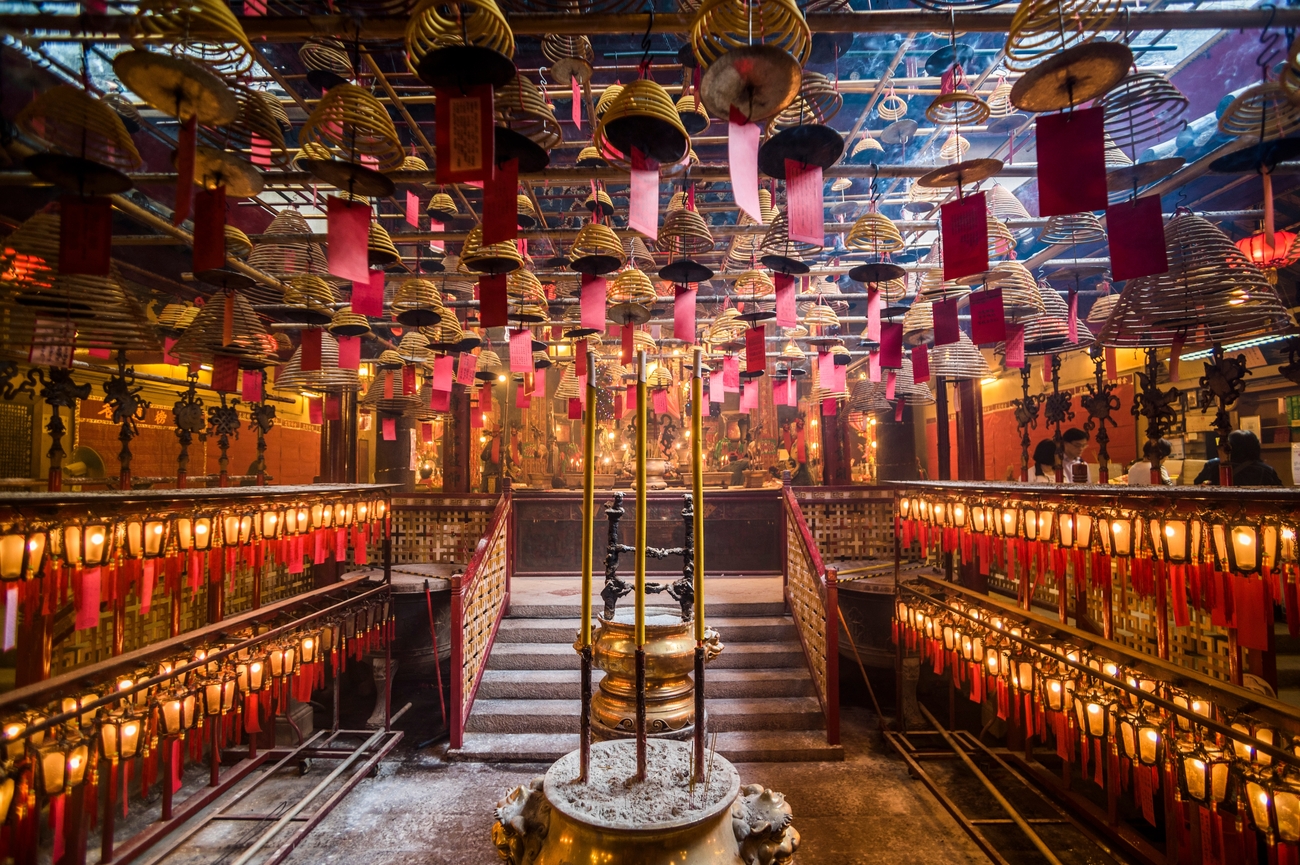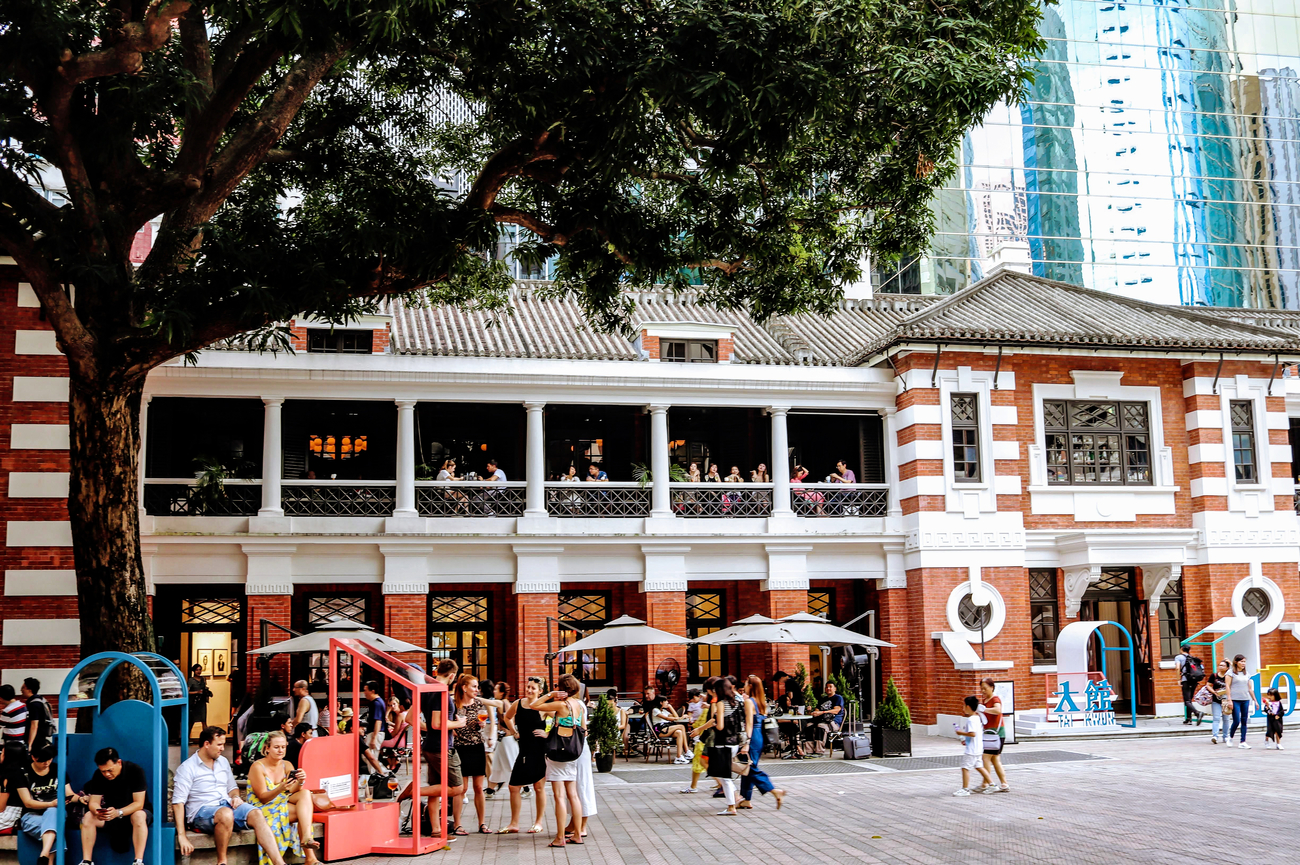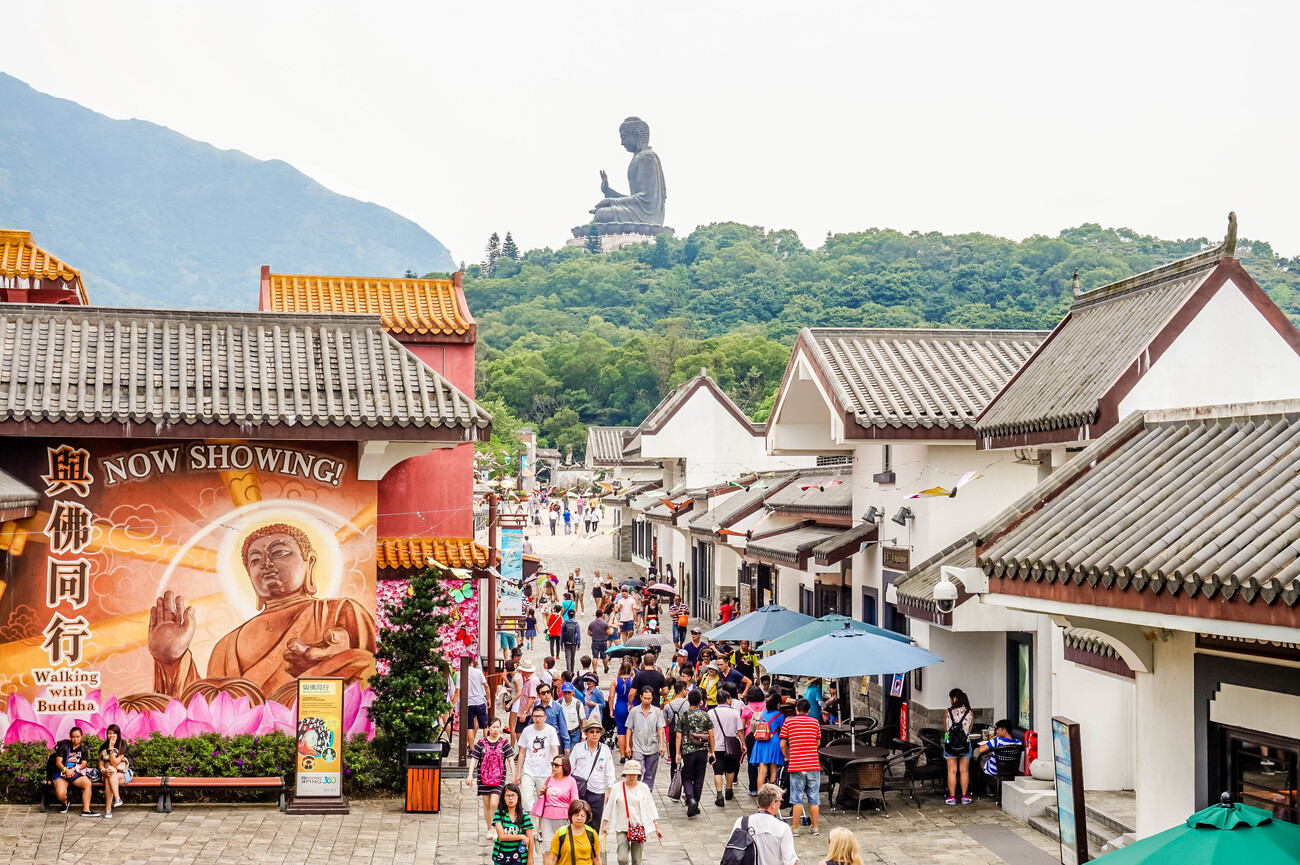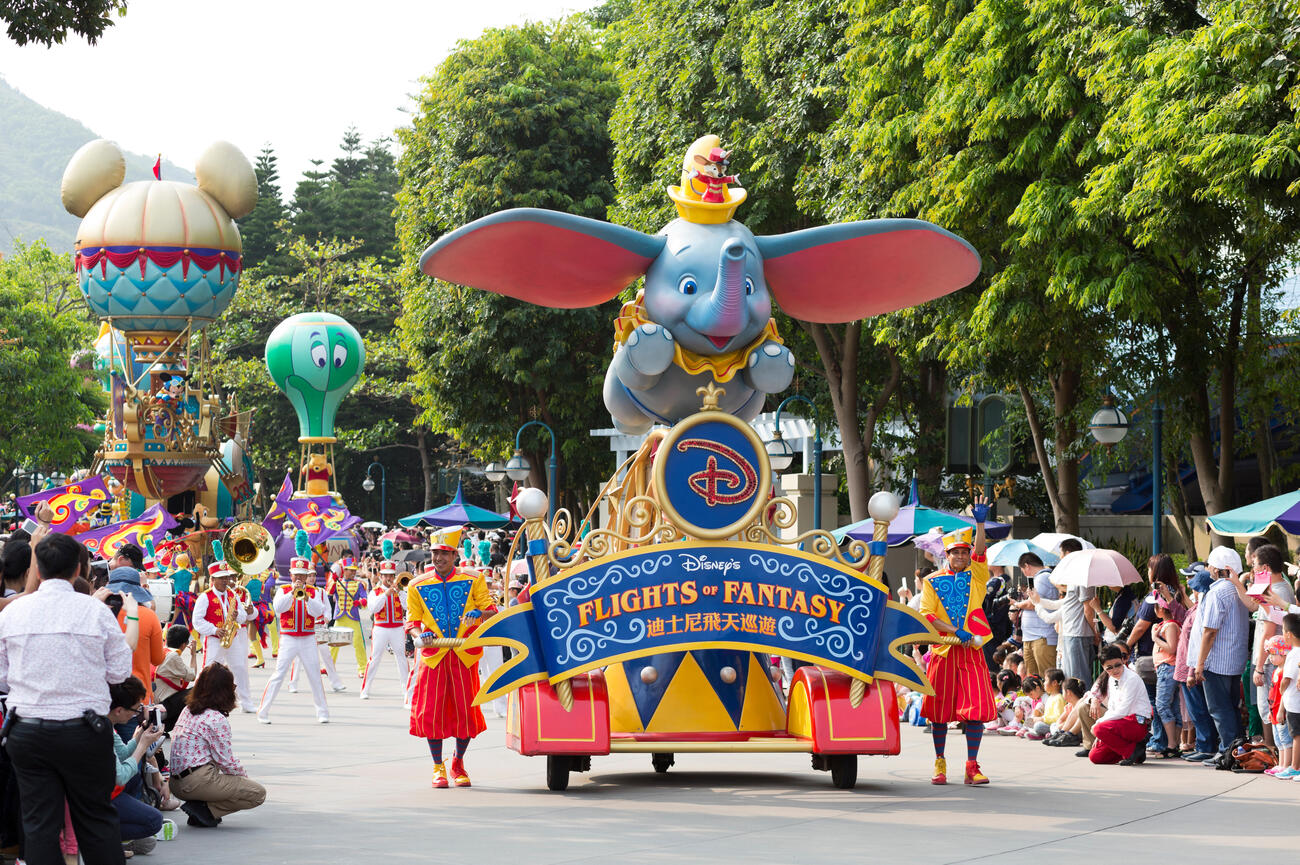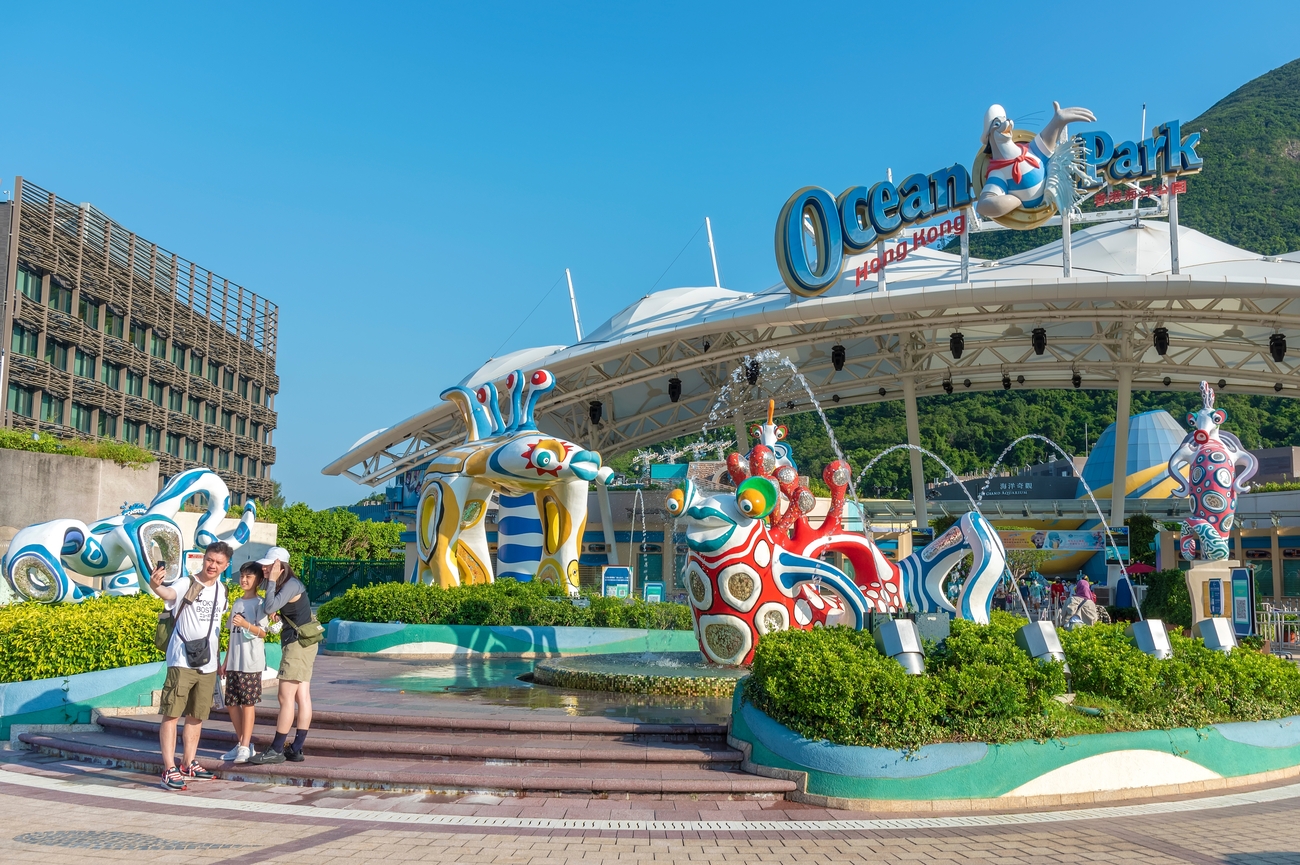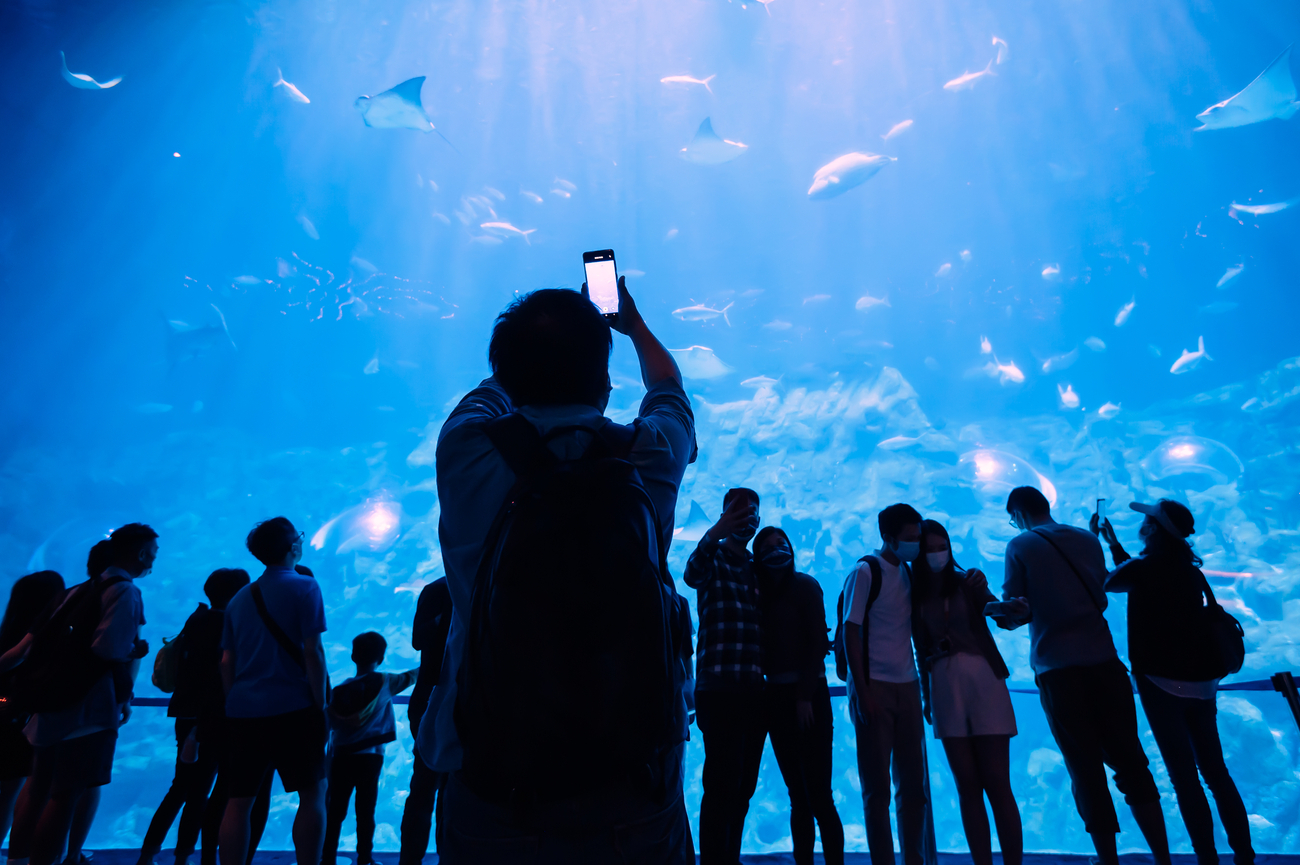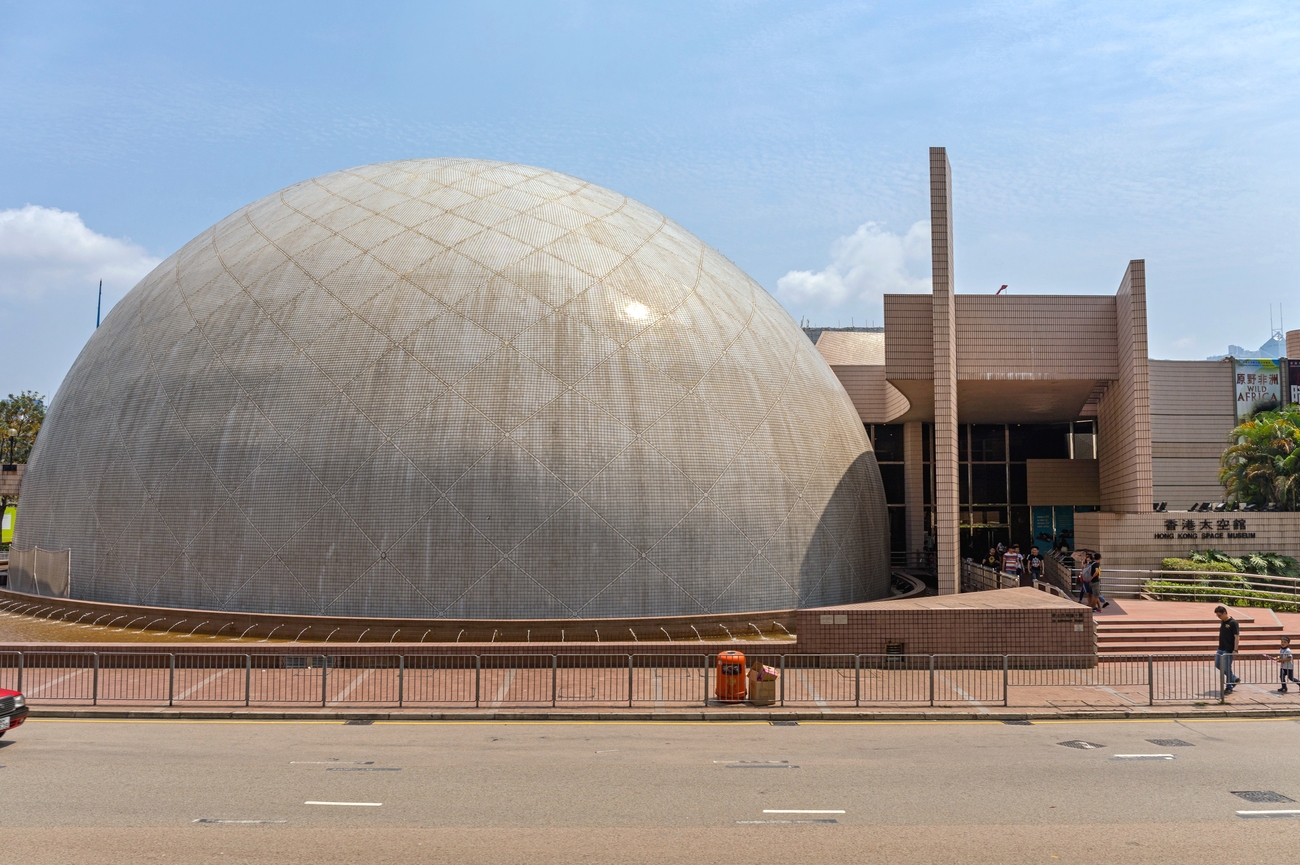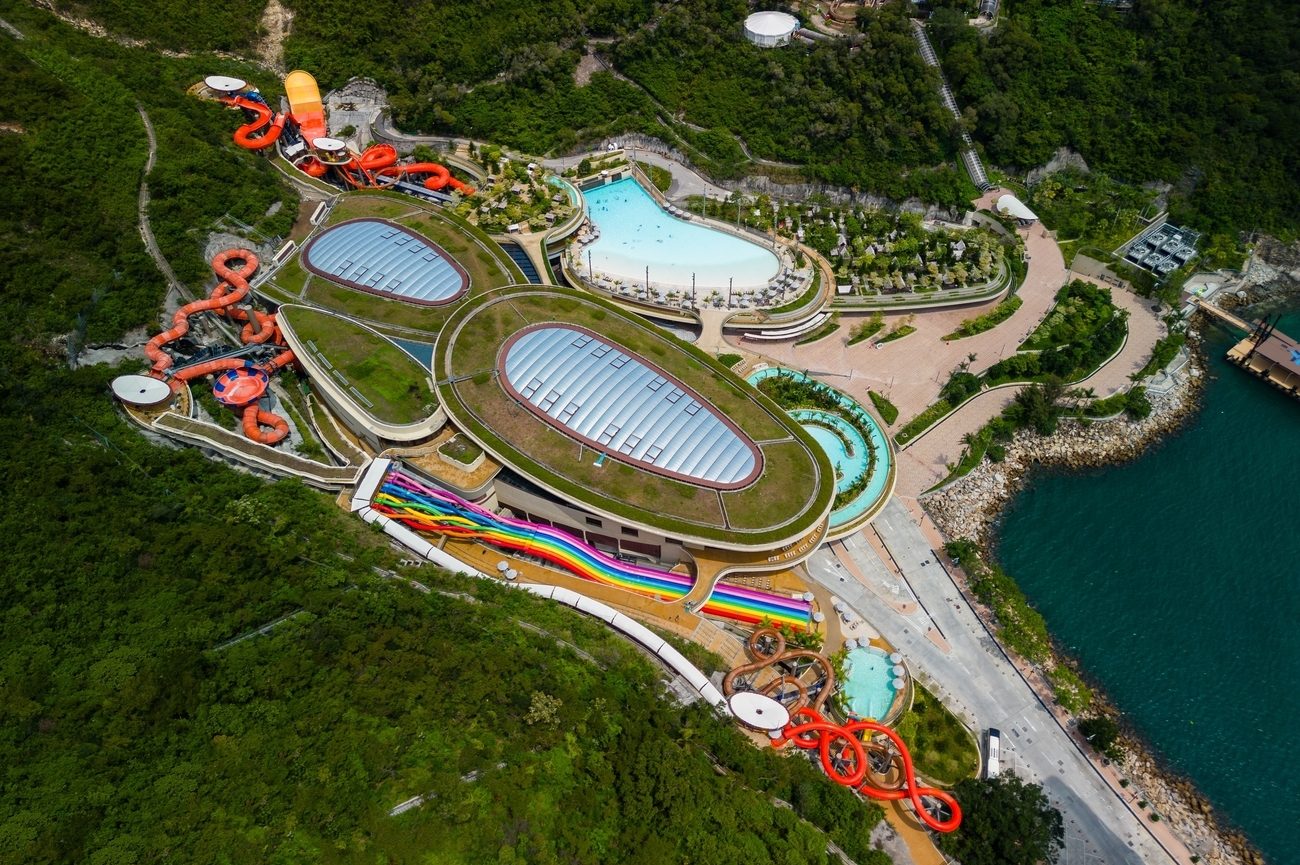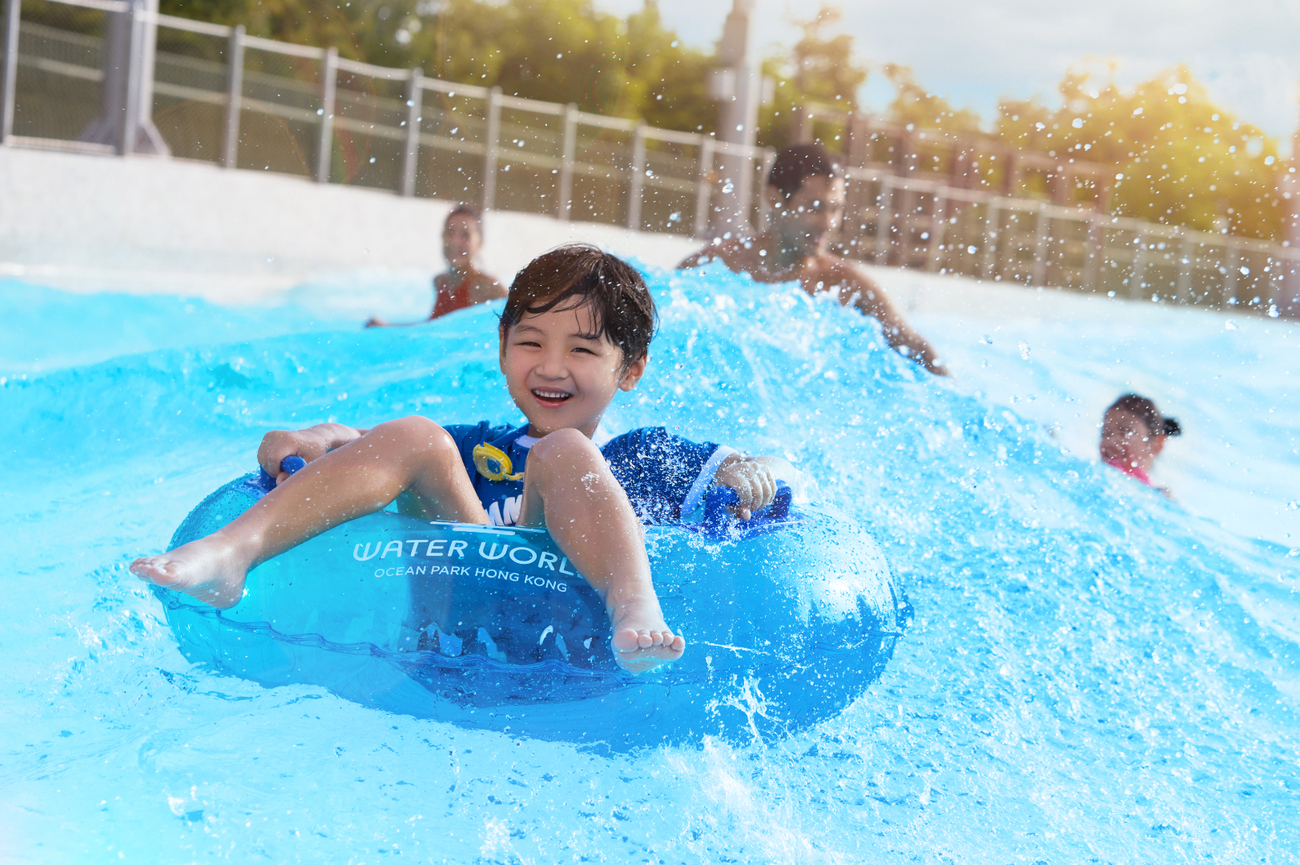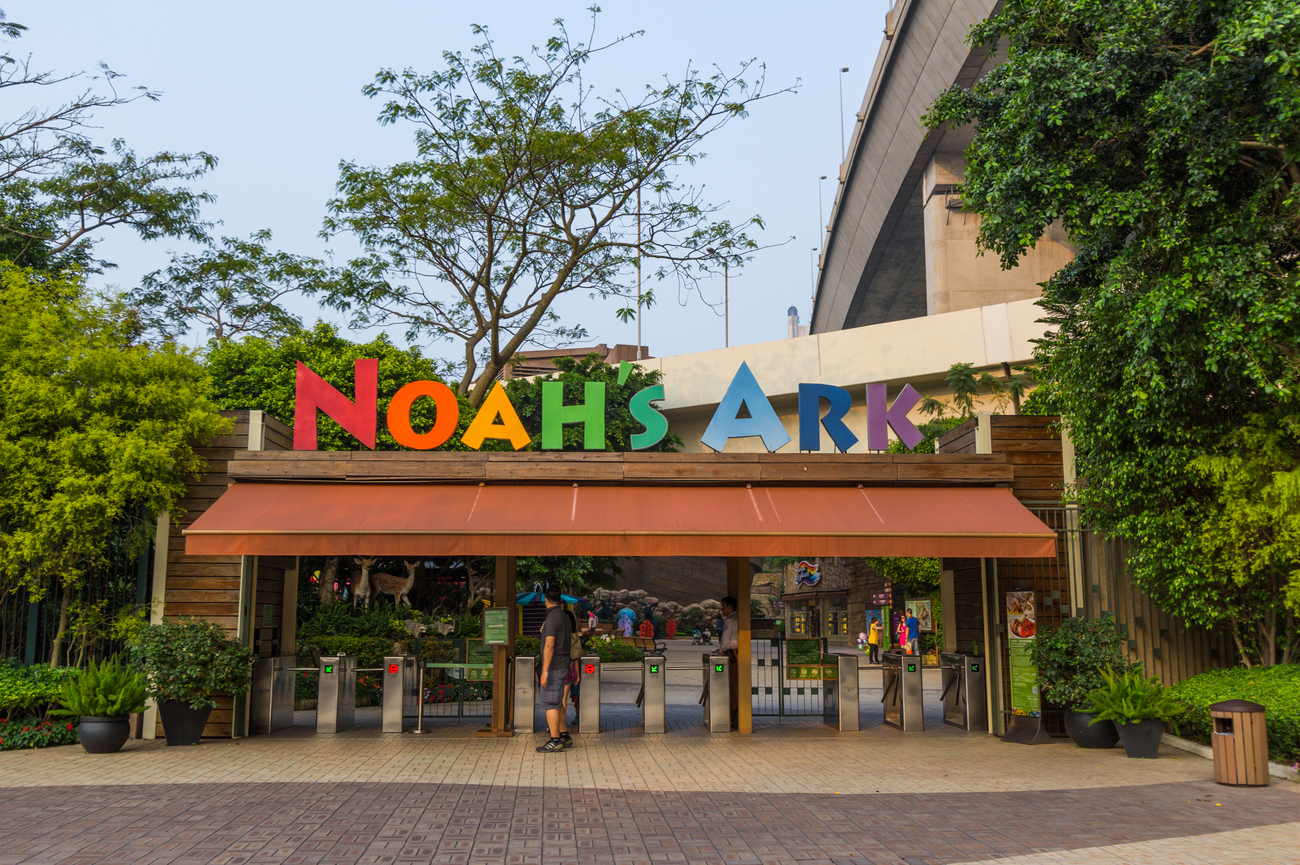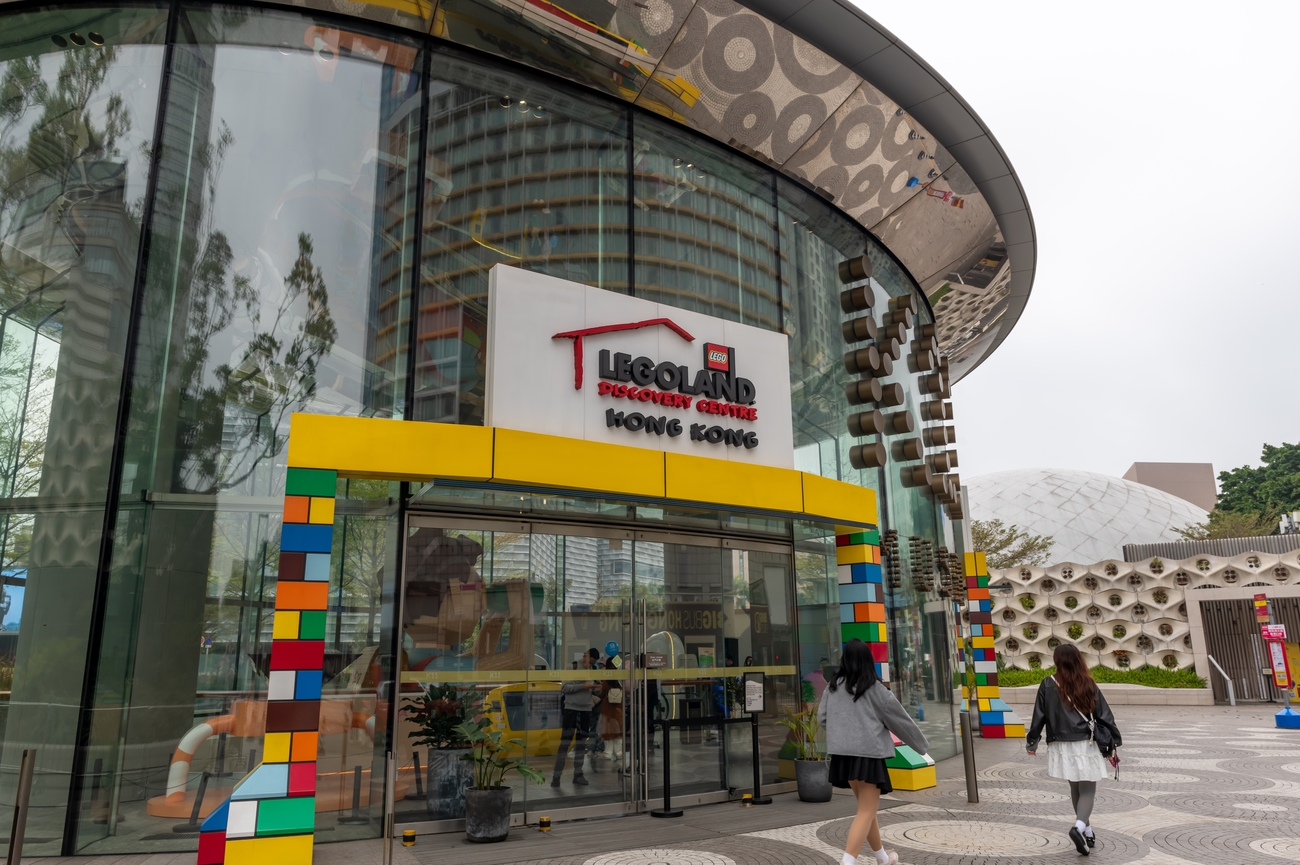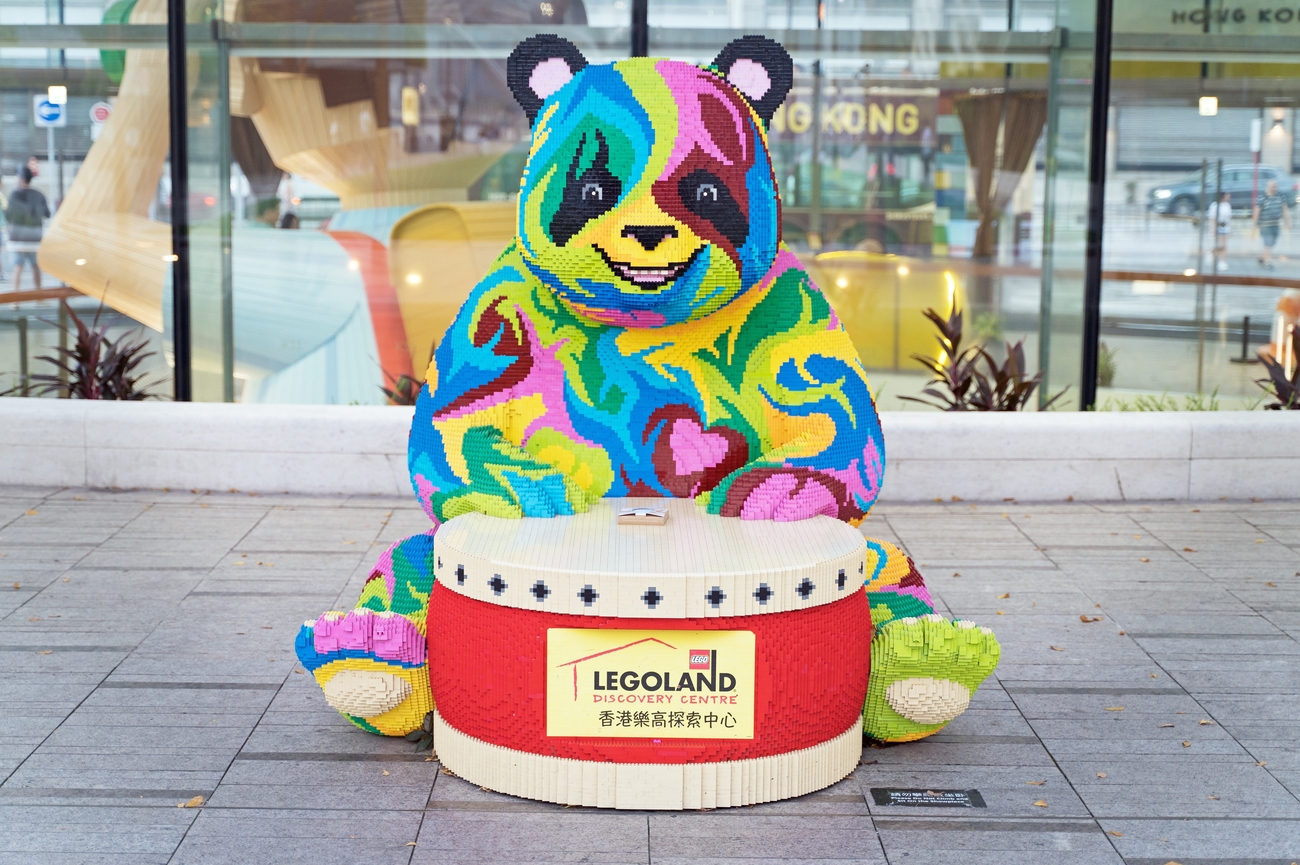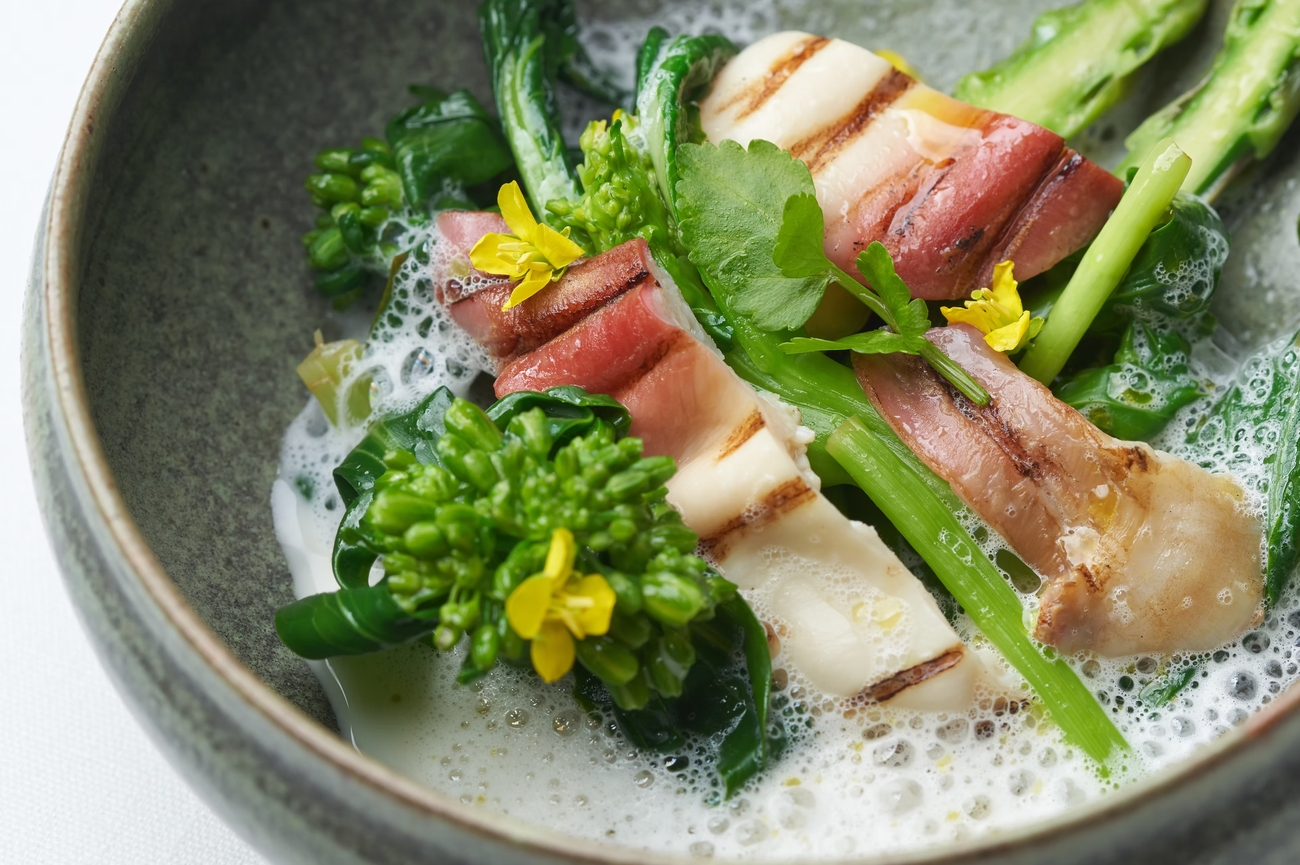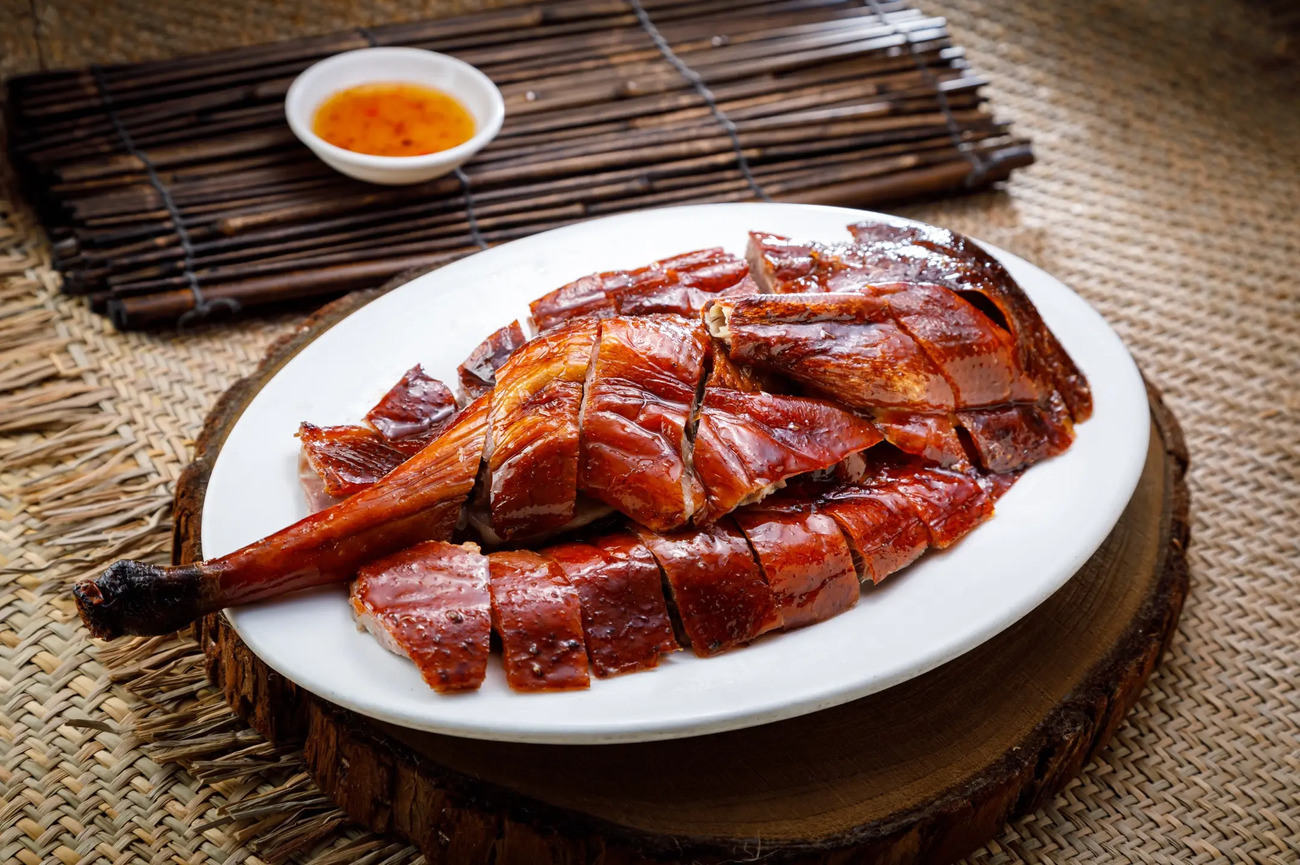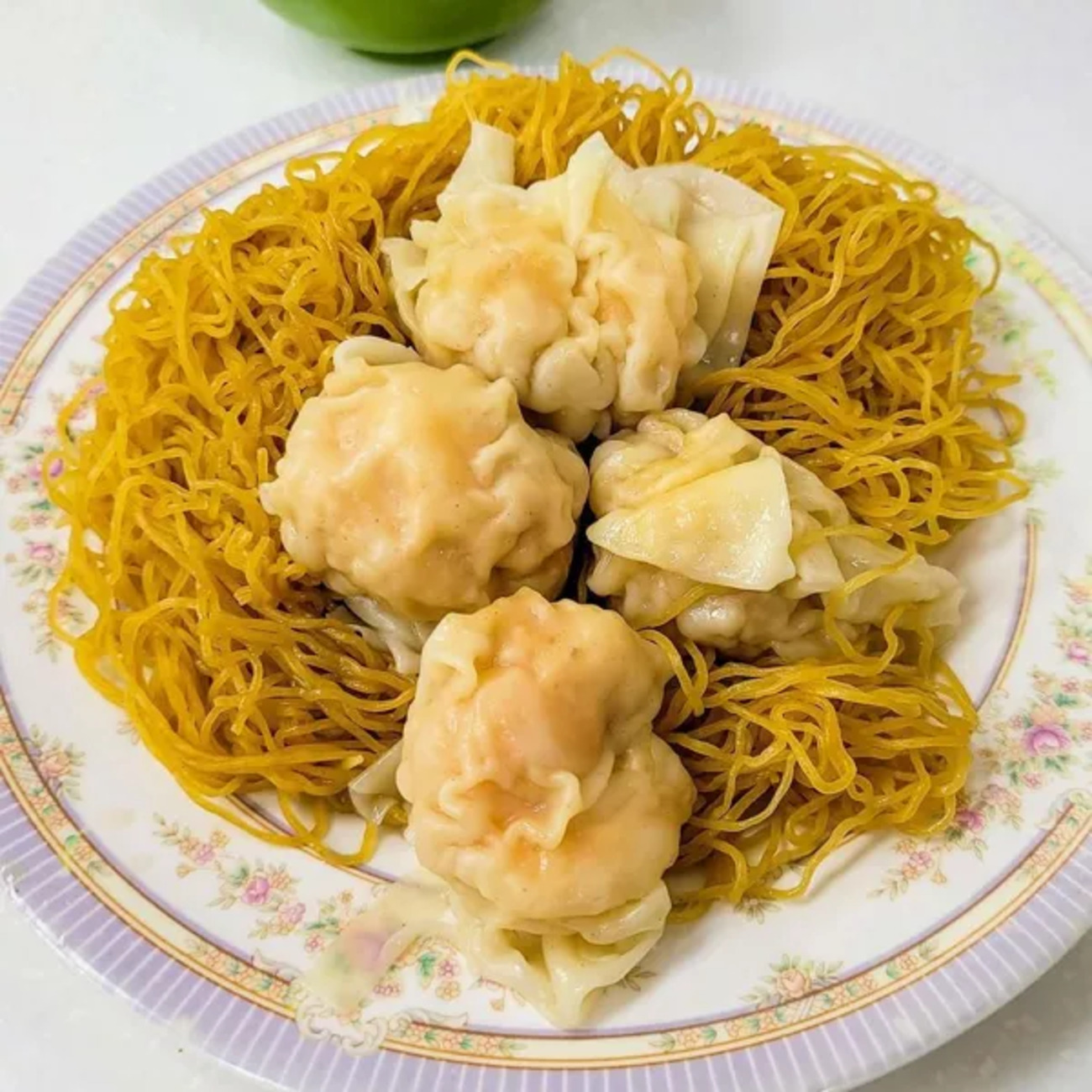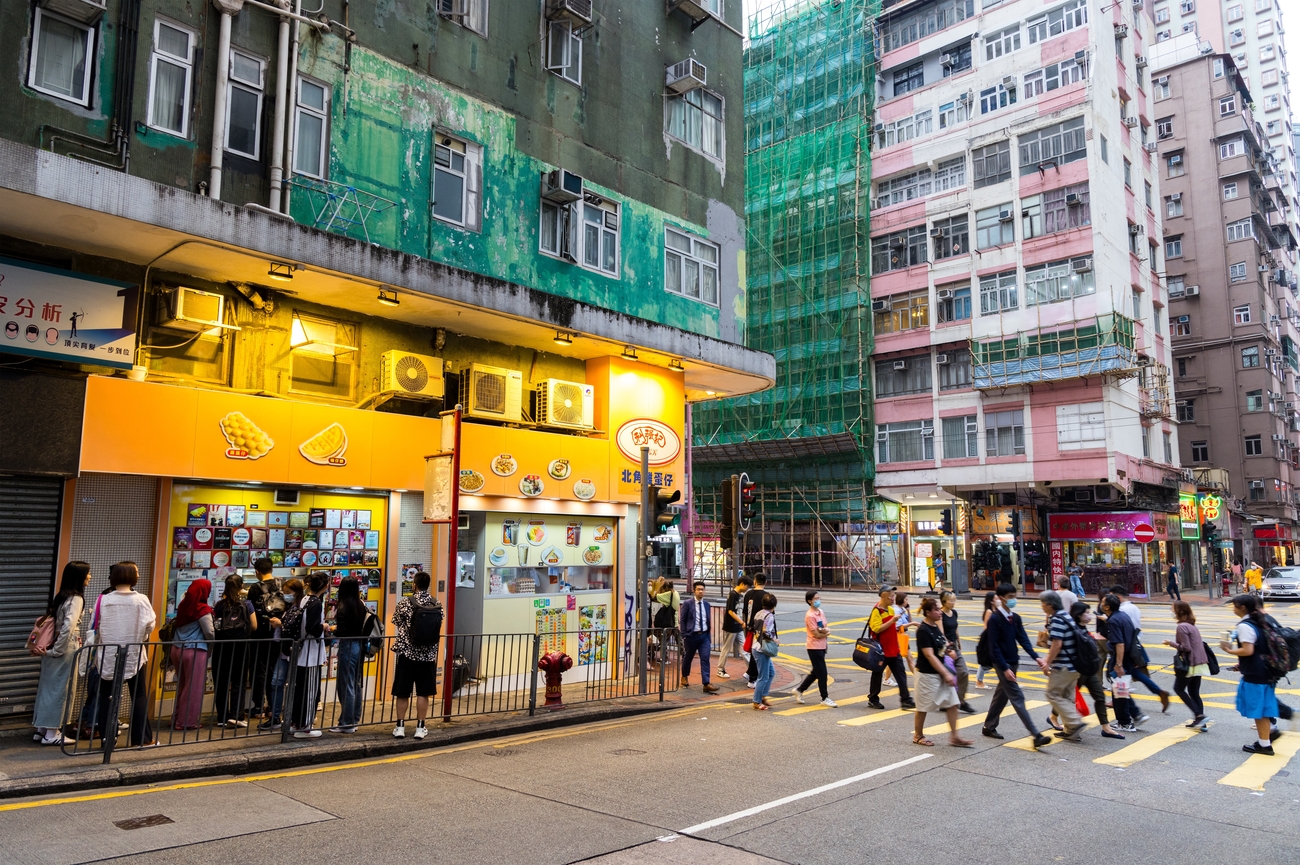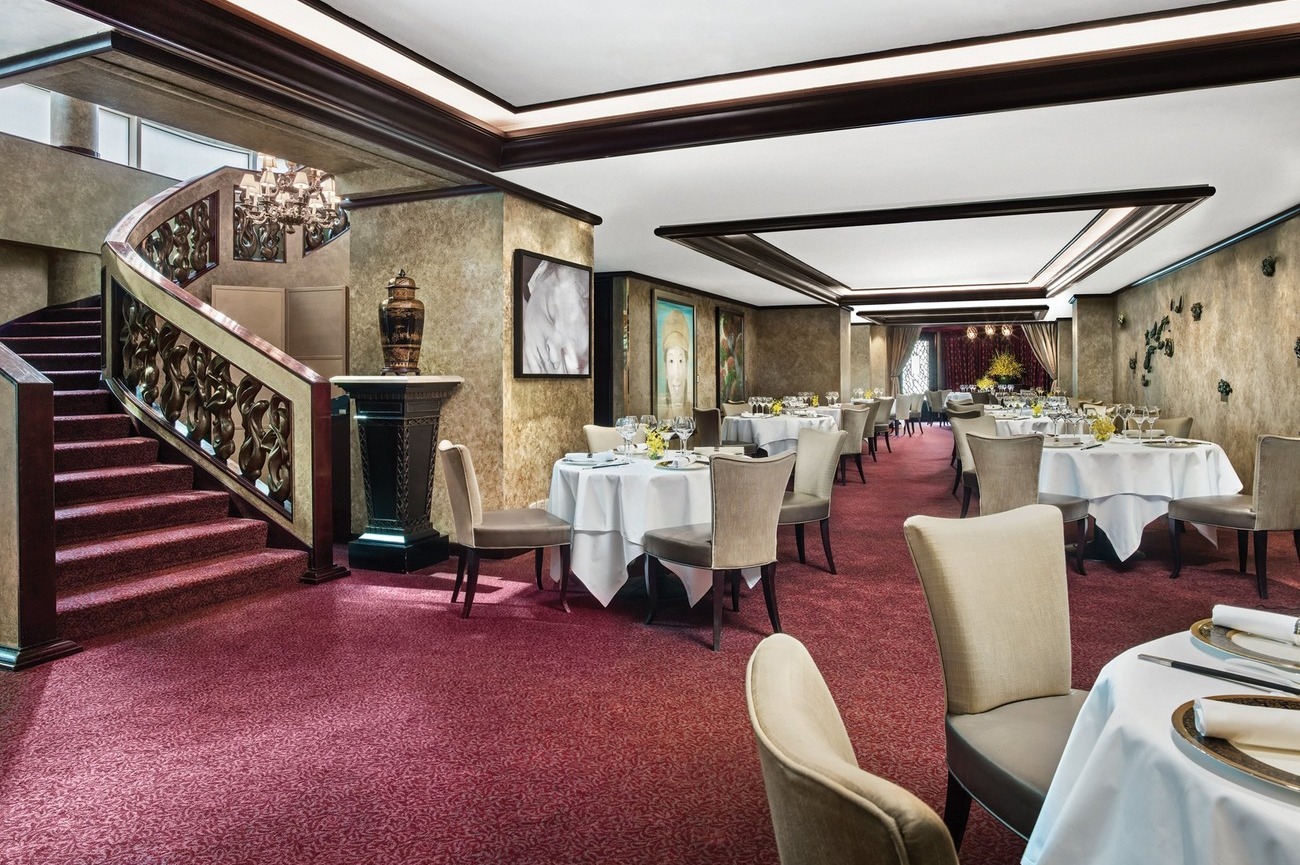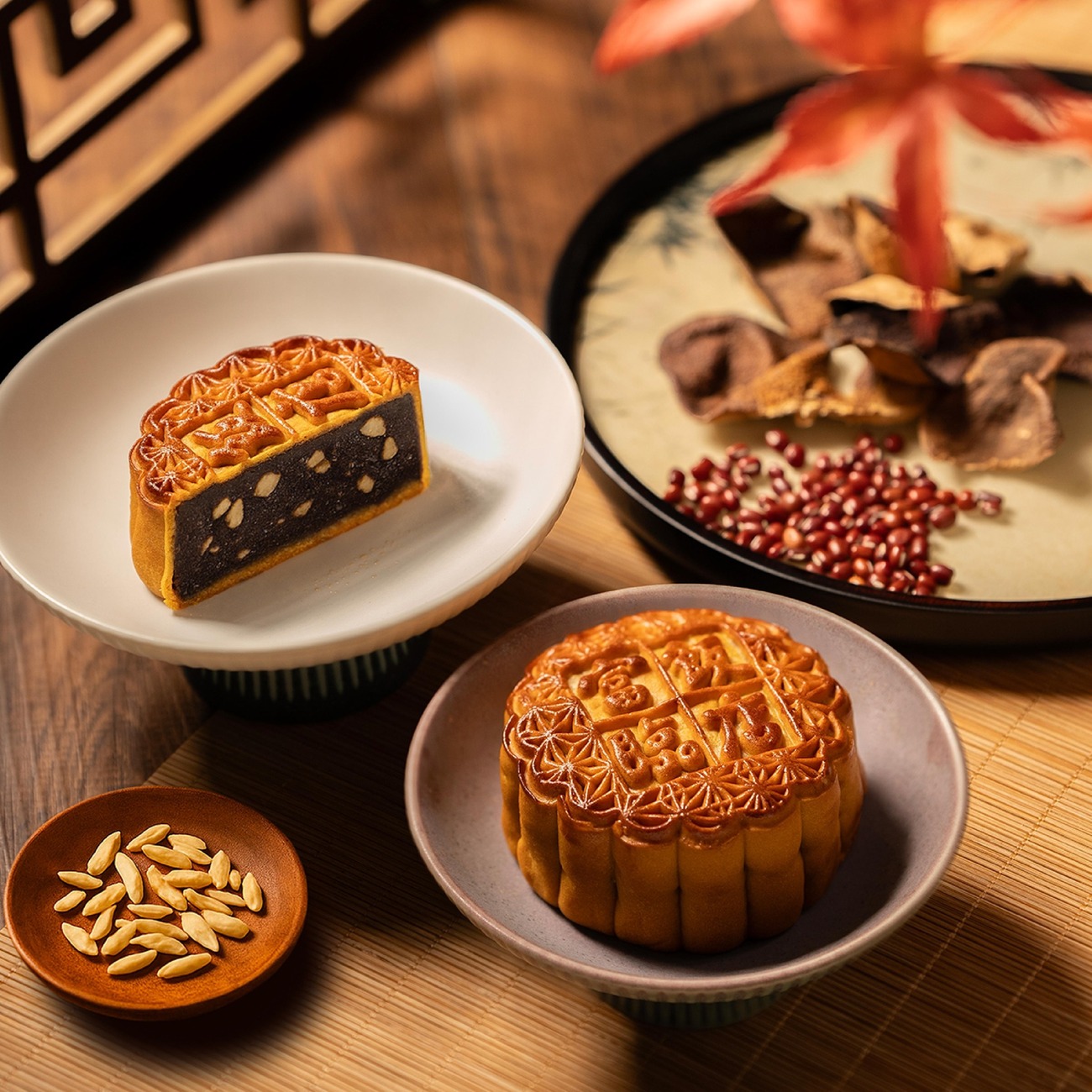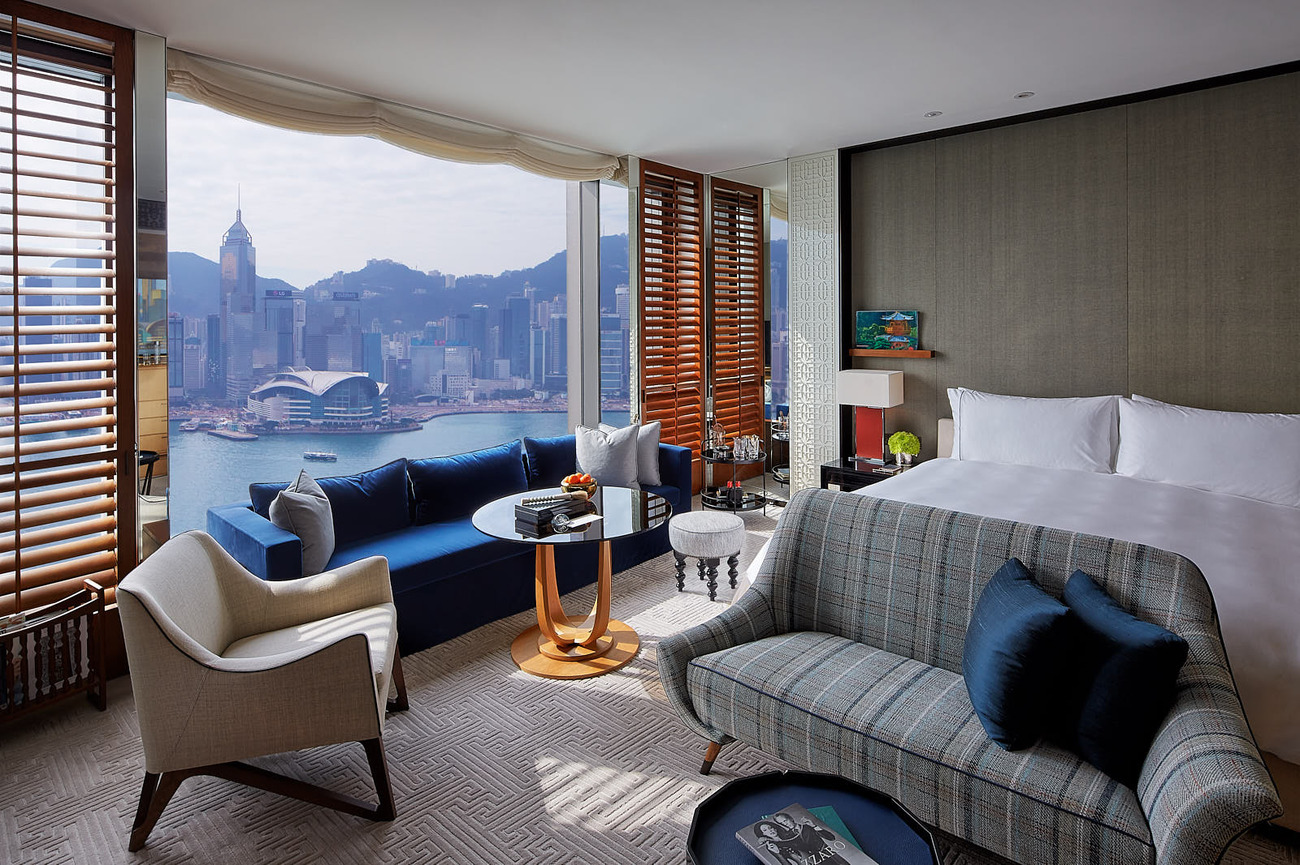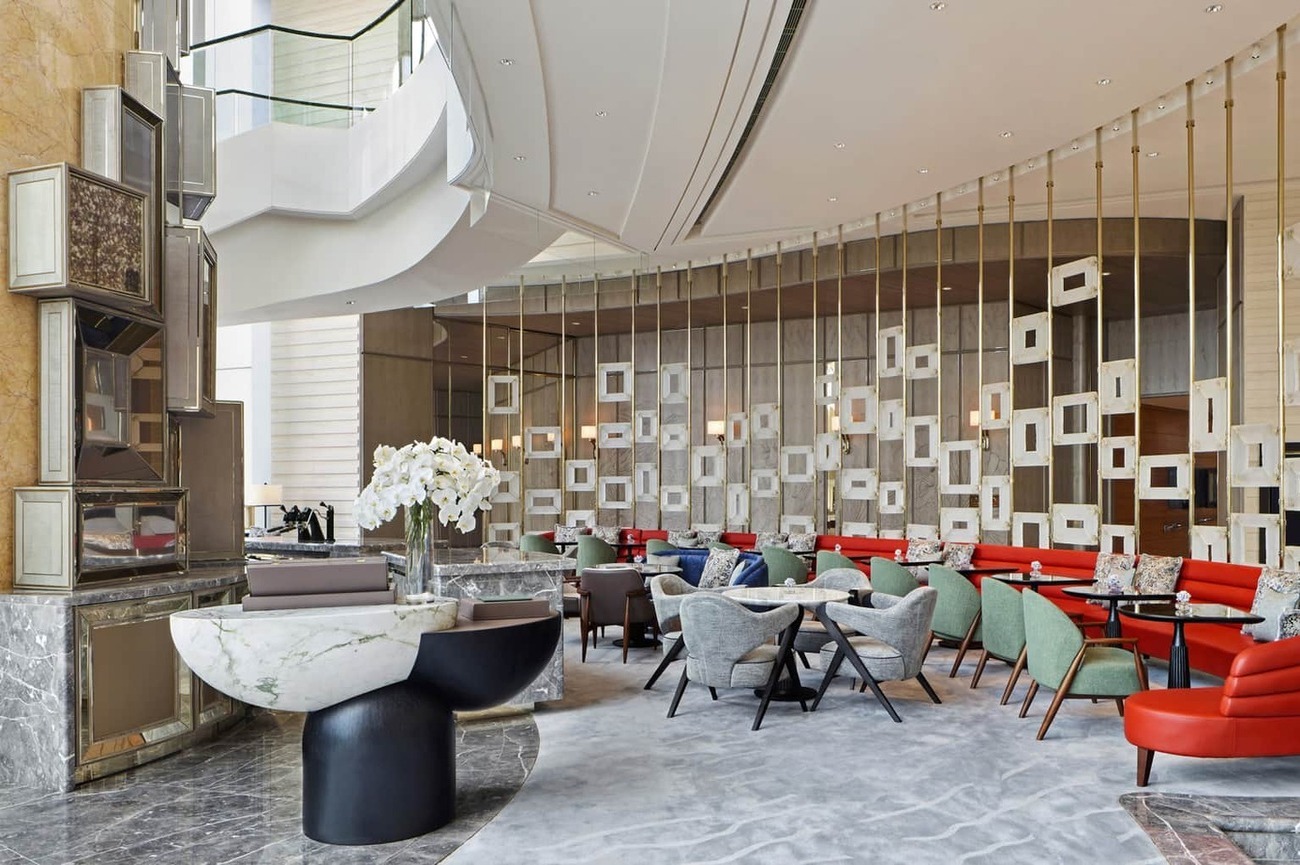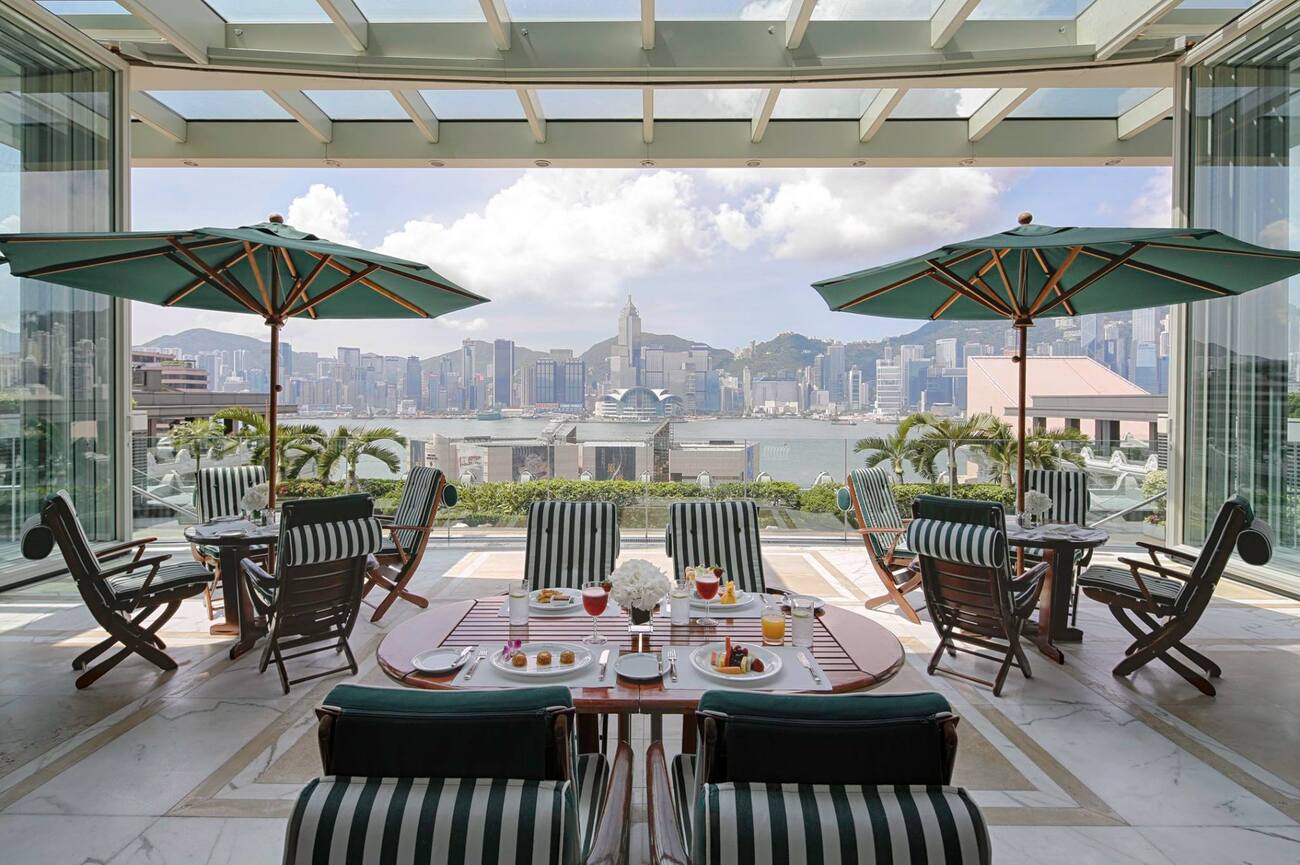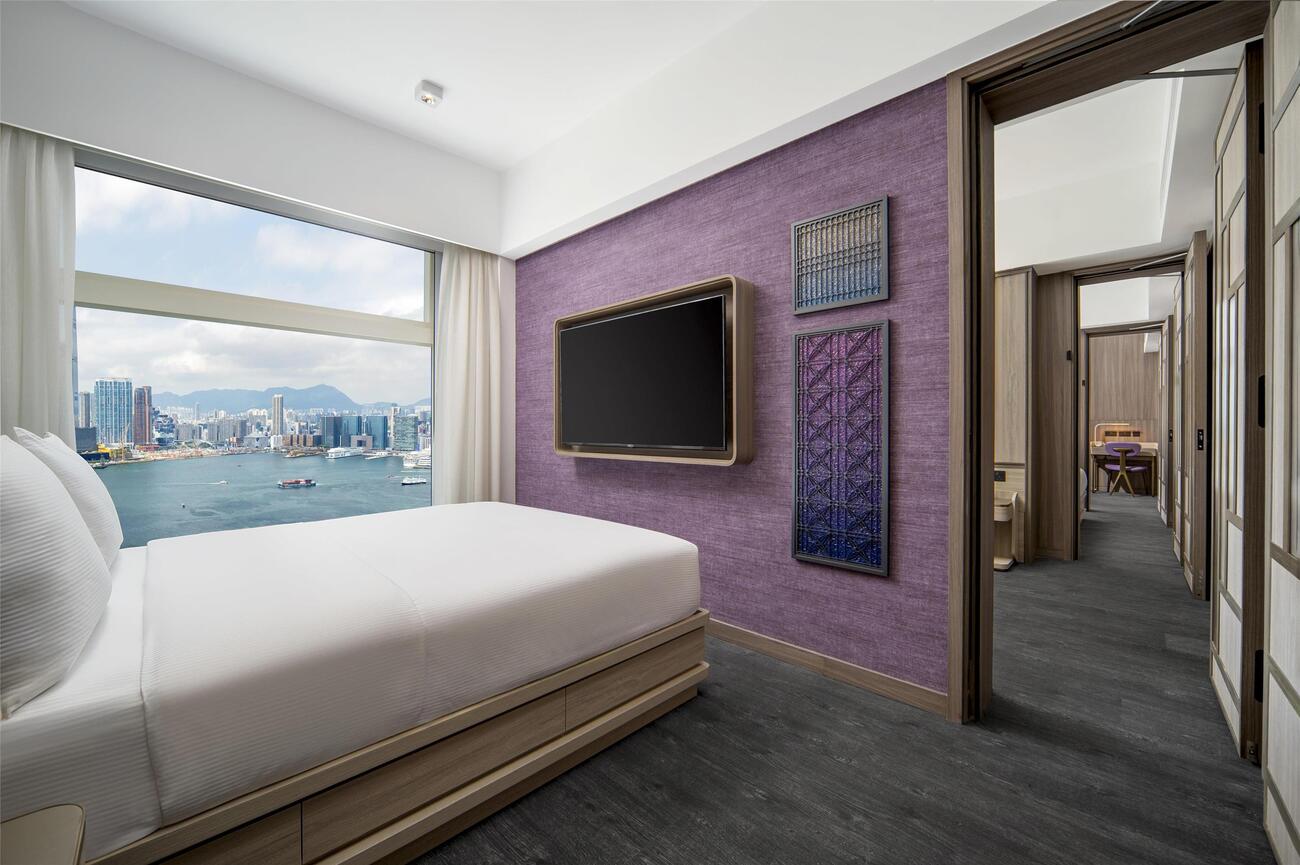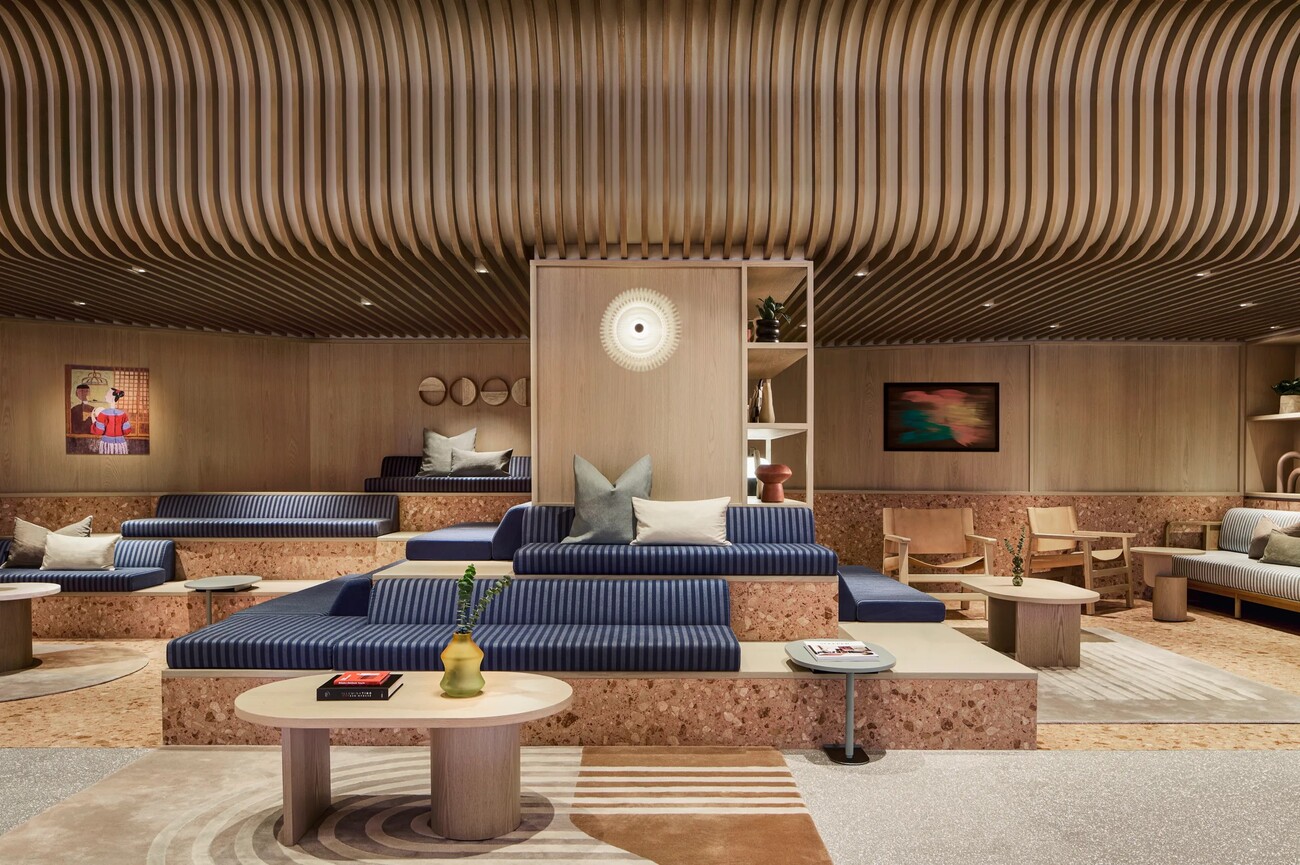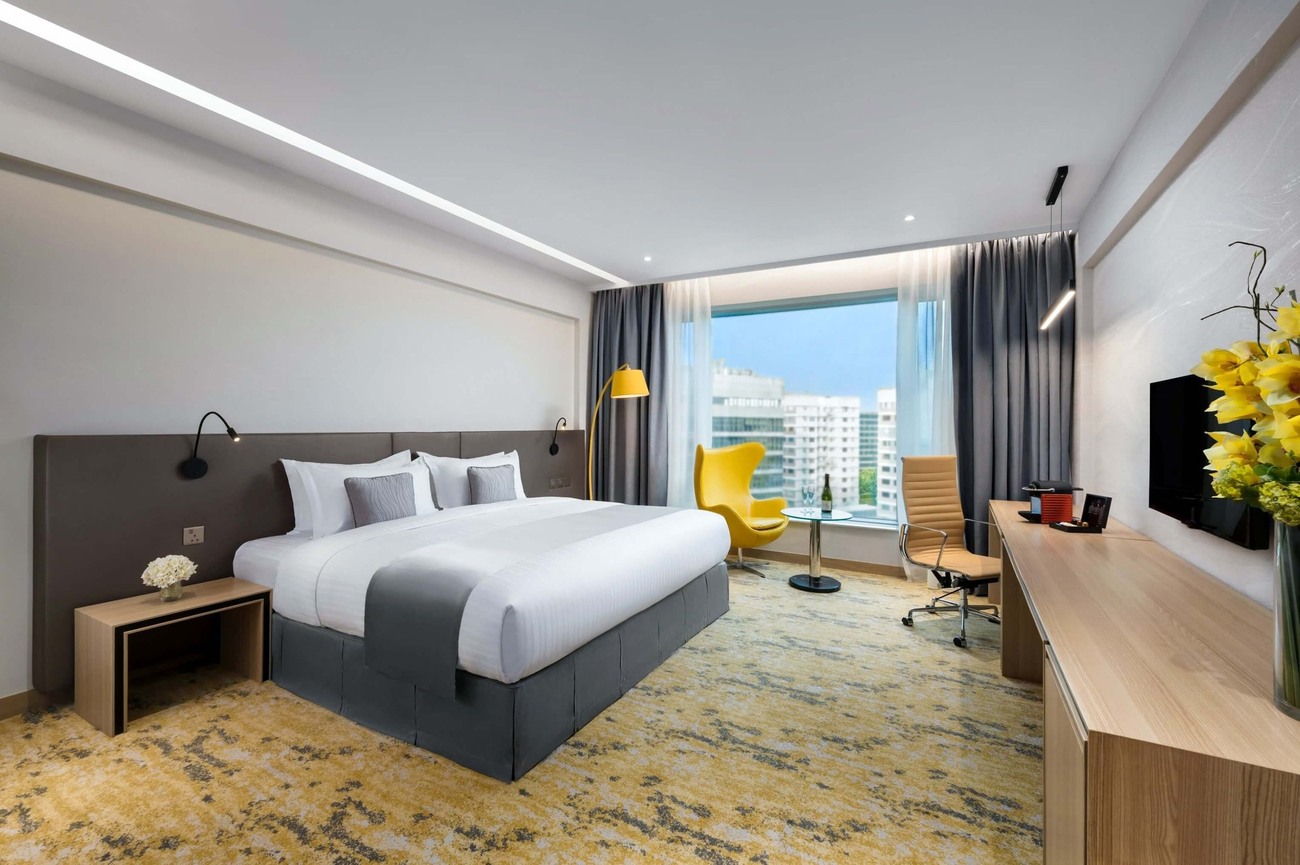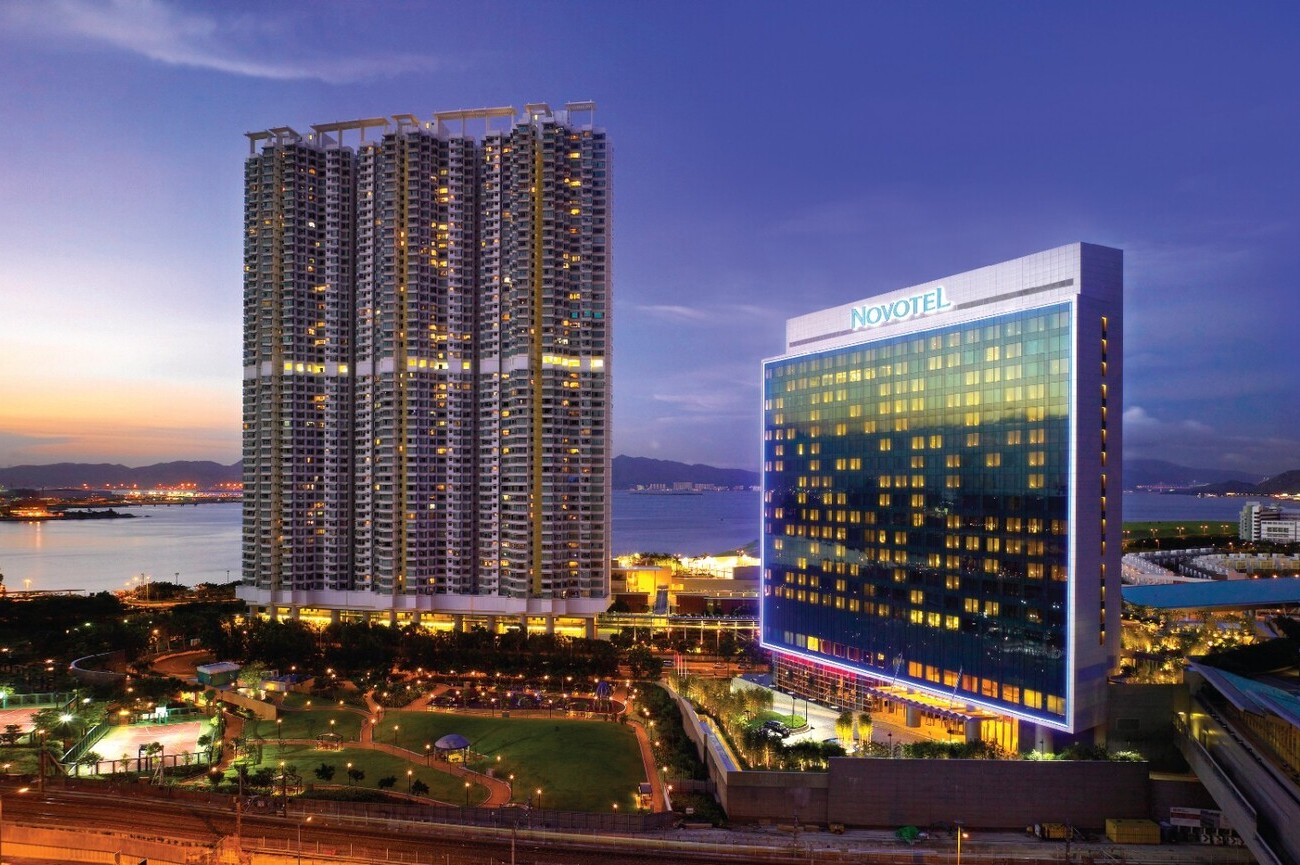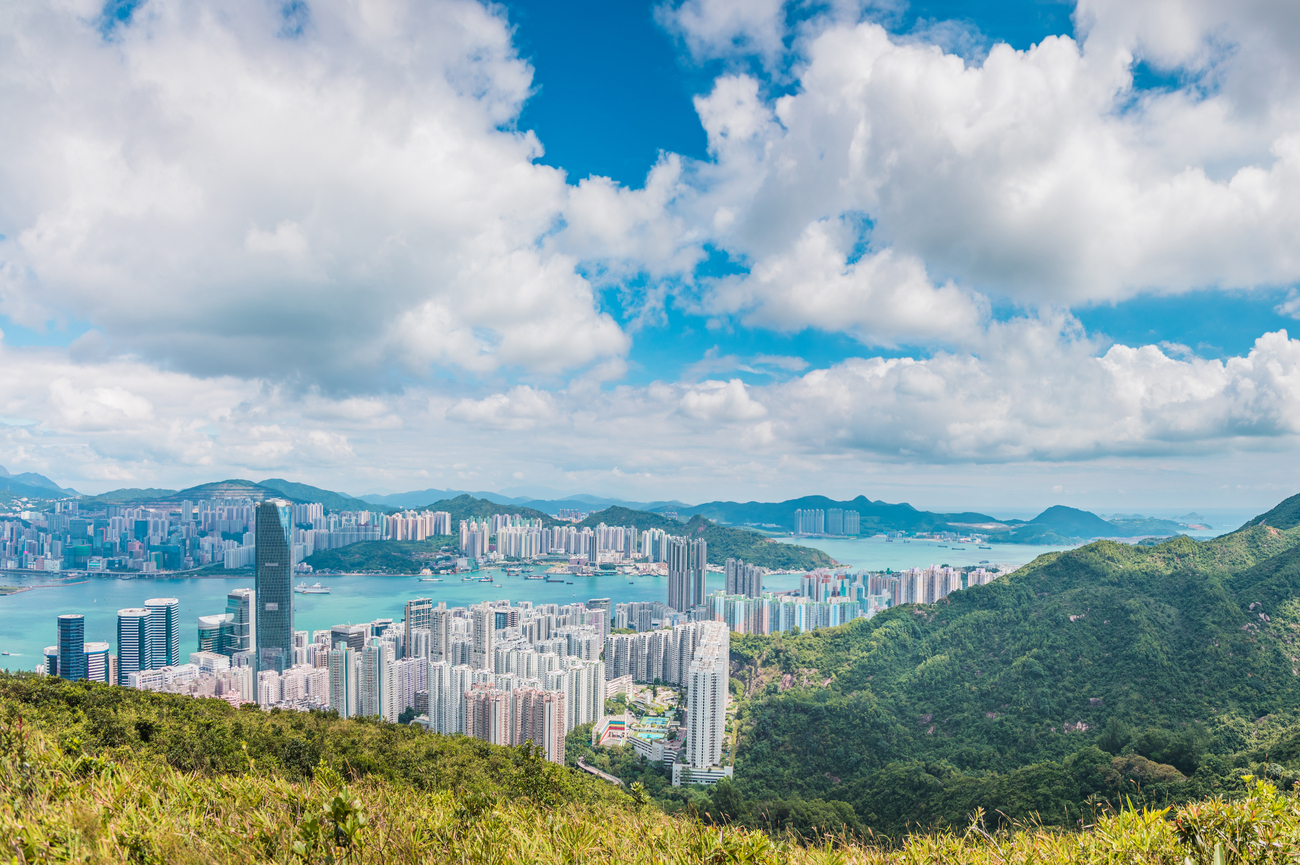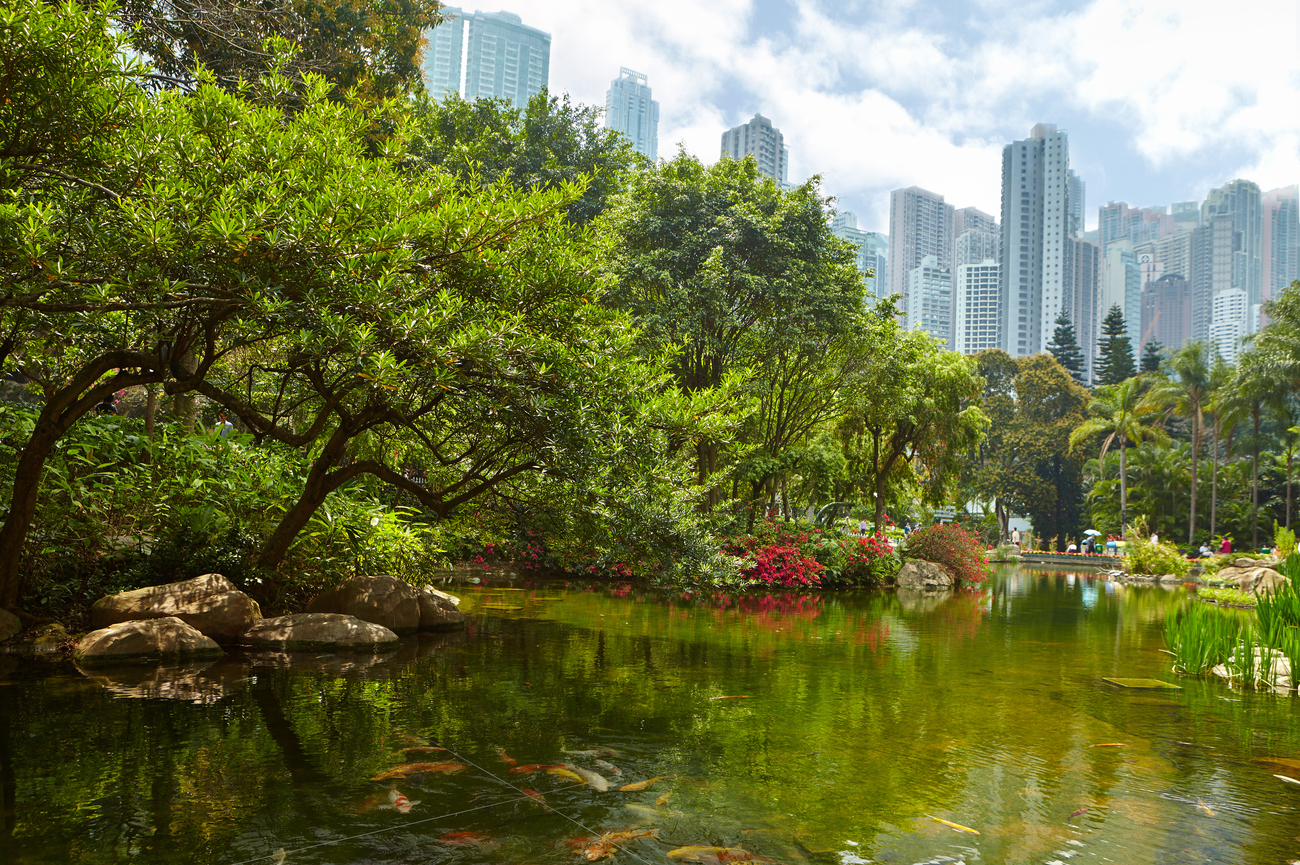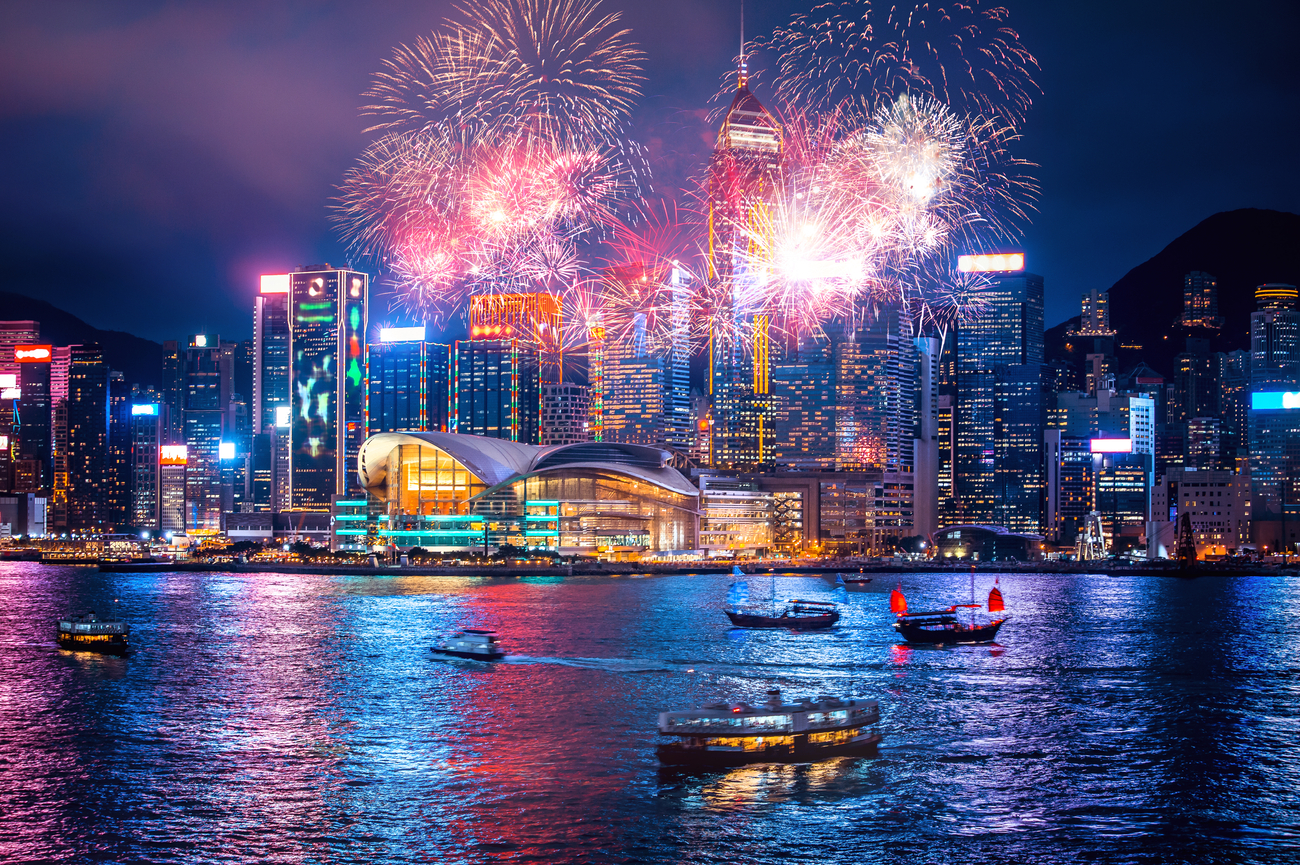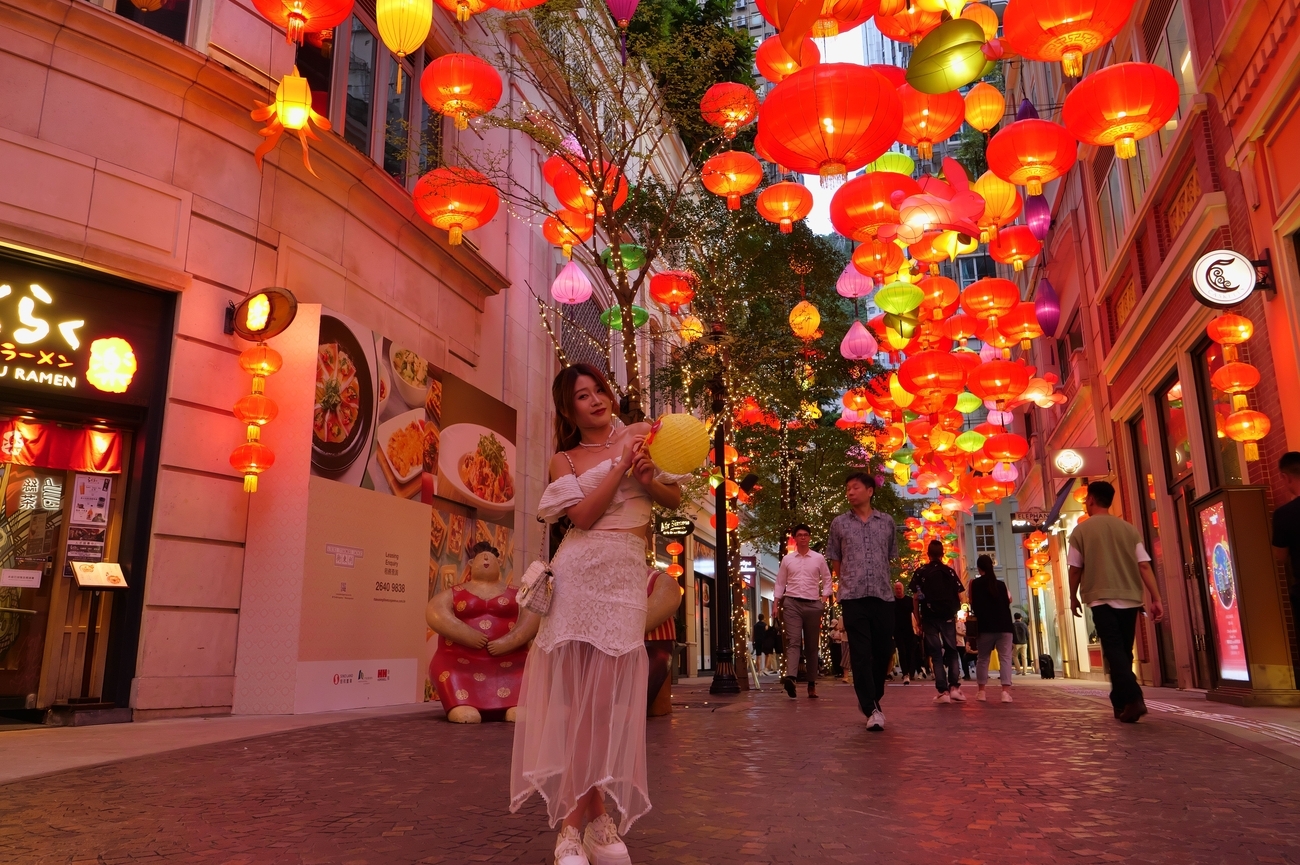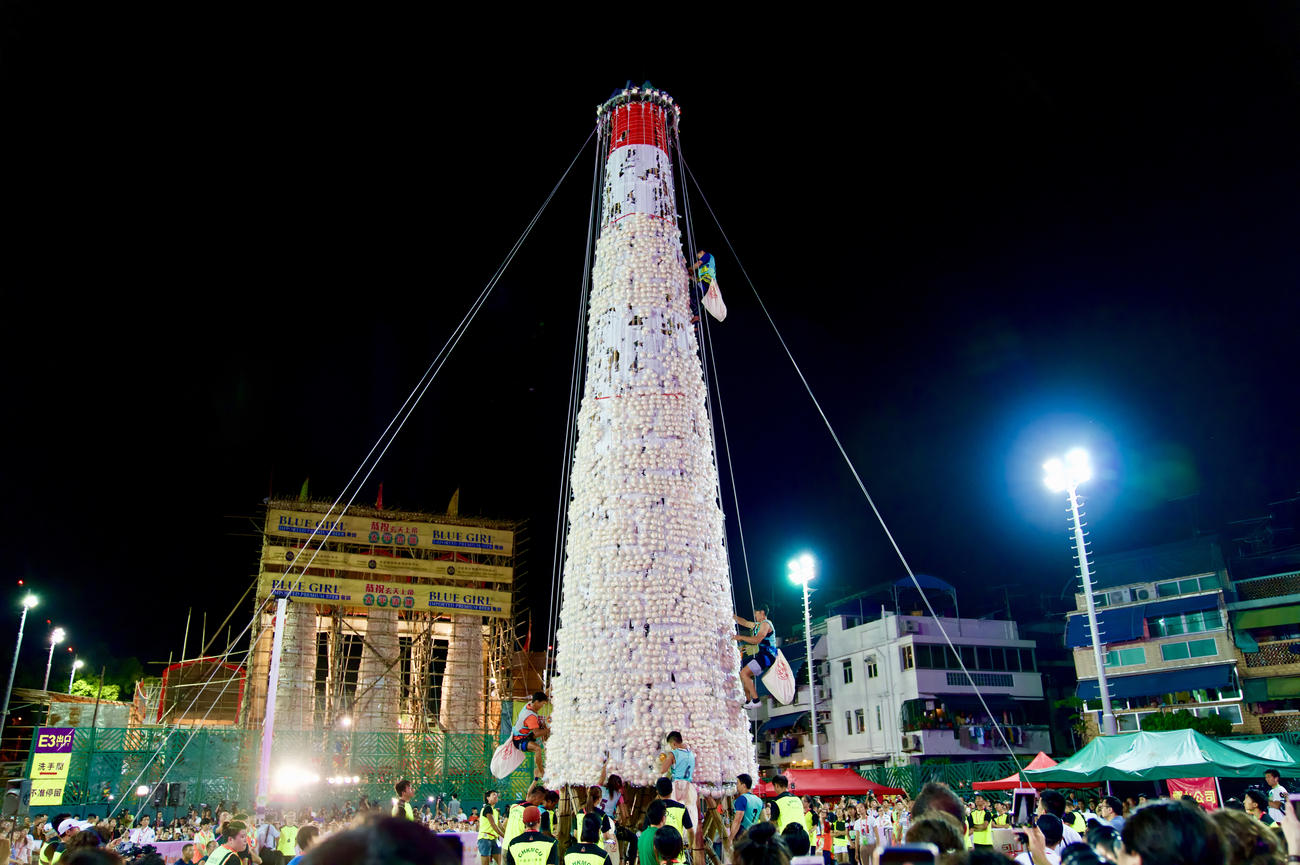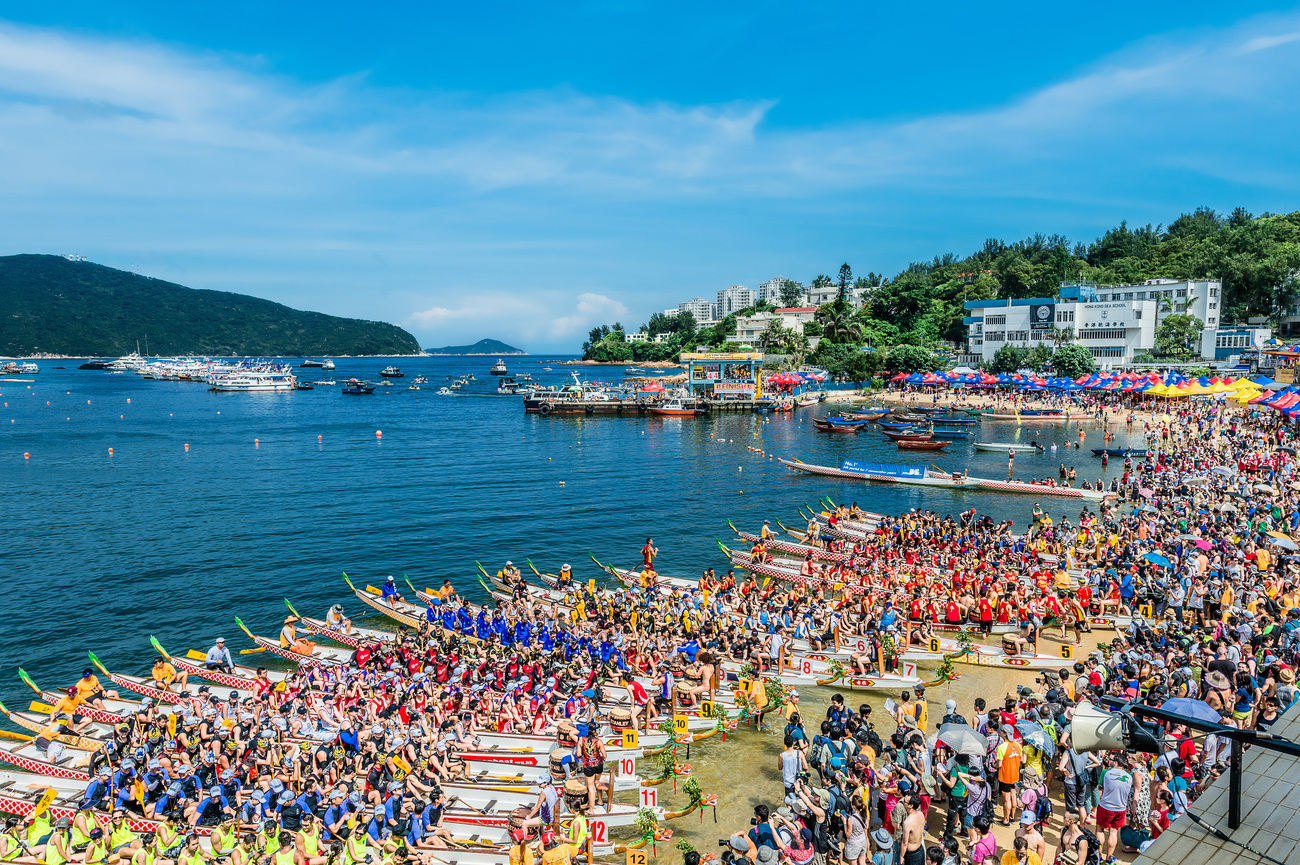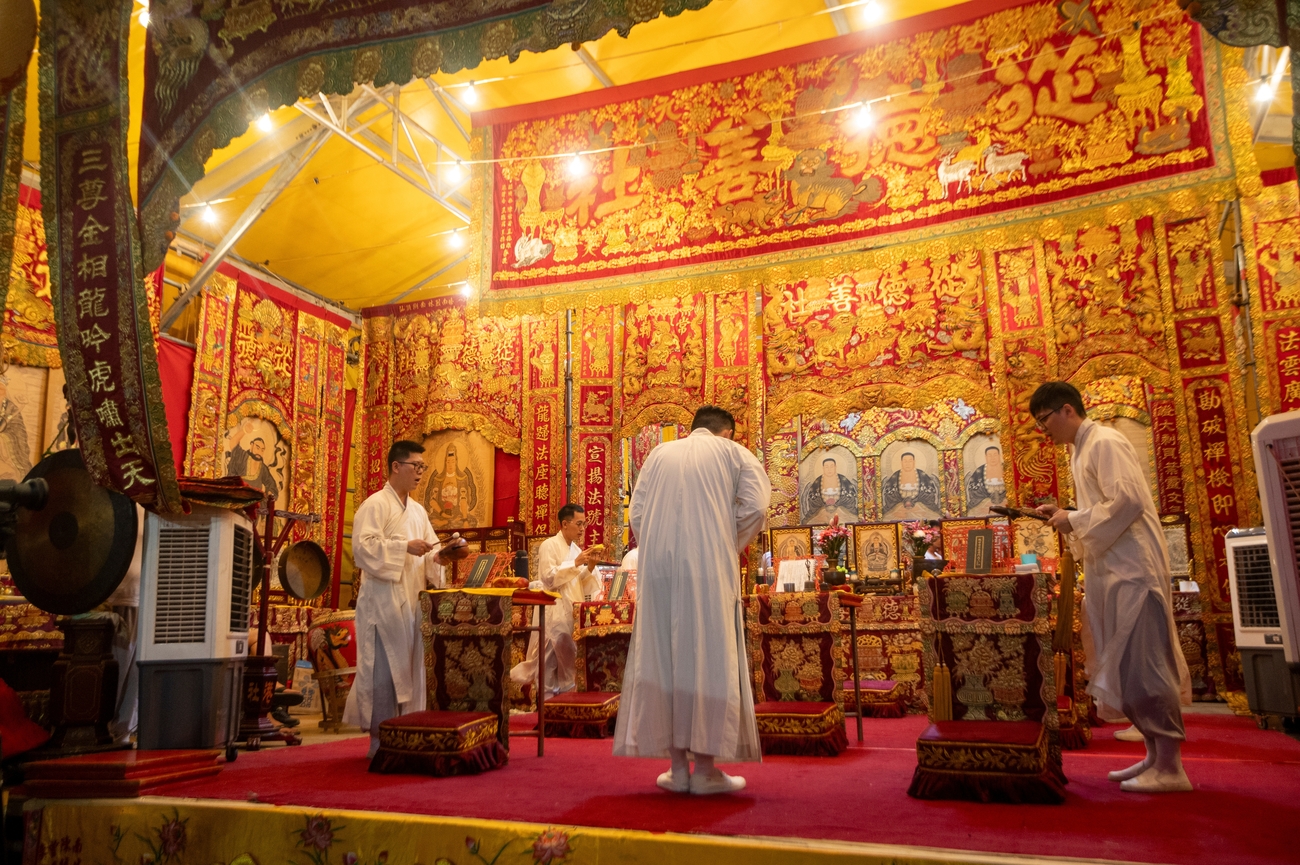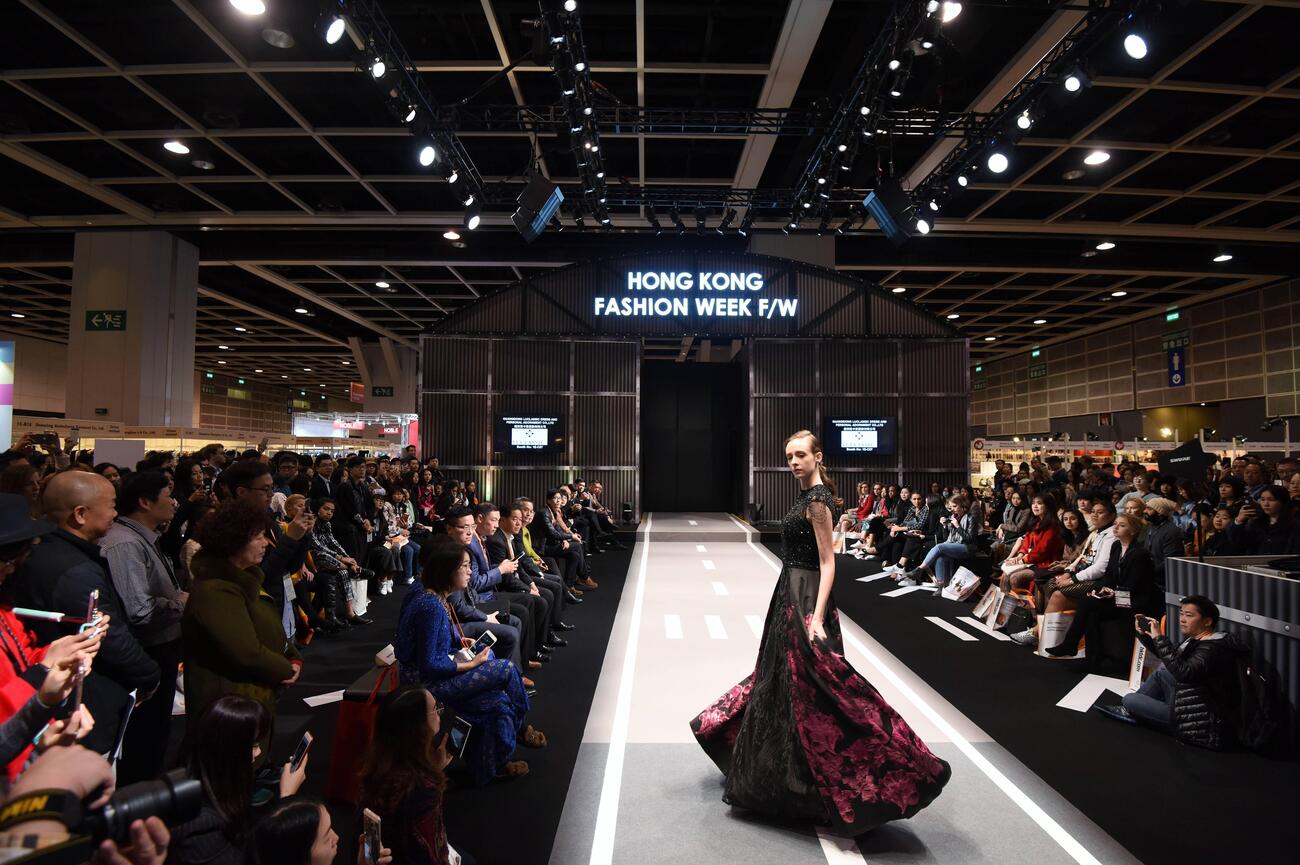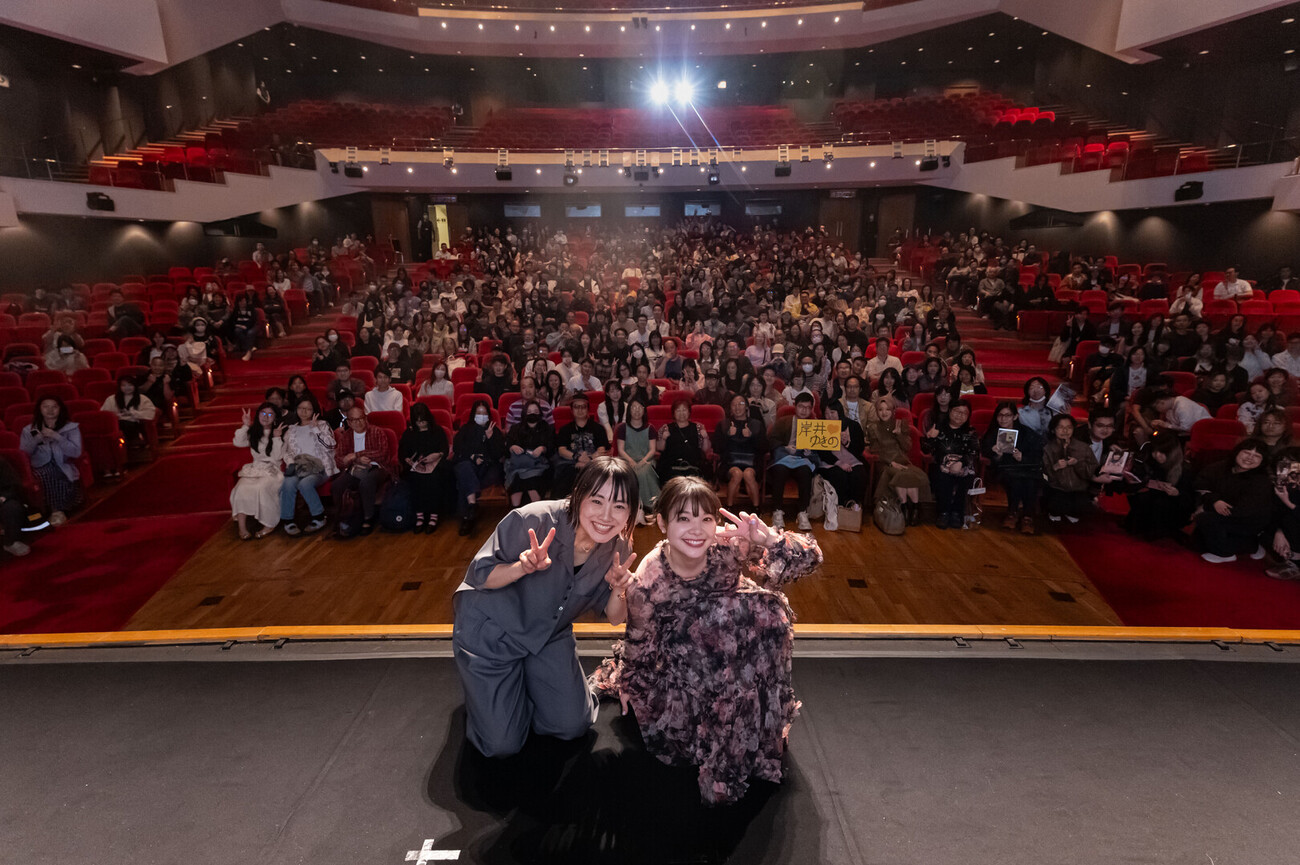Things to Do in Hong Kong: 5-Day Itinerary
Hong Kong has long been known as “Asia’s World City,” a place where ancient temples stand close to neon-lit towers, and where centuries of Chinese heritage meet global influences.
In this five-day itinerary, you’ll experience the many sides of Hong Kong: dining at Michelin-starred restaurants, wandering through Chinese gardens, stepping into incense-filled temples, and even chartering a private yacht to hidden islands. Along the way, you’ll find insider tips, cultural insights, and a few hidden gems that even locals treasure.
Come discover Asia’s World City with Revigorate, and let us help you discover the layers that make Hong Kong truly unforgettable.
Day 1

Morning: Kowloon Walled City Park
Begin the day at Kowloon Walled City Park, a peaceful reclamation of what was once the most densely populated neighbourhood in the late 1980s. The gardens here are laid out in classical Jiangnan style, with pavilions, ponds, and stone bridges, perfect for an early morning stroll.
Sik Sik Yuen Wong Tai Sin Temple
Next, take a 7-minute walk to Sik Sik Yuen Wong Tai Sin Temple, one of Hong Kong’s most visited temples. Local worshippers often come here to light incense and have their fortunes told by kau cim (fortune sticks). If you’d like to take part in this practice, remember to bow three times before shaking the bamboo cylinder, and then shake the bamboo cylinder until a numbered stick falls out. More importantly dress modestly, with your shoulders covered.
Nan Lian Garden
Continue your journey to Nan Lian Garden, a 3.5-hectare Chinese classical garden, designed in the style of the Tang dynasty. It’s known for its beautiful architecture, serene water features, ancient trees, and striking contrast with the surrounding modern city skyscrapers. Allot at least one to two hours if you want to fully explore both the Nan Lian Garden and the Chi Lin Nunnery, next to it.
Chi Lin Nunnery
Next to Nan Lian Garden is the Chi Lin Nunnery, a large Buddhist temple complex, built without a single nail. It is considered one of the largest handmade wooden buildings in the world. Explore the temple halls and find a moment of reflection. Keep in mind to dress modestly and keep noise to a minimum.
Day 1, Morning - Hong Kong Tour Map
Afternoon: Hong Kong Museum of
History
Cross over to Hong Kong Museum of History, a large public museum in Tsim Sha Tsui, that showcases Hong Kong's cultural and historical heritage from prehistoric to modern times. Here, you’ll find the comprehensive permanent exhibition "The Hong Kong Story,” which details Hong Kong's prehistoric past to the 1997 handover.
Kowloon Park
From history, let’s now head over to Kowloon Park, a large public park in the heart of Tsim Sha Tsui. Here, you can enjoy a range of activities from garden strolling, bird watching, and attending cultural events. Locals go here to practice tai chi or sip tea in shaded courtyards. It’s a nice place to visit to get the feel of Hong Kong’s culture.
Former Kowloon-Canton Railway Clock Tower
Cap off your day at Hong Kong’s historic landmark and the only surviving part of the old Kowloon Station. Built in the Edwardian Classical Revival style with red bricks and granite, the tower has stood since 1915 as a monument to Hong Kong's railway history. From here, you can enjoy the nightly "Symphony of Lights" show over the harbor from the nearby promenade.
Day 1, Afternoon - Hong Kong Tour Map
Day 2

Morning: Lantau Island
Today takes you out of the city and into the quieter landscapes of Lantau Island. Start early with the Ngong Ping 360 cable car, the ride will take about 25 minutes. Opt for the crystal cabin with a glass floor for a bird’s-eye view of the South China Sea and forested slopes.
Tian Tan Buddha
Your first stop is the Tian Tan Buddha, also known as the Big Buddha. It’s one of the largest seated outdoor bronze Buddha statues in the world. Arrive before 10 a.m. if you prefer to enjoy the terrace relatively crowd-free. The climb up the terrace takes about 256 steps, but you’ll be rewarded with a beautiful view over Lantau Island.
Po Lin Monastery
Next to Tian Tan Buddha is the Po Lin Monastery, a major Buddhist sanctuary in Hong Kong. It was founded in 1906 and known for its beautiful architecture. Here, you can explore the monastery's many halls, including the Main Shrine Hall of Buddha and the impressive Grand Hall of Ten Thousand Buddhas.
Day 2, Morning - Hong Kong Tour Map
Afternoon: Wisdom Path
Next, follow the short forest trail to the Wisdom Path, where 38 wooden columns form an infinity symbol on the mountainside, each inscribed with verses from the Heart Sutra. Enjoy panoramic views of the surrounding mountains, the South China Sea, and the Shek Pik Reservoir.
Tai O Promenade
Take a 13-minute drive to Tai O Promenade, a historic fishing village where you can see stilt houses perch over tidal flats. Life here is simple and unhurried, you’ll see fishermen mend nets, market stalls sell dried seafood, and boats shuttle visitors through mangroves where pink dolphins are sometimes spotted. Take time to explore side lanes where they sell shrimp paste and traditional snacks.
Day 2, Afternoon - Hong Kong Tour Map
Day 3

Morning: Hong Kong Palace Museum
Begin on the West Kowloon Cultural District, where the Hong Kong Palace Museum brings treasures from Beijing’s Forbidden City into contemporary galleries. The museum showcases over 900 priceless treasures from Beijing's Palace Museum, alongside artifacts from other major international institutions. The museum also offers stunning views of the surrounding area, including Victoria Harbour.
Hong Kong Museum of Art
Next, take an 8-minute drive to Hong Kong Museum of Art, Hong Kong’s first public art museum, housing an extensive collection of Chinese antiquities, paintings, and calligraphy, along with international art.
Day 3, Morning - Hong Kong Tour
Map Map
Afternoon: Yick Cheong Building
Cross the harbour to Quarry Bay for a glimpse of Hong Kong’s cinematic urban side at the Yick Cheong Building, nicknamed “the Monster Building.” It’s a well-known, high-density residential complex constructed in the 1960s to provide government-subsidized housing during a period of population growth. It’s been featured in a number of films including Transformers: Age of Extinction and Ghost in the Shell.
Hong Kong Park
Next, take a 10-minute drive to Hong Kong Park, located on the former site of the Victoria Barracks. The park contains several artificial lakes, ponds with koi fish and turtles, and a waterfall that you can walk behind for a unique view. Wander through the aviary, climb the viewing tower, or linger by lotus ponds for a meditative experience.
Lan Kwai Fong
Experience Hong Kong’s nightlife at Lan Kwai Fong, home to over 90 restaurants, bars, and clubs, the district comes alive in the evening and is most vibrant on Friday and Saturday nights. The place is known for its legendary holiday parties, especially the Halloween revelries, and other festivals throughout the year, such as the annual LKF Beer & Music Fest.
Day 3, Afternoon - Hong Kong Tour
Map Map
Day 4

Morning: Ten Thousand Buddhas Monastery
Begin the day in Sha Tin with the Ten Thousand Buddhas Monastery. The walk up is part of the experience, with over 400 golden, life-sized statues lining the steep path, each with unique expressions and postures. It takes about 20 minutes to climb, so wear comfortable shoes and bring water. At the top, you’ll find the main hall with its walls lined by thousands of miniature Buddhas.
This is not an active monastery which means no monks live here, but it’s still considered a sacred space, so keep voices low, dress modestly, and avoid pointing directly at statues. Morning visits are best to avoid the heat and to have the terraces mostly to yourself.
Hong Kong Heritage Museum
A short 8-minute ride away is the Hong Kong Heritage Museum, showcasing Hong Kong's unique history, art, and culture. One of its popular exhibitions is dedicated to the legendary martial artist and actor Bruce Lee. Some notable exhibitions are Cantonese Opera Heritage Hall, Jin Yong Gallery, Hong Kong Pop 60+, and Children's Discovery Gallery.
Kadoorie Farm and Botanic Garden
Next, take a 22-minute drive to Kadoorie Farm and Botanic Garden, located on the northern slopes of Tai Mo Shan, the city's highest mountain. Here, you can visit enclosures housing rescued animals that cannot survive in the wild, such as leopard cats, muntjac (barking) deer, and reptiles. Or explore a variety of meticulously maintained plant collections, including the Orchid Greenhouse, Butterfly Garden, Fern Walk, and Magnolia Garden.
Day 4 - Hong Kong Tour Tour Map
Day 5

Morning: Hong Kong Wetland Park
Venture north to the Hong Kong Wetland Park, a 61-hectare ecotourism facility that features a large wetland reserve and a visitor center called the Wetland Interactive World. Explore trails and view wildlife in their natural environment. You can also visit the famous crocodile, Pui Pui. The croc has a home in the park where you can learn about her story and crocodile conservation. Wear light clothing and walking shoes as the trails are easy, but the humidity can rise quickly. Bring insect repellent as well.
Tsim Sha Tsui
Return to the city and spend your last afternoon in Hong Kong at Tsim Sha Tsui, one of Hong Kong’s most dynamic neighbourhoods. Stroll down Nathan Road for a glimpse of neon shopfronts and luxury boutiques, or slip into quieter side streets for tailor shops and tea houses.
Victoria Harbour
Make your way back to the Victoria Harbour promenade for one final look at the skyline. If timing permits, stay for the Symphony of Lights show at 8 p.m., when lasers and projections animate the buildings on both sides of the harbour.
Day 5 - Hong Kong Tour Map
Day Trips from Hong Kong
- Macau: Just an hour away by ferry, Macau offers a fascinating cultural contrast. Walk through the cobbled streets of the UNESCO-listed Historic Centre or sample Macanese fusion cuisine like African chicken or the famous egg tarts.
- Sai Kung: Known locally as the city’s backyard, Sai Kung is all about nature. Some of the fun activities you can do here is to take a private boat to nearby islands, kayak along volcanic rock formations, or hike to hidden beaches within the Sai Kung East Country Park.
- Cheung Chau: A car-free island with narrow lanes, family-run dim sum stalls, and quiet beaches. It’s highly recommended to rent a bicycle to explore, visit Pak Tai Temple, and see the island’s iconic “bun towers” if you come during the annual Bun Festival in spring.
- Shenzhen: If you’d like a taste of mainland China, Shenzhen is a short train ride away. Known for its design scene, shopping malls, and art districts like OCT Loft. Be sure to bring your passport and check visa requirements in advance. Many travellers come here for tailor-made suits, cutting-edge tech, and Michelin-starred dining at lower prices than Hong Kong.
- Lamma Island: Perfect for the nature-lover with its no cars and an easygoing vibe. Walk the Family Trail between Sok Kwu Wan and Yung Shue Wan villages, passing by sandy beaches and forested paths. End your hike with a seafood feast at one of the waterfront restaurants.
UNESCO Global Geopark in Hong Kong
- Sai Kung Volcanic Rock Region: A key part of the Hong Kong UNESCO Global Geopark. This area showcases some of the world’s most striking hexagonal rock columns, formed by volcanic eruptions 140 million years ago. A private boat charter is the best way to explore the area. Highlights include the dramatic Po Pin Chau sea stack, the hexagonal rock columns at High Island Reservoir East Dam, the natural tombolo at Sharp Island, and the remote Ung Kong and Ninepin island groups, famous for their sea arches, caves, and soaring cliffs.
- The Northeast New Territories Sedimentary Rock Region: Here, layered sandstone and siltstone cliffs tell a story of shifting seas and ancient riverbeds. The area is quieter than Sai Kung, with fewer visitors, making it ideal if you prefer less crowded. Highlights include Double Haven (Yan Chau Tong) with its serene waters and red cliffs, the famous Devil’s Fist rock formation at Wong Chuk Kok Tsui, the red sandstone island of Ap Chau (Duck Island) with its striking sea arches, and Kat O (Crooked Island), a traditional fishing village surrounded by scenic coastal landscapes.
Golf Courses in Hong Kong
- Hong Kong Golf Club: One of Asia’s oldest and most prestigious clubs. The Hong Kong Golf Club is a prominent host of regional and international tournaments like The Hong Kong Open, The Hong Kong Ladies Open, and other club organized community events. The club features three 18-hole courses, the Old, New, and Eden, set among rolling fairways and mature trees.
- The Clearwater Bay Golf and Country Club Hong Kong: Known for its breathtaking coastal golf course, considered by some to be the best and a very challenging class 70 golf course in Hong Kong. The club features an 18-hole championship golf course.
- Shek O Country Club: A highly exclusive, private golf club with a history dating back to the colonial era. The club is famous for its exclusivity and strict membership, it is considered one of Asia's most prestigious and secluded golf clubs.
- Discovery Bay Golf Club: Located on Lantau Island, this club offers three distinct nine-hole courses: the Diamond, Jade, and Ruby. The elevated tees provide views of Victoria Harbour and surrounding islands. Since the club is located on Lantau Island, reaching the club involves a short ferry ride.
Racecourses in Hong Kong
- Happy Valley Racecourse: A world-famous horse racing venue. Happy Valley is legendary for its Wednesday night races known as "Happy Wednesday". The atmosphere is electric and there is a wide array of food and beverage options available, from casual food trucks to fine dining, including themed buffets. Get an up-close look at the horses and jockeys before each race at the Parade Ring.
- Sha Tin Racecourse: Hong Kong's premier and larger horse racing venue. It has become a world-class venue for its exciting events and high-stakes international competitions. The facility features two grandstands with a total seating capacity of 85,000 spectators. The course includes two tracks: a turf track and an all-weather dirt track.
Brewery Tours in Hong Kong
- Yardley Brothers Craft Brewery: An award-winning craft brewery in Hong Kong, known for its creative and experimental beers, especially its sour and barrel-aged varieties. The brewery offers a behind-the-scenes look at the brewing process, from grain to glass. You will also get to taste a range of fresh, unlimited draft beers and may be treated to a guided tasting of barrel-aged beer. Past tours have featured a non-alcoholic option and even a slide.
- Young Master Brewery: One of Asia's highest-rated and most awarded craft breweries, known for its bold flavors and innovative beer styles. The brewery offers a behind-the-scenes look at the brewing equipment, facilities, and the various stages of the brewing process. A tasting session follows after the tour where you’ll sample several different beers, including year-round favorites and seasonal or limited one-off beers.
Luxury Spa & Wellness Experiences in Hong Kong
- The Peninsula Spa: Located on the seventh floor of The Peninsula Hong Kong hotel. The spa offers a wide selection of treatments, including massages, facials, body treatments, and finishing touches like waxing, eyelash and eyebrow tinting. The spa features 14 treatment rooms, including couples treatment rooms, some with stunning views of Victoria Harbour.
- The Oriental Spa Studio: Located on the 4th floor of the Mandarin Oriental. The spa features treatments from both Chinese medicine and aromatherapy. The spa studio also offers Yoga and private Pilates sessions, as well as Manicures and pedicures by PEDI:MANI:CURE Studio by Bastien Gonzalez
- Asaya Spa by Guerlain: The spa occupies two floors of the Rosewood Hong Kong hotel with views of Victoria Harbour. The spa includes eight treatment rooms, two of which are exclusive VIP double suites. You can enjoy luxurious bath facilities here, perfect for de-stressing before your treatment.
- Chuan Spa at Cordis: Located in Mong Kok, the spa offers treatments based on the principles of Traditional Chinese Medicine (TCM), particularly the concept of the five elements (Wu Xing): wood, fire, earth, metal, and water. Upon your arrival, a therapist will help you identify your element to personalize your treatment. The spa facilities include sauna, steam rooms, and outdoor swimming pool with views of the city on the day of their treatment.
- The Spa at Four Seasons Hotel Hong Kong: The spa features 17 treatment rooms with oversized windows overlooking Victoria Harbour and the infinity pool. Here, you can choose from massages like deep tissue, hot stone, or their signature Fusion massage, along with body scrubs, wraps, and holistic healing rituals.
Observatories in Hong Kong
- Sky 100 Hong Kong Observation Deck: Located on the 100th floor of the International Commerce Centre, Sky 100 offers uninterrupted 360-degree views across Victoria Harbour, Kowloon, and the outlying islands. You can reach the observation deck in just 60 seconds via high-speed double-deck elevators. For the best experience, we can book a sunset slot for you for a stunning view of the city shift from day to night.
- Victoria Peak: Known locally as The Peak, it’s the highest point on Hong Kong Island and one of the city's most famous attractions. Located 552 meters above sea level, the classic way to ascend the mountain is aboard The Peak Tram, Asia's first funicular railway, which has been in operation since 1888
- Hong Kong Observation Wheel: Set along the Central harbourfront, the Observation Wheel offers a slower, more intimate look at the skyline. Each capsule seats eight, but for a more private experience, we can book a private ride for you, be it a couple ride or family ride. The wheel is especially photogenic at night when lit in changing colours.
- Dragon's Back: If you prefer a more active experience, hike the Dragon’s Back trail on the southeast of Hong Kong. The ridge walk isn’t difficult but rather a rewarding experience, at the summit you’ll be rewarded with unobstructed views over Shek O, Tai Long Wan, and the South China Sea. Start in the morning to avoid the intense heat, and wear hiking shoes as the path can be rocky in some parts.
Exclusive Workshops & Immersive Experiences in Hong Kong
- Sandbox VR (Tsim Sha Tsui): Up for some futuristic experience? Step into a fully immersive virtual reality at Sandbox VR, located at the 4th Floor of Tern Plaza. Some of the available games include: Squid Game Virtuals, Deadwood Mansion, Amber Sky 2088, and Deadwood Phobia. Experiences are designed for 2 to 6 people so bring your friends or your family.
- Island Hopping Adventure: Hong Kong’s coastline is dotted with hidden coves and sandy beaches, best discovered by yacht which we can book for you.
- Bicycle Tour: For something active yet low-key, a guided cycle tour takes you through traditional walled villages, historic temples, and riverside trails in the New Territories. E-bikes are available if you prefer less exertion. It’s a rare chance to see a slower, rural Hong Kong away from the vertical city.
Other Things to Do in Hong Kong
- Ngong Ping 360: Even if you’ve already visited Lantau, the Ngong Ping 360 cable car is worth a separate trip. The ride offers stunning views of North Lantau’s mountains and Tung Chung Bay. Opt for a private cabin with glass floors for a more exciting ride.
- Avenue of Stars HK: Along the Tsim Sha Tsui waterfront, the Avenue of Stars pays tribute to Hong Kong’s film industry. It’s the Hollywood walk of fame of Hong Kong where you’ll see handprints of iconic actors, statues of Bruce Lee and Anita Mui, with the harbour on its backdrop.
- Hong Kong Zoological and Botanical Gardens Green House: One of the oldest zoological gardens in the world, housing over 150 native and exotic plant species, including orchids, ferns, bromeliads, carnivorous plants, and climbers.
- Madame Tussauds Hong Kong: Located on The Peak, this wax museum is a fun diversion, especially if you’re already making the journey up by tram. Here, you’ll find over 100 wax figures, including a large number of Asian personalities like Jackie Chan, Andy Lau, and Bruce Lee, as well as international stars such as Taylor Swift, Angelina Jolie, and David Beckham.
- Stanley Market & Murray House: On the south side of Hong Kong Island, Stanley Market is a lively maze of stalls selling souvenirs, silk garments, and artwork. Just a short stroll away is Murray House, a restored 19th-century colonial building overlooking the bay, now home to restaurants with sea views. Pair a visit here with nearby beaches for a relaxed half-day escape.
- Repulse Bay Beach: One of Hong Kong’s most famous beaches, Repulse Bay combines golden sand, calm waters, and a dramatic backdrop of mountains and luxury residences. Popular for both swimming and sunbathing, it also features a striking temple with colourful statues of Tin Hau and Kwun Yam at one end of the beach.
- Star Ferry: Crossing Victoria Harbour on the Star Ferry is one of Hong Kong’s most iconic experiences. Running since 1888, the short ride offers panoramic views of the skyline at a fraction of the cost of other cruises. For the best photos, take the journey at sunset or just before the Symphony of Lights.
- Temple Street Night Market: This Kowloon institution comes alive after dark with rows of stalls selling trinkets, clothing, and gadgets. Street-side fortune tellers and open-air dai pai dong eateries add to the atmosphere. Try local favourites like clay pot rice and fresh seafood while soaking in the bustling night market vibe.
- PMQ (Police Married Quarters): Located in Central, PMQ is a revitalised heritage site that has become a hub for Hong Kong’s creative community. Inside, you’ll find design studios, concept shops, and pop-up exhibitions, along with artisanal cafes. It’s the perfect spot to shop for unique, locally made souvenirs.
- Man Mo Temple: On Hollywood Road in Central, Man Mo Temple is dedicated to the gods of literature (Man) and war (Mo). Its interior is filled with giant incense coils hanging from the ceiling, creating a mystical atmosphere. Built in the mid-19th century, it remains one of Hong Kong’s most atmospheric religious sites.
- Tai Kwun Centre for Heritage and Arts: Formerly a police station and prison, Tai Kwun has been transformed into a cultural landmark with art galleries, heritage displays, and stylish restaurants. Wander through its courtyards, catch a contemporary exhibition, or simply admire the beautifully restored colonial architecture.
- Ngong Ping Village: At the end of the Ngong Ping 360 cable car ride, this cultural village blends tradition with modern attractions. Stroll past tea houses, souvenir shops, and cultural performances before heading to the Tian Tan Buddha and Po Lin Monastery nearby. It’s an easy spot to spend an hour exploring.
Things to Do with Kids in Hong Kong
- Hong Kong Disneyland: A favourite for families. It’s smaller than its overseas counterparts, which makes it manageable for a day trip without overwhelming the little ones. Be sure not to miss the Mystic Manor, a ride found only in Hong Kong.
- Ocean Park Hong Kong: A major theme park in Hong Kong, combining marine animal exhibits, rides, and fun & entertainment. The park is divided into two main areas: the Waterfront and the Summit. And houses the Grand Aquarium, one of Asia's largest, where you can walk through a tunnel and see sharks, rays, and tropical fish.
- Hong Kong Space Museum: Shaped like a white dome on the Tsim Sha Tsui waterfront, the Space Museum features planetarium shows, interactive exhibits, and astronaut simulations, perfect for kids and kids at heart.
- Water World Ocean Park Hong Kong: Located right next to Ocean Park, it has wave pools, slides, and lazy rivers. It’s best to visit during the hot summer months from June to September.
- Noah's Ark Hong Kong Theme Park: Located on Ma Wan Island, it’s the world's first full-sized replica of Noah's Ark, built to Biblical specifications. Inside, you’ll find exhibits that combine fun, learning, and environmental lessons, perfect for kids curious about nature and culture. Plus, it’s right by the beach.
- LEGOLAND Discovery Centre Hong Kong: Perfect for younger children. Inside, you’ll find themed play zones, a 4D cinema, and Miniland (a mini Hong Kong made from LEGO bricks). It’s compact, air-conditioned, and easy to enjoy in just half a day.
Where to Eat in Hong Kong
- Ta Vie: A three-Michelin-starred restaurant that serves innovative French cuisine with Japanese techniques. Its name means "your life" in French and also "journey" in Japanese. Here, you’ll enjoy a seasonal tasting menu that changes throughout the year, along with their famous homemade sourdough bread and cultured butter.
- Yat Lok: A Michelin-starred Cantonese restaurant located in Central, famous for its roast goose, which features tender, juicy meat and incredibly crispy skin. The goose is the result of a secret marinade and over 20 careful steps in preparation.
- Mak Man Kee Noodle: A Michelin Bib Gourmand-awarded restaurant, best known for its traditional Cantonese wonton noodles. The wontons are filled with fresh tiger prawns in delicate wrappers, served with handmade duck-egg noodles in a rich broth. Other local favourites include beef brisket and tendon noodles, as well as dry noodles with pig’s knuckles.
- Lee Keung Kee: A well-loved street food stall in Hong Kong, famous for its egg waffles, or “gai daan jai”. Featured in the Michelin Guide’s street food list in 2017, their waffles are crispy on the outside, fluffy inside, made with quality eggs and no additives best enjoyed freshly made.
- T’ang Court: A Michelin-starred favourite that perfectly combines comfort and luxury with outstanding Cantonese cuisine. The elegant setting is matched by dishes like their famous double-boiled Silkie chicken soup with dried scallop and abalone, rich in umami.
- Forum Restaurant: A Michelin-starred Cantonese restaurant, best known for its signature braised abalone, a tender slow-cooked dish created by Chef Yeung. Other favourites include pan-seared leopard coral grouper fillet and baked stuffed crab shell.
Where to Stay in Hong Kong
- Rosewood Hong Kong (5 star): Located on the Kowloon waterfront of Victoria Harbour, It is considered one of the best hotels in Hong Kong and is frequently ranked among the top hotels globally. Most rooms and suites offer panoramic views of Victoria Harbour, while others overlook Kowloon Peak and nearby mountains. Inside, the design mixes classic European style with refined Chinese details.
- Four Seasons Hotel Hong Kong (5 star): Located in the Central district. The rooms and suites offer views of Victoria Harbour or Victoria Peak. The service is world-class, and you’ll have access to some of the city’s best dining, with Michelin-starred restaurants like Caprice, Lung King Heen, Noi, and Sushi Saito all under one roof.
- The Peninsula Hong Kong (5 star): An icon since 1928, The Peninsula combines colonial grandeur with modern luxury. Known as the “Grande Dame of the Far East,” here, you can arrive in style with a Rolls-Royce transfer or even by helicopter, and enjoy the hotel’s famous afternoon tea in the grand lobby. Staying here is as much about the experience as the rooms.
- Motto by Hilton Hong Kong SoHo (4 star): Located in the lively Sheung Wan district, this is a smart choice for travellers who want to explore Hong Kong’s dining and arts scene. It offers compact yet flexible rooms, a fitness centre, and several dining options, all within walking distance of Man Mo Temple, PMQ, and the ferry terminal.
- Ying'nFlo, Wesley Admiralty (4 star): Located in the lively Admiralty district, this modern lifestyle hotel is a convenient base for exploring Hong Kong Island. It offers stylish rooms, vibrant communal areas, and easy access to shopping, dining, and cultural attractions.
- Park Hotel Hong Kong (4 star): Situated in the heart of Tsim Sha Tsui, this hotel is a convenient base for shopping, dining, and exploring Kowloon’s vibrant streets. It features comfortable, modern rooms, a fitness centre, and easy access to Victoria Harbour, the Avenue of Stars, and the city’s transport links.
- Novotel Hong Kong Citygate (4 star): Located near the airport and Lantau Island, this is a practical choice for families or travellers planning day trips to Disneyland or the Big Buddha. It offers spacious rooms, an outdoor pool, and direct access to Citygate Outlets.
Best Time to Visit Hong Kong
Autumn (October – December) is the best time to visit. You’ll enjoy clear skies, mild temperatures, and low humidity, which is perfect for hiking trails like Dragon’s Back or exploring temples without the summer heat. Harbour views are especially scenic at this time of year, making it a great season for photography.
Spring (March – May) is a lovely time to visit, with mild temperatures and blooming gardens. The humidity rises by May but stays manageable. The parks and trails are at their most colourful at this time of year, with cherry blossoms in the New Territories and colourful floral displays across the city.
Festivals in Hong Kong
- Chinese New Year: Hong Kong’s biggest festival, filled with lion dances, firecrackers, and colourful parades. Families come together for reunion dinners, temples are filled with worshippers, and luxury hotels host festive banquets. Be sure not to miss the spectacular fireworks over Victoria Harbour.
- Mid-Autumn Festival: Celebrated with mooncakes, glowing lanterns, and evening gatherings. During this festival, you can see Victoria Park light up with lantern displays and watch the famous fire dragon dance in Tai Hang village, an experience you won’t forget.
- Cheung Chau Bun Festival: Takes place on Cheung Chau Island and is one of Hong Kong’s quirkiest celebrations. During this event, you’ll see parades, Taoist rituals, and the famous bun tower climbing, a fun energetic event you won’t find anywhere else in the world.
- Dragon Boat Festival: This festival brings thrilling races across the city, especially at Victoria Harbour and Stanley Beach. Crews paddle to the beat of drums while the festive atmosphere is filled with food stalls and lively music.
- Hungry Ghost Festival: This festival happens in the seventh lunar month, when locals make food and incense offerings to wandering spirits. You’ll also see public operas and performances around the city, showing a glimpse into traditional beliefs and rituals.
- Hong Kong Fashion Week: Showcases top Asian and international designers. If you’re into fashion, this is a great time to visit as many luxury travellers also enjoy private shopping tours and exclusive launches during the event.
- Hong Kong International Film Festival: One of Asia’s oldest film festivals, featuring premieres, retrospectives, and films from around the world. This festival is a great way to experience Hong Kong’s rich cinema culture.
Come Visit Asia’s World City
Hong Kong calls itself “Asia’s World City,” and for good reason. It’s where East meets West, the Chinese heritage, colonial history, and global influences all shaping the city’s character. Here, you might sip tea in a centuries-old monastery one moment, then cross Victoria Harbour on the Star Ferry next. Hong Kong is both a gateway to China and a cosmopolitan hub of its own, a city rooted in tradition yet always moving forward.
At Revigorate, we create journeys that let you experience Hong Kong’s mix of tradition and modern life. Contact us or give us a call at (+1 800 672 0517 | +351 289 009 580 | +44 808 189 0647) and begin your Hong Kong journey with us, or expand your travels through our guides to Singapore, Tokyo, Kyoto, or Osaka, and even aboard Japan’s most exclusive sleeper trains.
Our offices:
